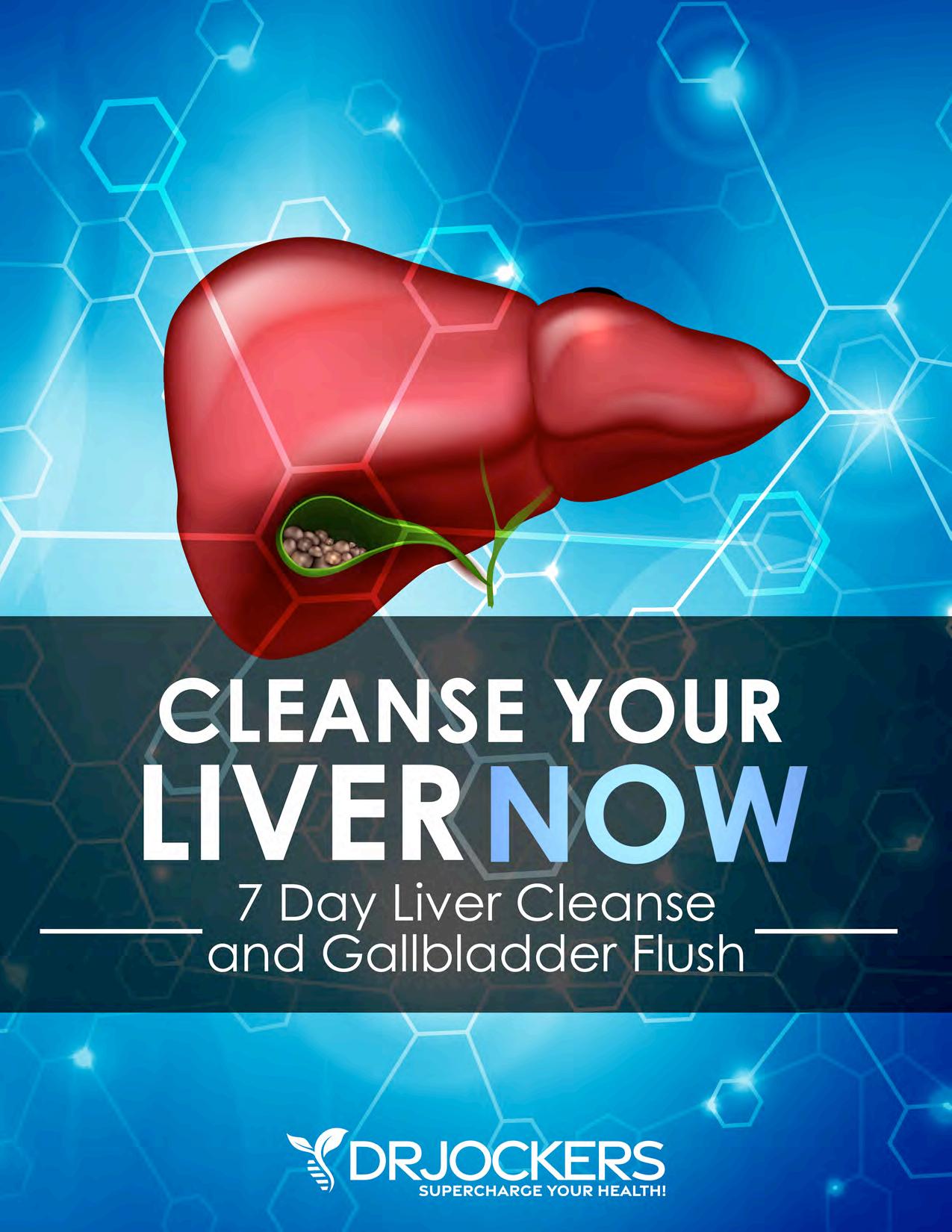
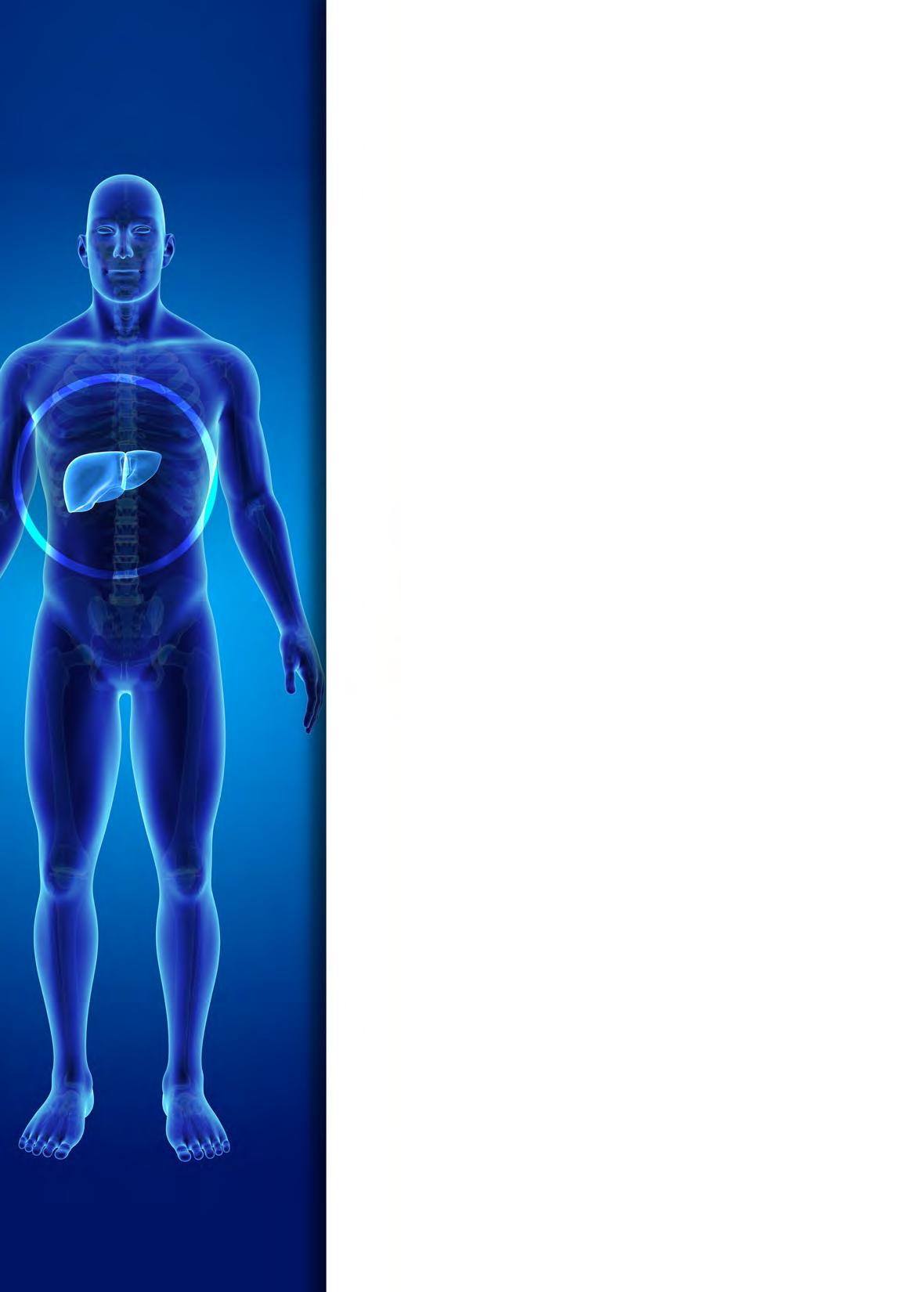

Your liver is arguably the most important organ in your body. You can’t live and function without a liver. This document will show you what the liver does, key nutrients your liver depends on, what stresses the liver and the best strategies for cleansing and healing the liver.
Fortunately, there is a way to cleanse and heal your liver, flush out gallstones and restore harmony to your body. This strategy is easier than you think and can be done on a yearly basis to keep your liver healthy and strong.
I highly recommend reading through this entire manual and setting up your liver healing strategy so you can reap the benefits!
***The information in this document is not meant to diagnose or treat any medical condition. It is meant for educational purposes only and you are fully responsible for how you choose to use or not use this material***
Table of Contents
Chapter 1: The Liver Health Nutrition Plan
Chapter 2: What Is Fatty Liver Disease
Chapter 3: Testing Your Liver Health
Chapter 4: 12 Strategies to Heal Fatty Liver Naturally
Chapter 5: Top 15 Herbs To Support Liver and Gallbladder Health
Chapter 6: 7 Day Liver Cleanse
Chapter 7: The Gallstone Flush
2

The Liver Health Nutrition Plan
The liver is your body’s workhorse. It performs many functions including converting food to fuel, filtering harmful toxins, making proteins that help blood clot, and producing bile (1).
The liver is a vital digestive organ that converts nutrients from the food we eat into essential blood components. It helps to store vitamins and minerals and produces key proteins and enzymes that maintain hormonal balance in the body. The liver helps the immune system fight infections and removes microorganisms from the blood stream. It also produces bile which is essential for digesting fats in our diet.
Detoxification is one of the liver’s most important functions. The liver is referred to as the “gatekeeper” because it absorbs and filters everything we put into our bodies. After filtering, the liver clears harmful toxins and waste while retaining the nutrients the body needs. These nutrients are then converted by the liver into essential blood components and released when needed.
Metabolizing fats, carbohydrates, and protein and balancing hormones are other functions performed by the liver. The liver helps oxidize triglycerides to produce energy. It also produces bile which is essential for digesting and absorbing fats in our diet. The liver ensures blood sugar levels remain constant by removing and storing sugar if blood sugar levels increase and releasing sugar when blood sugar is low. It also converts amino acids in protein for energy production and removes ammonia produced in the process.
By removing pathogens and fighting infections, the liver supports your immune system. It also regulates and directs hormones to perform their proper function. With these many functions, it is critical to protect the liver from disease. Chapter 1

3
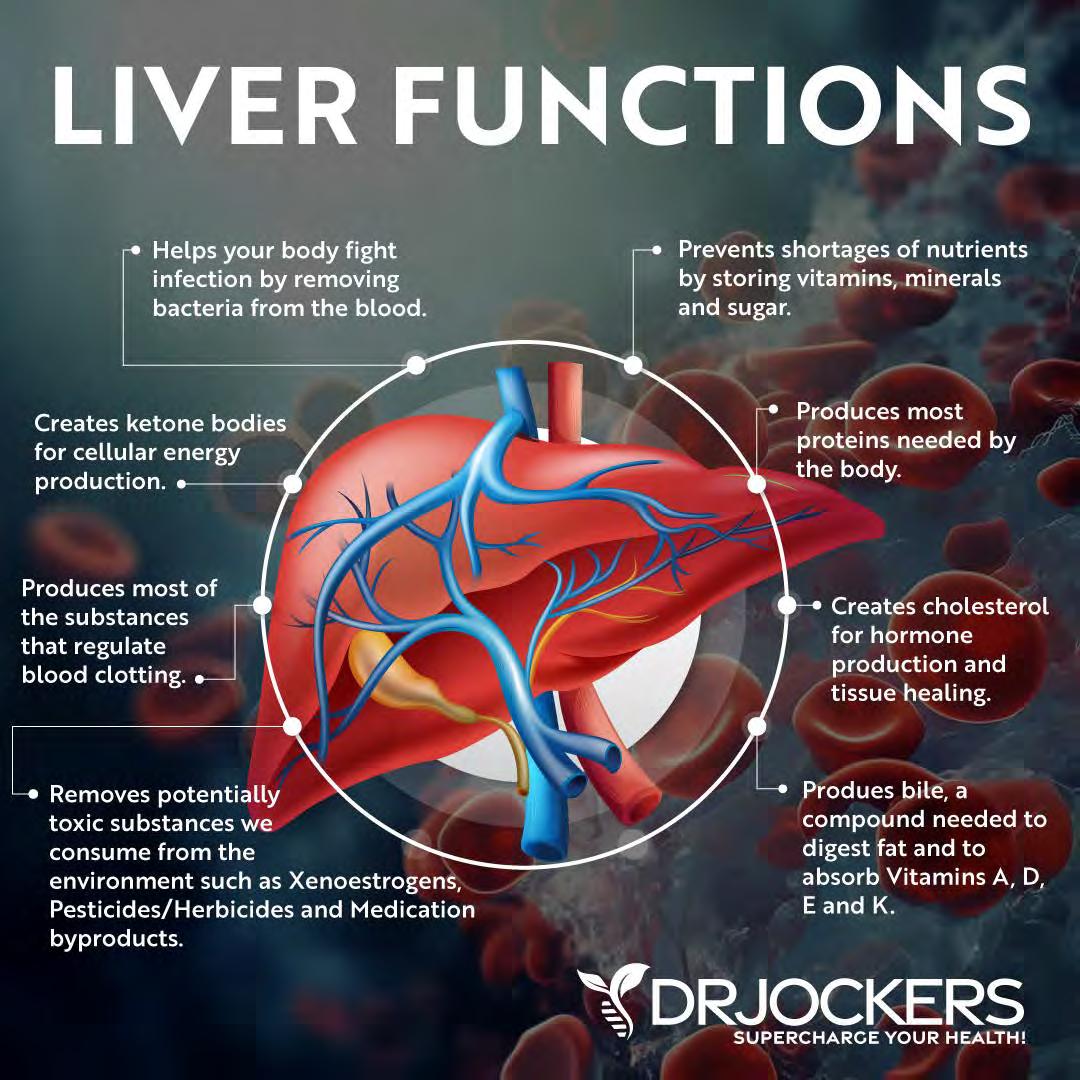
The most harmful things for liver health include environmental toxins, infectious organisms, alcohol and poor diet. Exposure to environmental toxins and chemicals can backlog the liver as it tries to neutralize and deactivate these poisonous molecules. These chemicals include xylene, benzene, disinfectant byproducts, heavy metals, pesticides and cigarette smoke (2).
Infectious organisms are a major cause of liver stress and inflammation. The most wellknown organisms are the hepatitis viruses with the hepatitis B & C viruses being the most dangerous. Any sort of chronic infection in the body such as lyme, influenza, aflatoxin and other mycotoxins, etc. have the ability to inflame and damage the liver as well (3).

4
Alcohol and poor diet damage the liver as well. Alcohol must go through the liver’s detoxification cycle to be metabolized and deactivated in the body. Chronic alcohol consumption depletes the liver of valuable glutathione, sulfur compounds and methylating elements such as zinc, riboflavin, B6, folate and B12 (4).
Poor blood sugar signaling and a diet high in processed foods that contain toxic additives, preservatives, pesticides, GMO’s, etc. drain the liver of valuable glutathione, sulfur compounds and methylating elements. Often times, individuals that consume a diet high in alcohol and processed foods are not consuming the key nutrients they need to produce glutathione, sulfotransferases and methylating agents.
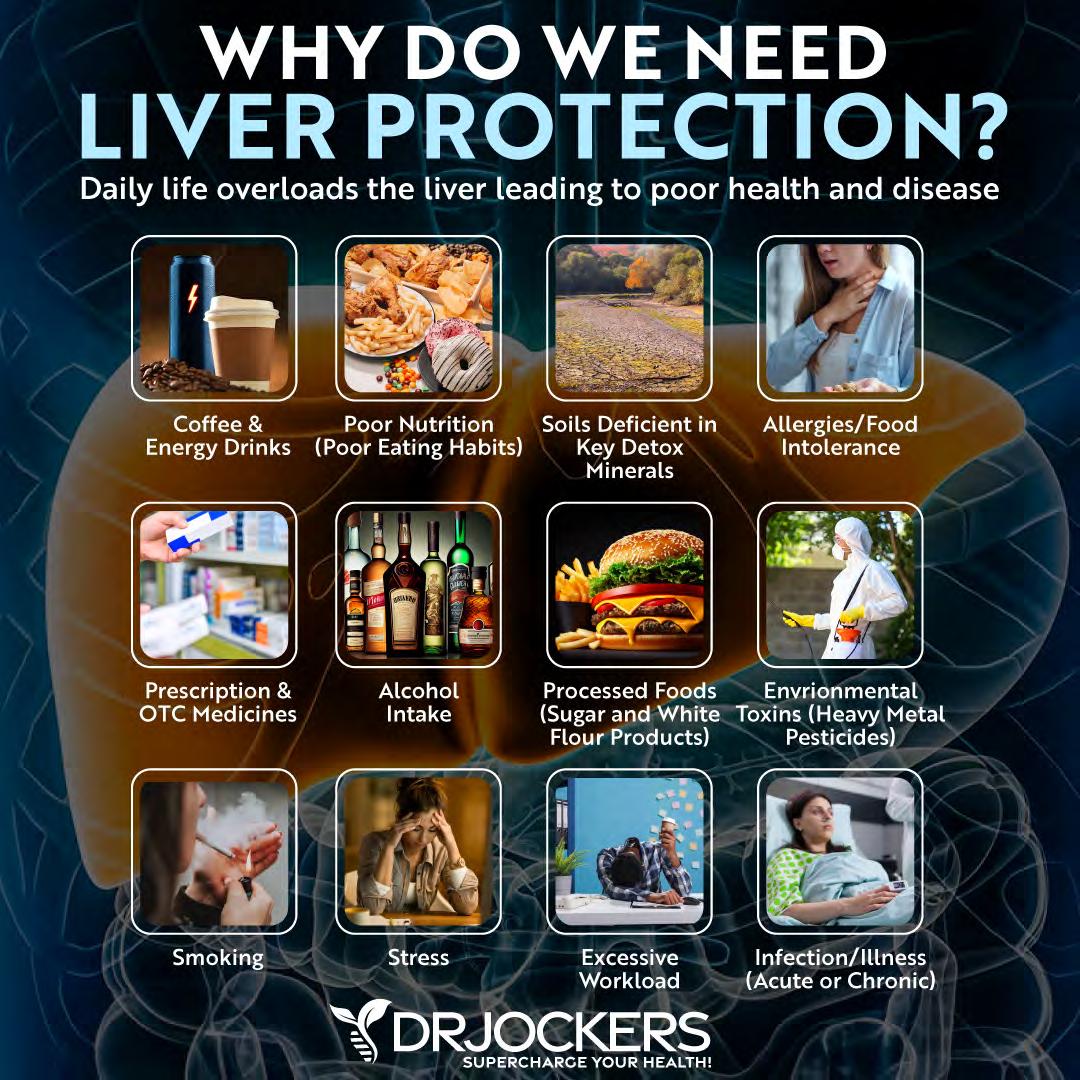

5
The Phases of Liver Detoxification
As toxins are filtered through the liver, they must pass through three phases that all require specific nutrients to occur. This is important because toxins are usually altered and converted into forms that are less toxic (or even beneficial).
There are three phases of this process that require certain nutrients to be present:
Phase I is regulated by the Cytochrome P50 enzyme and is the first step in converting toxins. This phase requires adequate amounts of amino acids, vitamins A, B2, B3, C, E, folate, iron, calcium, copper, zinc, magnesium, and selenium.
Phase II converts the toxins from phase I into water-soluble forms that are easier to excrete. This phase is highly dependent of methylating agents, glutathione, vitamin B12, molybdenum, magnesium and sulfur.
Phase III is the final conversion where toxins are diverted for excretion in either the bile or urine. This is an enzymatic process that requires the nutrients mentioned in the previous two phases. Foods that stimulate bile flow and healthy sources of fiber both assist with this phase as well.
The top liver foods mentioned above all assist with these phases, given that you consume a variety of them on a regular basis. Bile stimulating foods and best fiber sources will be discussed shortly.
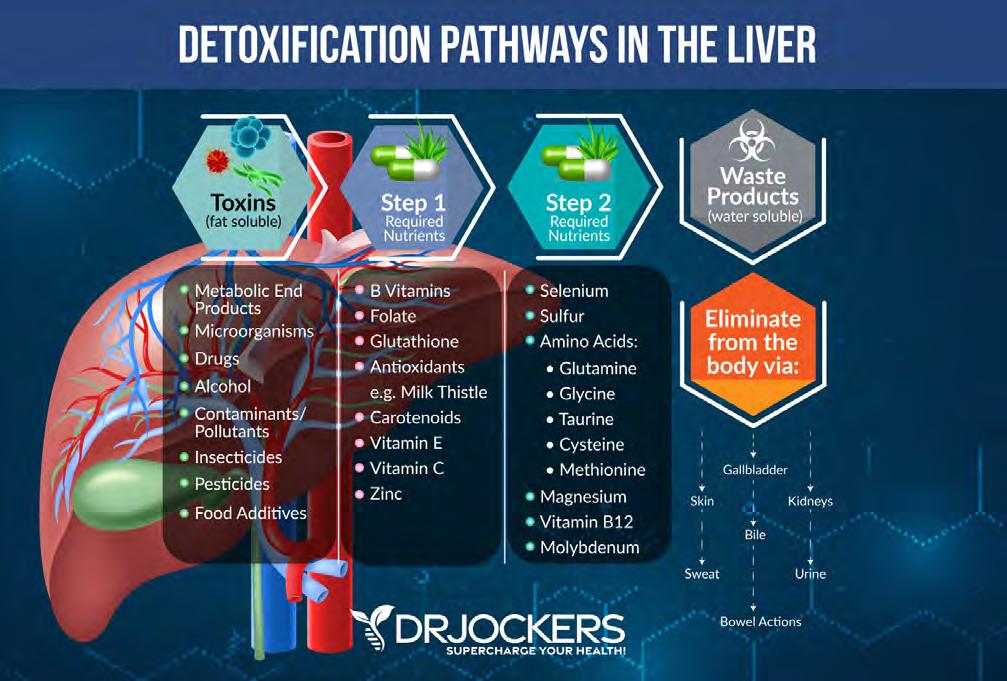

6
The Liver Health Nutrition Plan:
Foods that are challenging for the liver should be eliminated. This includes processed and refined foods and common food sensitivities such as gluten, soy, peanuts, pasteurized dairy and corn.
Foods that are high in mycotoxins must be minimized as well. This would include most legumes and nuts which should only be consumed in small moderation. Be sure to get your organic, mold-free coffee and raw cacao and refrigerate it to prevent mycotoxin formation (5).
Anyone with liver challenges should be vigilant about using only certified organic, chemical free products. This includes all food choices, personal hygiene products and household cleaning agents. Reducing toxin exposure from the environment including water and air filtration is very important.
Liver Detoxification Lifestyle:
A lifestyle that supports liver detoxification includes reducing toxic exposure while simultaneously enhancing immunity, rebuilding glutathione levels, sulfur compounds and methylation. We use the phrase, “Bitter is good for the liver,” to help us remember that bitter herbs are especially good for the liver and the bodies detoxification process.
Using detoxification techniques such as Epsom salt baths, coffee enemas, oil pulling, dry brushing, intermittent fasting, water flushing & infrared sauna are especially helpful for strengthening the liver. These should be done whenever possible along with consuming liver healthy foods.


7
Best Foods For Liver Health:
Some of the best liver benefiting foods include those that are rich in B vitamins, vitamin C and trace minerals. This would include lots of raw veggies like celery, spinach, cucumbers and romaine lettuce and steamed veggies such as the cruciferous family. It is also especially advisable to juice your veggies to better absorb the nutrients. Citrus fruit and berries are especially good for the liver.
Using herbs such as ginger, milk thistle, cilantro, watercress, wormwood, mint, horseradish, sorrel, radish, peppermint, parsley, dandelion, coriander, garlic and turmeric are especially good for liver health. A great juicing recipe for liver and kidney health is spinach, celery, cucumber, lemon and ginger. Another favorite is kale, cucumber, parsley, celery and lime.
Eating liver from an organic, pasture-raised animal provides powerful nutritional support for liver health. This would include grass-fed beef liver, fish liver, wild-game liver or pasture-raised chicken liver. Pasture-raised eggs are also an incredible source of liver supportive nutrients such as sulfur compounds, methylation elements and glutathione precursors.


8
Boosting Phase I Liver Detox Support:
This is the Cytochrome P450 enzyme phase that transforms the toxins into a chemical form for further metabolism in phase II. These P450 enzymes depend upon amino acids, vitamin A, B2, B3, C, E, folate, iron, calcium, copper, zinc, magnesium & selenium. Deficiencies in these nutrients slow the transformation of specific toxins. The top threats to these deficiencies include blood sugar imbalances, a deficient diet and poor gut function that hampers nutrient absorption (6).
The best foods for these key nutrients include dark green leafy veggies, citrus fruits, berries, carrots and organic nuts & seeds such as Brazil nuts, almonds, pecans, pumpkin seeds, hemp seeds and chia seeds among other things. Consuming pastured eggs and liver from pasture-raised animals are a fantastic source of many of these key nutrients.
Boosting Phase II Liver Detox Support:
Phase II liver support is when the various toxins are conjugated into water soluble forms. The conjugation reactions involve multiple pathways. The key nutrients needed to boost phase II liver detoxification include methylating agents, glutathione and sulfur compounds (7).
Methylation depends upon high levels of vitamin B2, B3, B6, Folate and B12 as well as trimethylglycine and choline. We get these nutrients from dark-green leafy veggies, organ meats and pasture-raised eggs among other sources.
Glutathione boosting agents include milk thistle, turmeric, non-denatured whey protein, pasture-raised eggs, onions and cruciferous veggies.
Sulfur compounds such as cysteine and methionine are found in onions, garlic, pastureraised eggs and cruciferous veggies.

9
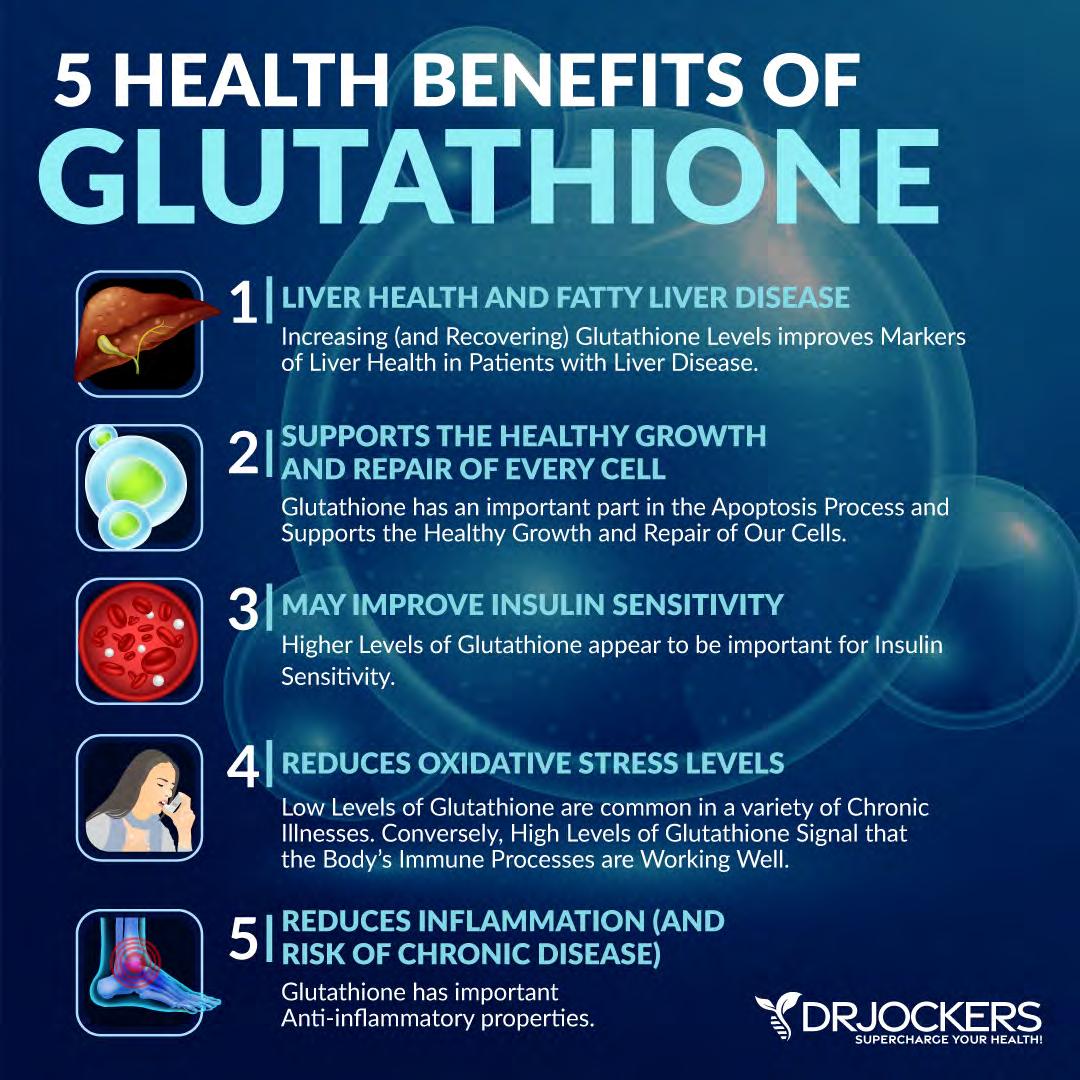

10
Boosting Phase III Liver Detox Support:
This process transports the transformed, conjugated toxins out of the cells and into a shuttle to get it into the urine or bile for excretion. This depends upon enzymes that are formed from nutrients we described above.
Additional support comes from nutrients that improve bile flow, blood purification and soluble fiber sources. Bile Flow support comes from ginger, yarrow, artichoke, dandelion, cumin & fennel. Blood purification comes from chlorophyll rich foods such as wheat grass, oat grass, chlorella and spirulina along with regular consumption of dark, green leafy veggies.
Soluble fiber sources such as chia, flax, hemp and pumpkin seeds are a tremendous help to the liver detoxification process. These fibers bind up the excreted bile and deactivated toxins. Insoluble fiber sources such as fruit and veggies help to sweep fiber/bile/toxin compounds out of the system through the bowels.


11

Chapter 2: Fatty Liver: Symptoms and Root Causes
Fatty liver disease occurs when fat builds up in the liver. It can be caused by drinking too much alcohol, but people who do not consume alcohol can also get the disease. When fatty liver disease is caused by factors other than alcohol, it is called nonalcoholic fatty liver disease, or NAFLD (1).
It is normal to have small amounts of fat in your liver. However, when there is an excess of fat in the liver, a person has fatty liver disease.
There are two main types of fatty liver disease. Alcoholic fatty liver disease, also called alcoholic steatohepatitis, occurs when the liver develops fat deposits from processing too much alcohol. The fat that cannot be metabolized is stored in liver cells. Chronic alcohol consumption also harms the liver by depleting glutathione, sulfur compounds, vitamins and minerals.
When fatty liver disease is not caused by alcohol, it is called NAFLD. NAFLD is the most common liver disease. NAFLD is defined as the presence of fat in more than 5% of liver cells (2).
Largely unknown prior to 1980, NAFLD is now one of the main chronic noncommunicable diseases in many parts of the world (3). In the United States, NAFLD affects around 25-40% of American adults, 60% of whom are men.
Rates of NAFLD worldwide have doubled during the past 20 years and are expected to continue to rise. Unfortunately, due to the increase in childhood obesity, increasing numbers of children are being diagnosed with NAFLD.

Chapter
2
12
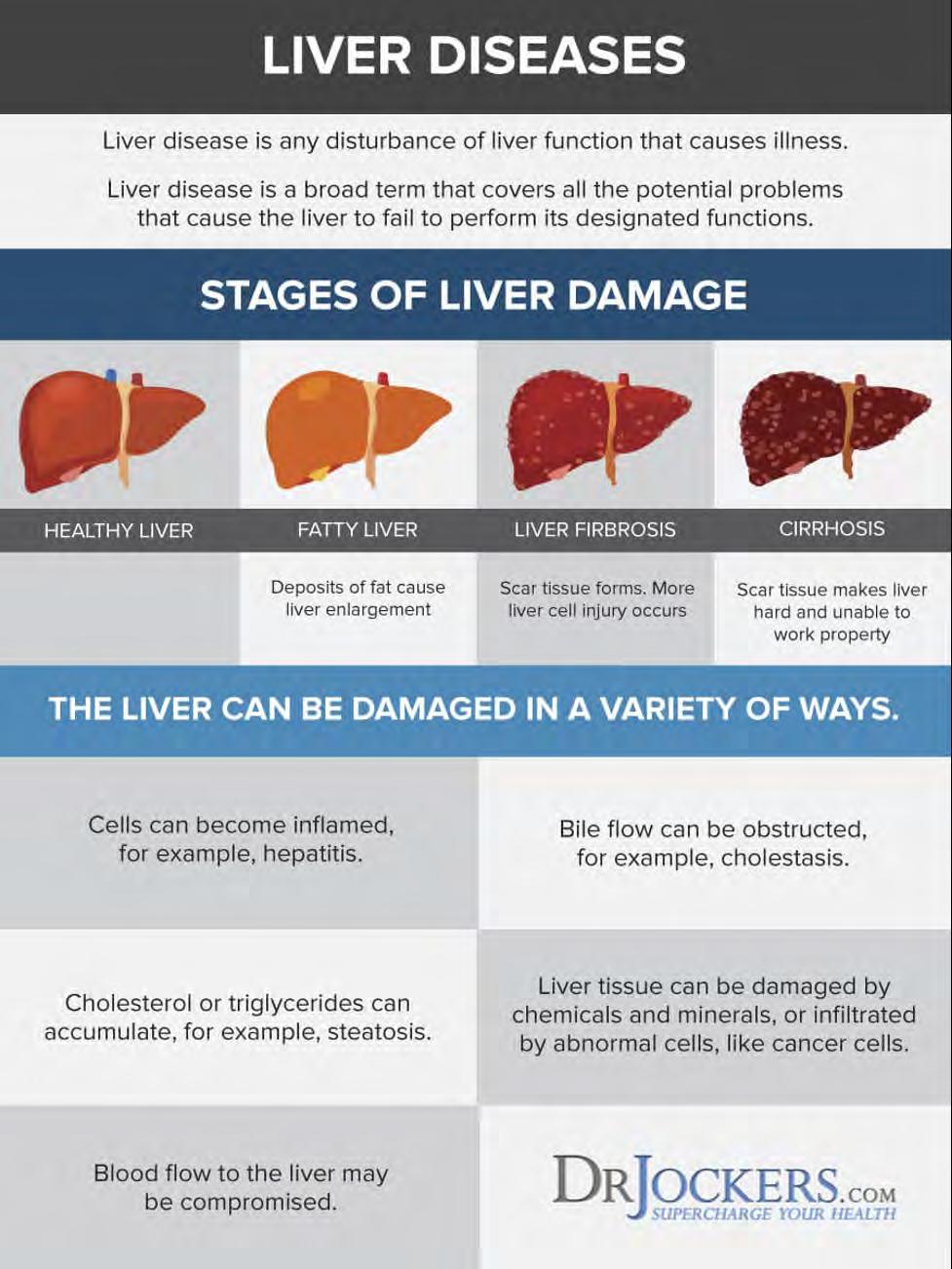

13
Types of NAFLD
Two types of NAFLD are simple fatty liver and nonalcoholic steatohepatitis (NASH) (4). Simple fatty liver means you have fat in your liver but no inflammation or liver cell damage.
About 20% of people with NAFLD have NASH. NASH is a condition where there is liver inflammation and cell damage in addition to fat in the liver. NASH impairs the liver’s ability to function.
Liver inflammation and liver cell damage can lead to scarring, or fibrosis, of the liver tissue. With continued inflammation, scarring spreads to take up more liver tissue. Over time, if the scarring is severe, a person can develop cirrhosis of the liver. Around 20% of people with NASH will progress to cirrhosis.
Cirrhosis can lead to fluid buildup in the abdomen, swelling of veins in the esophagus, confusion, drowsiness and slurred speech. Cirrhosis also increases your risk of liver cancer and end-stage liver failure.
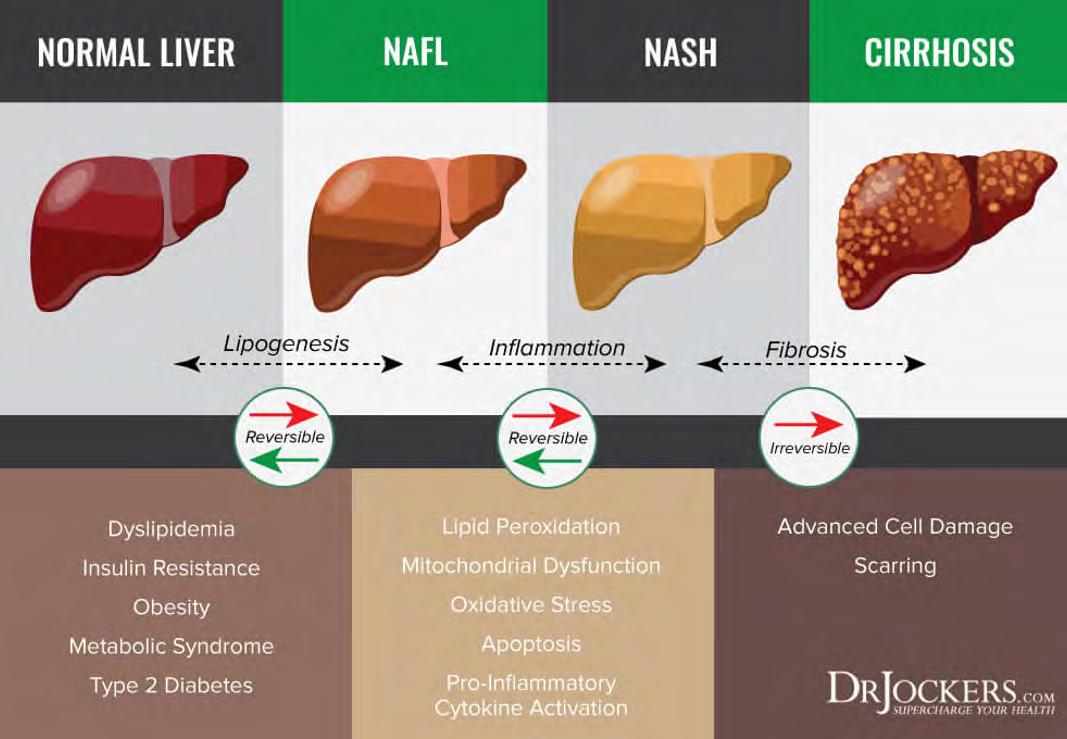

14
Symptoms of Fatty Liver Disease
Often people with simple fatty liver do not experience symptoms. If they do have symptoms, it is usually fatigue and pain in the upper right abdomen.
Over time, more symptoms may appear. These symptoms include an enlarged liver, weakness, loss of appetite, nausea, weight loss. Once NAFLD has progressed to NASH or cirrhosis, symptoms include abdominal swelling, enlarged blood vessels just beneath the skin’s surface, enlarged breasts in men, enlarged spleen, red palms, and jaundice (yellowing of the skin and eyes).
There are different medical tests that can be used to detect NAFLD. Individuals with NAFLD typically have elevated liver enzymes on blood tests and an enlarged liver may be seen with imaging. A liver biopsy can be done for a definite diagnosis.
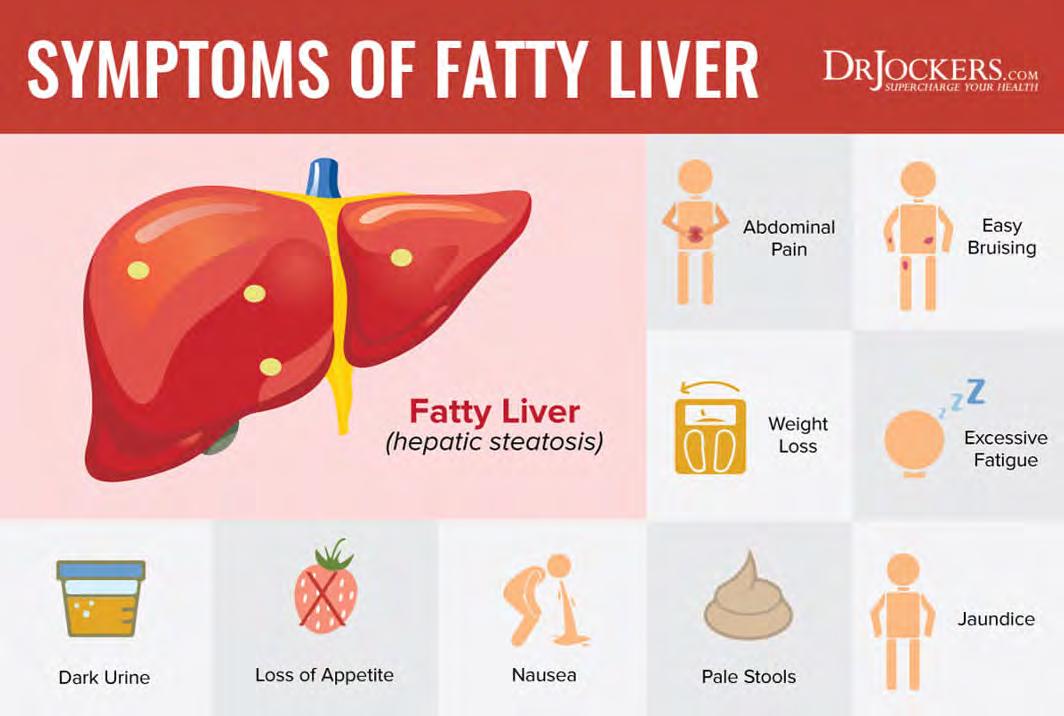

15
Causes of NAFLD
The prevalence of fatty liver disease parallels the rise in obesity, insulin resistance, metabolic syndrome, and type 2 diabetes (5). Many factors contribute to the increase in NAFLD. These factors include excess body fat (particularly abdominal fat), the Standard American Diet (SAD), and a sedentary lifestyle.
A diet heavy in processed foods and refined carbohydrates can overload the liver and lead to NAFLD. A recent study found that sugar is the major offender when it comes to fatty liver disease. Diets high in sugar from sucrose and high fructose corn syrup increase the risk of NAFLD and NASH (6). Exposure to toxins is also common in people with NAFLD.
One of the hallmark features of NAFLD is steatosis (7). Steatosis is a metabolic imbalance that occurs when the rate of hepatic fatty acid uptake from plasma and fatty acid synthesis is greater than the rate of fatty acid oxidation and export. Basically, this means there is an abnormal retention of fats within the liver cells. Steatosis is a significant factor for the development of NAFLD.
Numerous diseases and conditions can increase the risk of steatosis and developing NAFLD. NAFLD is linked to insulin resistance, high blood sugar, and high levels of fats, particularly triglycerides, in the blood. Additional risk factors include obesity, type 2 diabetes, high cholesterol, metabolic syndrome, polycystic ovary syndrome, sleep apnea, hypothyroidism, and hypopituitarism (underactive pituitary gland).
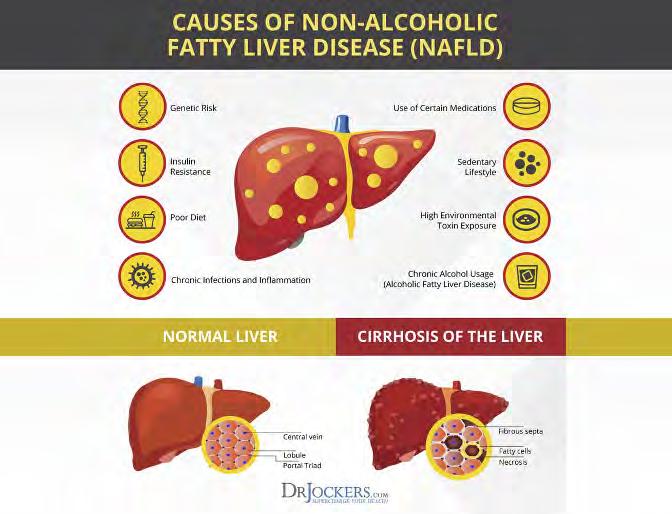

16
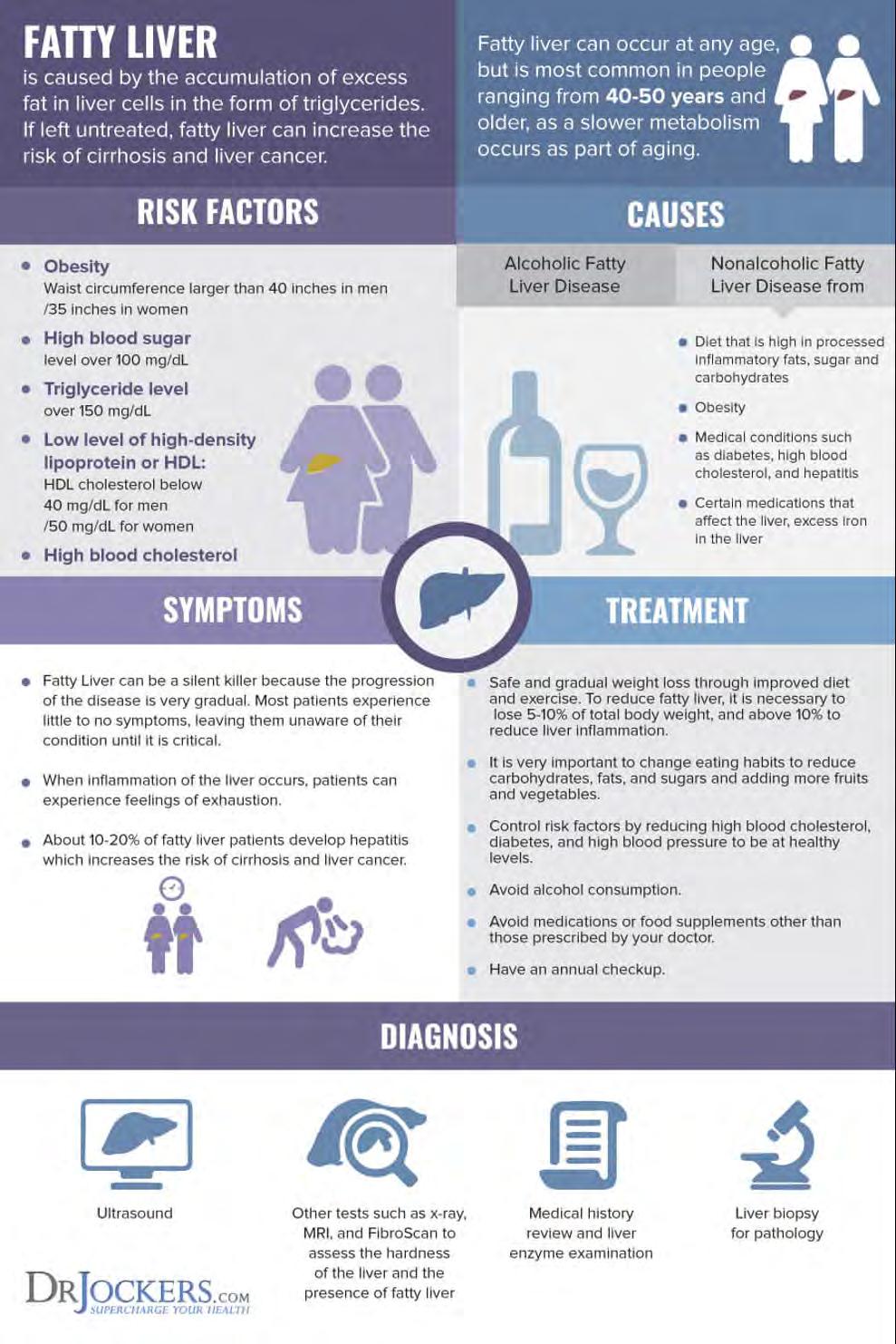

17

Chapter 3: Testing Your Liver Health:
I would recommend getting your liver health tested on a regular basis. Fortunately, you can get some routine lab work that is typically done as part of a comprehensive metabolic panel that most medical professionals are familiar with and is often covered by standard insurance.
In this section, I will review the main liver metabolite markers to look at and go over what the normal lab ranges and what the functional lab ranges for these are. Normal lab ranges are looking for a disease process where functional ranges are looking at levels that may not yet be in the disease range but are also not in the optimal range.
In the medical world, it is all too common to go in feeling poorly, get labs done without seeing any marked sign of a disease and be dismissed by your medical provider. In these cases, you are told that your issue is just in your head or that they have been unable to find out what is behind your symptoms.
In the functional health world, we look at the labs in a much tighter range in order to better determine the imbalances that may be at the root of your healthy symptoms. In this way, the functional health assessment is more focused on quality of life then the diagnosis of a disease process.
Below the lab tests I will also briefly review some of the eastern medicine testing points which are the reflexology meridian centers associated with the liver and gallbladder. If you have a past history of heavy alcohol use, smoking, long-term prescription or nonprescription drug use, heavy exposure to environmental chemicals such as herbicides, pesticides and industry based chemical agents than you most likely have some challenges with your liver.

Chapter 3
18
General Symptoms of Altered Liver and Gallbladder Metabolism

If you have circled more then 5 of these than it is mostly likely that you do have a liver metabolism issue and you should carefully review these lab tests and reflexology and meridian centers.
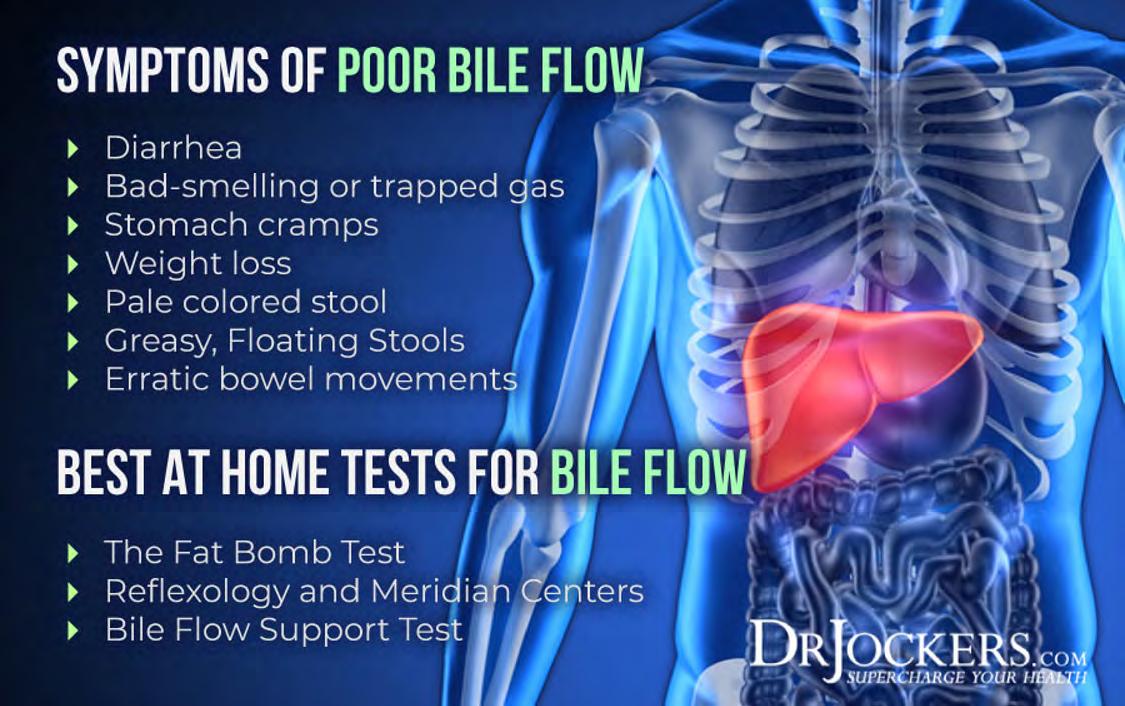

19
The Fat Bomb Test
The first test you may try is a fat bomb test. Eat 2-3 of these chocolate fat bombs and monitor how you feel over the next 3 hours.
If you feel tired, have acid reflux, nausea, gas, bloating, diarrhea, cramping, floating stool, or other digestive complaints, you may have poor bile flow.
Reflexology and Meridian Centers
Another test I recommend is related to reflexology and your Meridian centers. Chinese medicine has your body mapped out into a specific zone called Meridians to allow healing through reflexology, acupressure, and acupuncture. Pain in any Meridian or trigger point may mean that the energy is stuck and not flowing due to a health issue.
Your gallbladder points include the web between your right thumb and forefinger, between your shoulder blades (especially in your back under the right shoulder blade), across your IT bands and the outer sides of your thighs running from your buttocks to your foot into your 4th toe.
Pain or cramping in these areas, especially between 11 pm and 1 am when the gallbladder is the most active or between 1 am and 3 am when the liver is the most active, may mean that you have poor bile flow or compromised gallbladder and/or liver function.
Pain on The Outer Portion of The Hand: This is the reflexology center for the liver. If you have non-trauma or overuse related pain when you press in this area under the ring finger and pink and extending down to the wrist than it may indicate a liver problem.
Pain in the Ilial Tibial Band: This is another part of the liver-gallbladder channel, from the buttock area all the way down to the foot and into the 4th toe, although it is often most painful on the outer side of the thigh.
Pain Between Shoulder Blades: This is a referral pain based on the nerves that innervate the liver and gallbladder. Especially under the right shoulder blade region.
Cramping in 4th Toe, Knees and Thighs: One may have unique cramping patterns that affect the 4th toe along with the knees and thighs.
Liver Meridian Time: In traditional Chinese medicine, every organ has a specific 2-hour period of time where it is most active. The liver is most active between 1am – 3am. Consistently waking during these periods are signs of poor gallbladder and/or liver function.

20
The Liver Emotion: In Chinese medicine the gallbladder can be a seat where the body can hold onto anger, frustration and bottled up resentment.
Emotional Responsibilities: Decision making, determination and action. The liver is the emotional seat of our drive to plan our life while the gallbladder is the emotional seat for our capacity to make decisions.
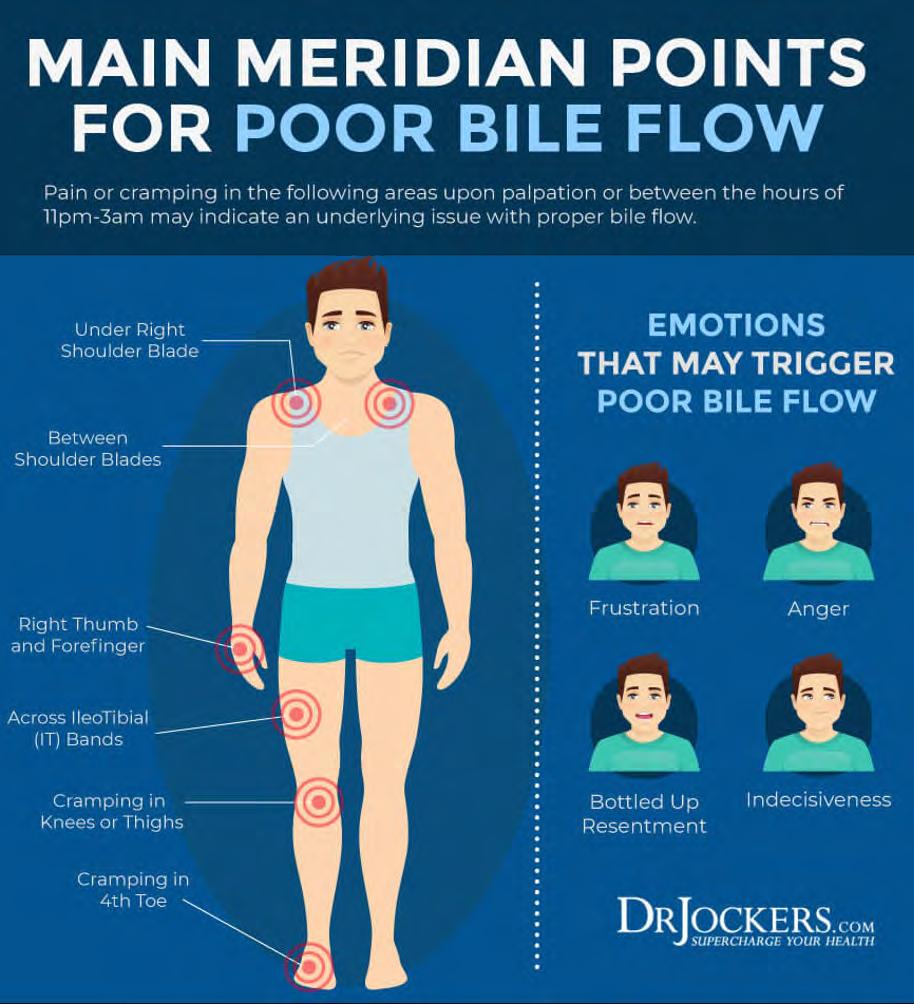

21
Bile Flow Support Test
The home test I recommend for liver and gallbladder health is the bile flow support test. Take 2 capsules of the Bile Flow Support supplement after meals that are higher in fat and see if you feel better after meals. If you feel better and have improved stools, you may have poor bile flow.
If you can’t get the Bile Flow support, you are looking for a supplement with bile salts such as choline and taurine, nutrients like niacin and inositol and herbs like dandelion, ginger, artichoke, beet or greater calandine. These all act to thin the bile so it will flow more effectively.

Alkaline Phosphatase: This is a liver enzyme that is made by the mucosal cells that line the bile system of the liver. The free flow of bile through the liver and down into the biliary tract to the gallbladder is what is responsible for maintaining the proper blood levels of this enzyme.
*High Alk Phos is one of the most sensitive markers for sluggish gallbladder or gall stones. If you see this elevated (over 95) and high bilirubin and liver enzymes then think gallbladder problems.
Normal Levels: For an adult the optimal level should be between 55-95 mg/dl (44-100 is functionally normal). Children or individuals who are recovering from broken bones will always be higher because their bones are in active growth stages.

22

High Bilirubin Levels: This is the byproduct of hemolysis (RBC destruction) and the result of the breakdown of hemoglobin. It is excreted in bile and urine, and elevated levels may indicate certain diseases. It is responsible for the yellow color of bruises and the yellow discoloration in jaundice and the brown color of feces.
Increased levels typically indicate liver, gallbladder or spleen dysfunction. High levels can be broken down into conjugated and unconjugated with additional testing to determine cause. High conjugated bilirubin and elevated liver enzymes are signs of gallbladder problems. High unconjugated bilirubin is a spleen disorder or hemolytic anemia.
Elevated bilirubin with normal liver enzymes is a genetic disorder called Gilbert’s syndrome which is a harmless condition where liver has poor bilirubin processing and a mild state of jaundice.
Normal Range: 0-1.2 mg/dL
High GGTP: Gamma-Glutamyl Transpeptidase is an enzyme in the liver, pancreas and kidneys. It is elevated in all forms of liver disease. It is functionally increased due to fatty liver, alcoholism and/or sluggish gallbladder or gallstone obstruction.
Normal Range: 10-26 IU/L
High AST: Aspartate transaminase is an enzyme present in the liver. It spills out during times of increased liver stress. Someone with a fatty liver or sluggish gall bladder may present with elevated AST levels. Check Alkaline phosphatase first though
Normal Range: 10-26 IU/L
High ALT: Alanine aminotransferase is a liver enzyme. When the liver is stressed these enzymes go up. Someone with a fatty liver or a sluggish gall bladder may present with elevated AST levels.
Normal Range: 10-26 IU/L
GallBladder Infection: This would manifest with high white blood cells and possible fever like symptoms along with high levels of alkaline phosphatase, bilirubin and liver enzymes.

23

What If The Levels Are Low:
Low levels of AST, ALT and GGT where you see the levels under 10 IU/L are an indication of low vitamin B6 levels and this can be common with alcoholics and other prescription and non-prescription drug users.
If you see low Alkaline Phosphatase levels (under 50) it is typically a sign of low zinc and vitamin C levels. This can also be common with people with a history of heavy alcohol use, long-time smokers and individuals who have used prescription and non-prescription drugs for a long period.
You can get all of these tests and vitamin D, homocysteine, C Reactive Protein, full blood panel, full thyroid panel and more in the Comprehensive Blood Analysis here

24
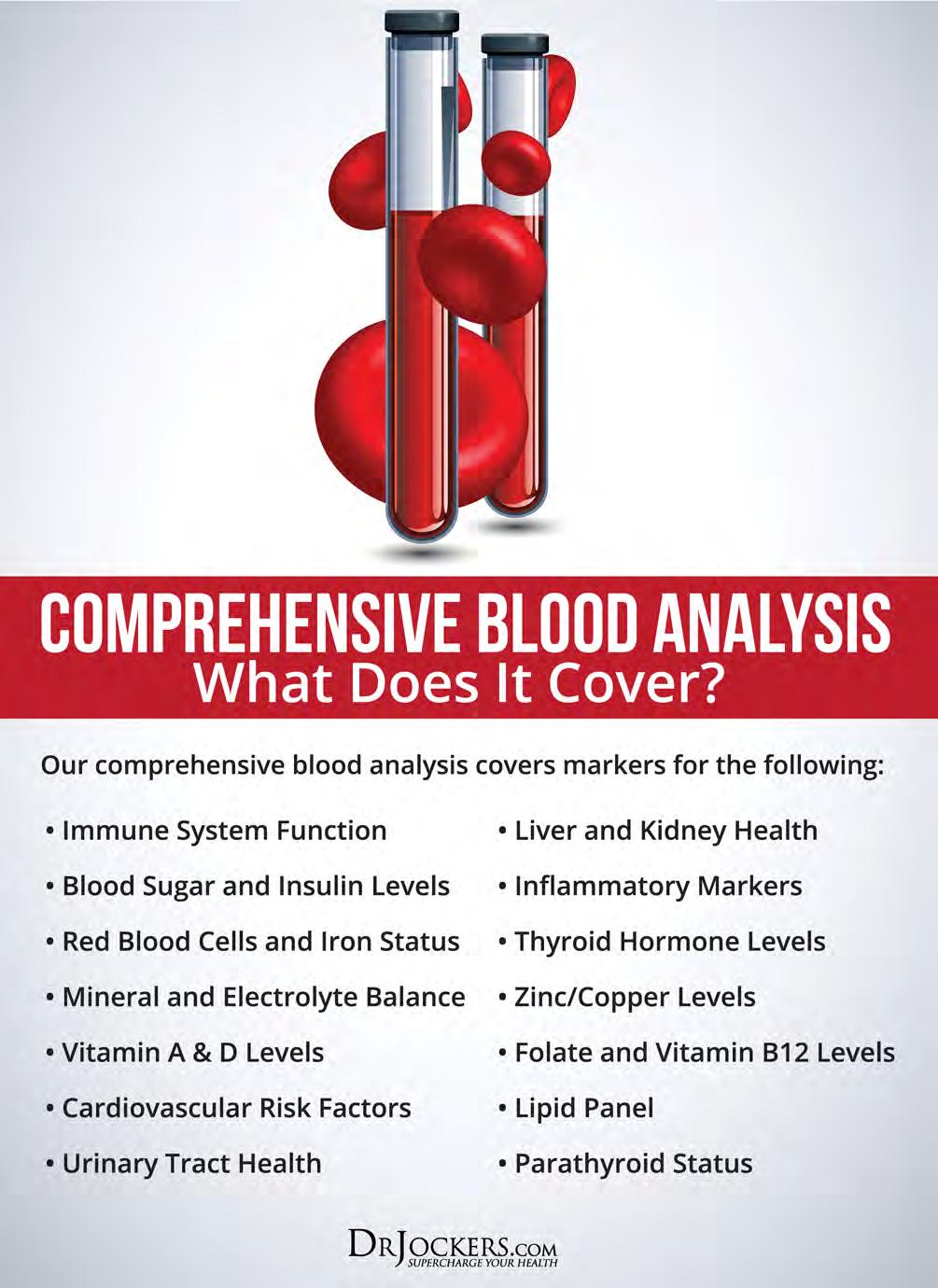

25
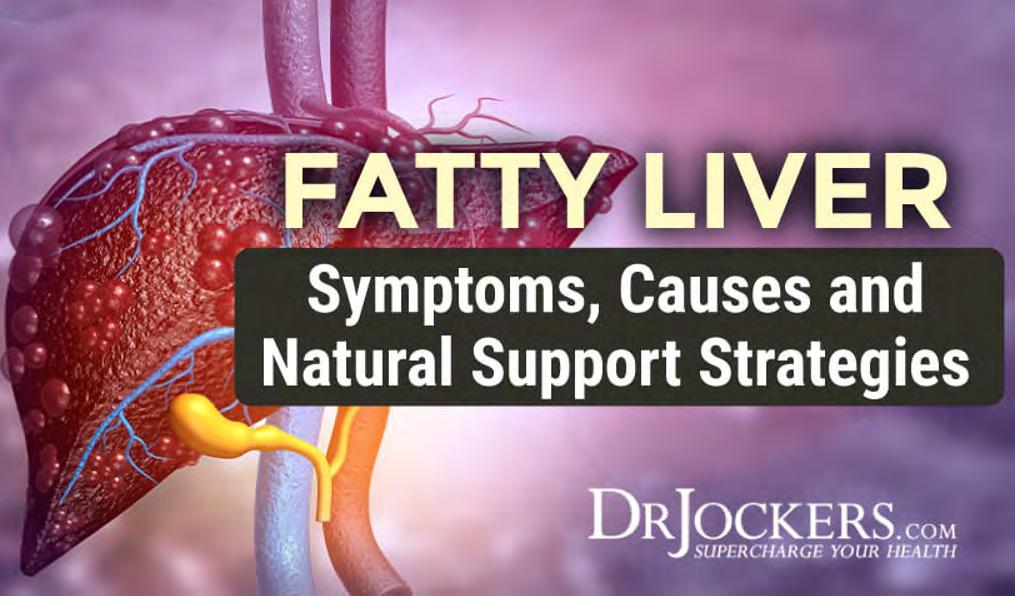
4 Chapter 4: Fatty Liver: Natural Support Strategies
Fortunately, there are many natural strategies that can protect and heal the liver. One of the most important strategies is following an anti-inflammatory, healing diet using ketogenic guidelines. You should include foods and herbs that support liver health in this diet.
Other natural healing strategies for the liver are intermittent fasting, drinking plenty of water, reducing stress and improving sleep, dealing with your anger, using Epsom salt baths and castor oil packs, and adding liver supporting nutrients. Improving gut health, supporting stomach acid levels, and optimizing bile flow are all important for liver health. me challenges with your liver.

Chapter
26

Anti-Inflammatory, Ketogenic Diet and Lifestyle
One of the best strategies for preventing and healing fatty liver is to consume an antiinflammatory, ketogenic diet. This healing diet removes foods that cause inflammation and includes organic, non-GMO vegetables, fruits, healthy fats and clean protein.
A 2007 pilot study looked at 5 obese patients with non-alcoholic fatty liver (NAFL) disease who were put on a ketogenic diet for 6 months. The study demonstrated that in 6 months the patients lost an average of 27 lbs and had histologic improvement of fatty liver disease. In particular, the liver showed less signs of fat build-up, inflammation and fibrosis. (1)
To follow ketogenic diet guidelines, approximately 70% of calories should come from healthy fats, 20% from clean protein sources, and 10% from low-carbohydrate foods. An anti-inflammatory, ketogenic diet reduces inflammation, stabilizes blood sugar, reduces toxic load, provides necessary nutrients, and supports healthy blood pH levels.

27
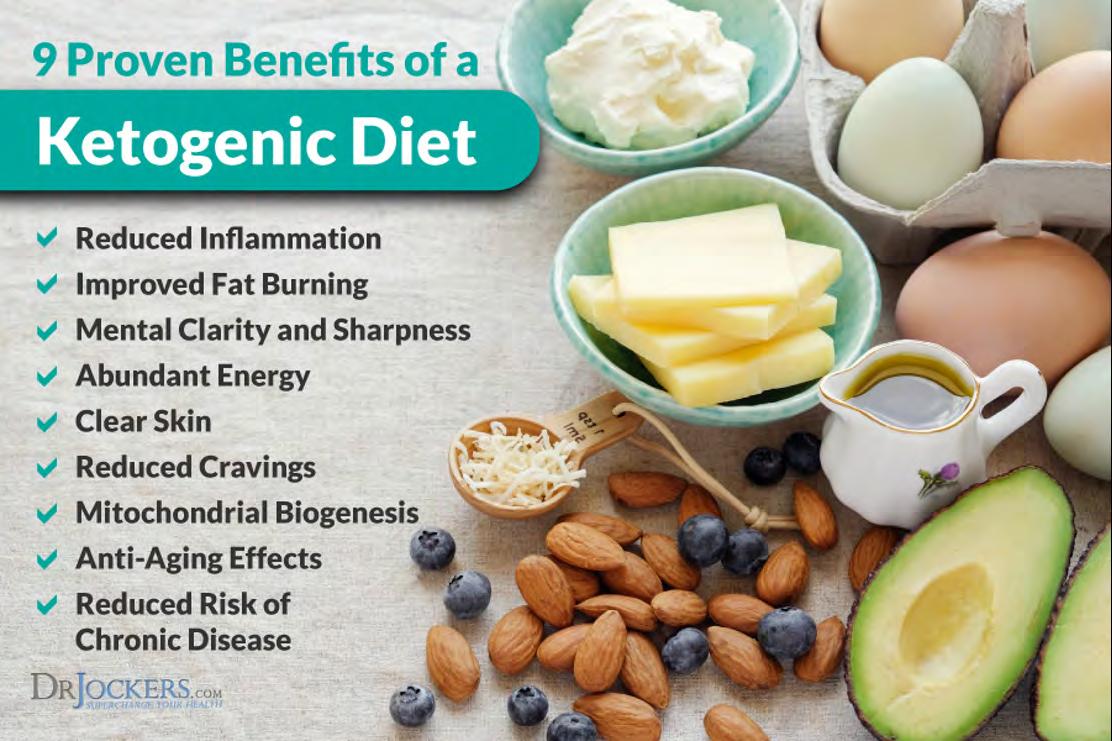
Food to Avoid
Avoiding sugar is critical for liver health. As discussed earlier, sucrose and fructose are linked to NAFLD. Consuming refined sugars, along with grains any foods that are easily metabolized into sugar (high glycemic foods), causes a surge of blood glucose and large release of insulin. Insulin resistance is the most consistent underlying factor of NAFLD (2).
Processed foods and vegetable oils, which often contain toxic GMO ingredients and trans-fats, should be avoided. Processed foods and oils are highly inflammatory and create extra acidity in the tissues. Excess amounts of omega-6 fatty acids found in refined vegetable oils can promote the development of NAFLD (3).
Meat and dairy from conventionally-raised animals and farmed fish also promote inflammation and contain large amounts of toxins. You should also avoid chemicals such as herbicides or pesticides by eating organic whenever possible.

28

Foods to Include
An anti-inflammatory diet includes whole, unprocessed foods. This diet consists of clean protein, organic vegetables and fruits, and healthy fats. Clean protein sources are grass-fed meats, pasture-raised, organic chicken and eggs and wild-caught fish.
Abundant amounts of low-carbohydrate, colorful vegetables and small amounts of low-glycemic fruits should be included in a liver-healthy diet. Low-carbohydrate vegetables include cruciferous vegetables, leeks, shallots, cucumbers, asparagus, and leafy greens to name a few.
Berries, grapefruits, limes, lemons, and granny smith apples are all low-glycemic fruits.
Vegetables and fruits are high in anti-inflammatory antioxidants and phytonutrients which are great for liver health. You should also include plenty of liver-healthy herbs.
Quality fats are a very important part of a liver-healthy diet. Healthy fats are found in coconut, olives, avocados, and their oils and in grass-fed butter and ghee. These healthy fats are an efficient source of fuel to combat inflammation and support the liver.

29


30
Consume Liver Healthy Foods
Incorporating liver-healthy foods into the anti-inflammatory nutrition plan is great for healing the liver. One of the best foods for your liver is liver from organic, pasture-raised animals or wildcaught fish.
Liver is a concentrated source of bioavailable forms of nutrient complexes, including vitamin A, folate, iron, choline, vitamin B12, trace elements, and glutathione. Pasture-raised, organic eggs are also an excellent source of nutrients that support the liver.
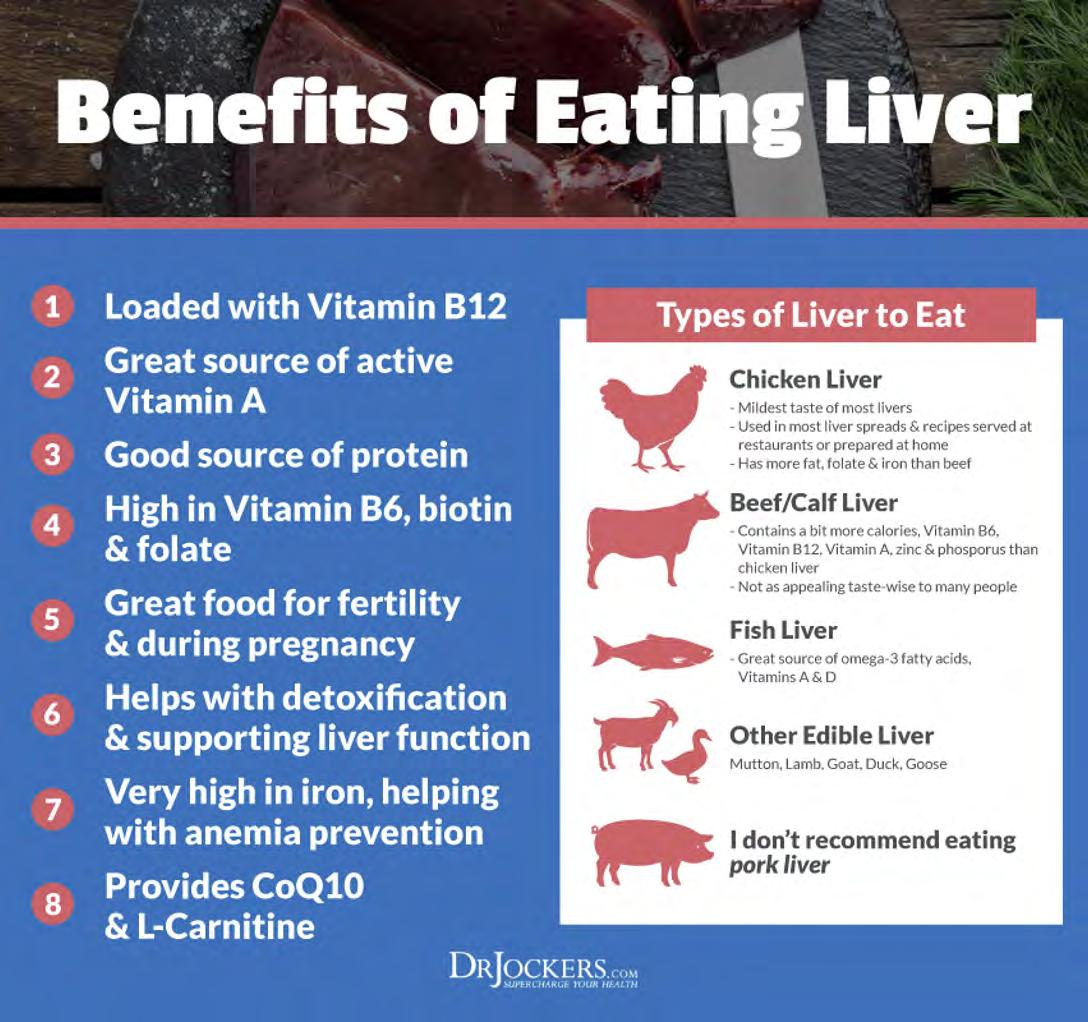

31
Many people do not like the taste of this sharp flavored food. Beef liver has a very strong taste while that of chicken is generally considered to be much milder. There are also excellent options provided by companies like US Wellness Meats that combine organs with ground beef in a sausage form called Braunschweiger. You can also turn liver into an excellent dish called a Pâté that involves all kinds of herbs, spices, and unique flavors.
Now, I already know that most people will not introduce liver to their diet on a regular basis, so my team and I researched and found the very best pasture-raised beef liver and full organ complex on the market and we recommend it for people looking to support and improve their liver health.
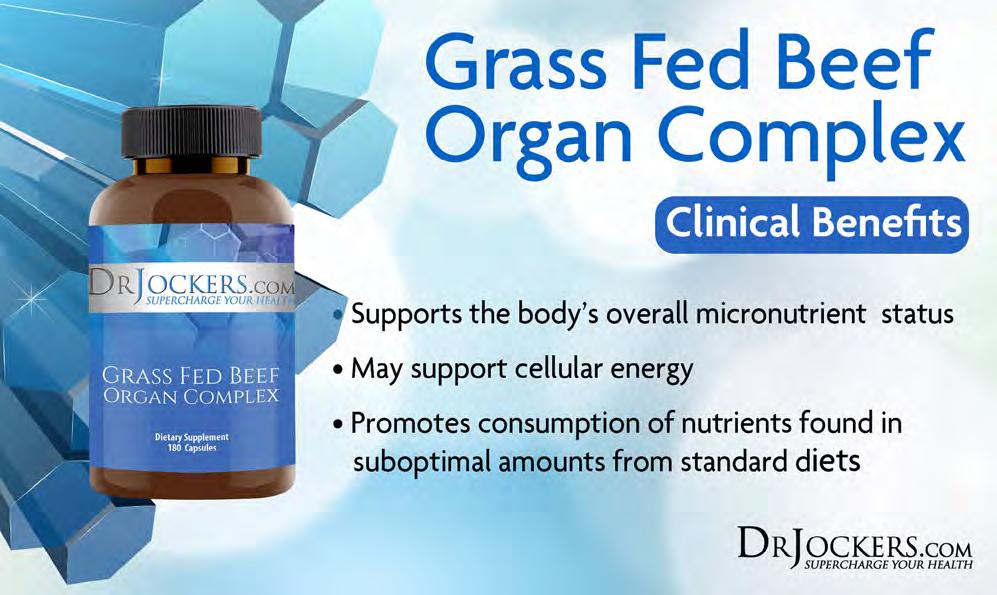
Non-Starchy Veggies
Cruciferous vegetables such as broccoli, Brussels sprouts, cauliflower, and kale are great for liver health. They help neutralized toxins in the liver with their abundant amounts of phytonutrients, carotenoids, and flavonoids. Broccoli has even been shown to counter the development of fatty liver disease and liver cancer (4).
Cruciferous vegetables contain glucosinolates which increase the production of enzymes. These enzymatic reactions help detoxify the liver and increase its ability to remove carcinogens and heavy metals from the blood (5). Garlic also activates enzymes in the liver.
Beets, leafy greens, and avocados are great for the liver. Avocados are an excellent source of glutathione which is needed by the liver to filter out harmful substances and protect liver cells from damage.

32

More Great Liver Foods
Citrus fruits including lemons, limes and grapefruit, are great for the liver as are berries. Blueberries and cranberries are packed with powerful nutrients to support liver health. Both citrus fruits and berries protect the liver from damage (6).
Fatty fish like salmon, coffee, green tea, olive oil and nuts have been found to protect the liver from NAFLD and NSAH (7). Omega 3 fatty acids in fatty fish reduce lipid accumulation and liver enzyme levels, improve insulin sensitivity, and have anti-inflammatory effects. Nuts may be helpful in treating people with NAFLD by improving lipid profile, hepatic steatosis and inflammation.
Studies show that coffee is amazing for liver health. Coffee has a protective effect against the development of cirrhosis of the liver. There is an inverse association between coffee drinking and liver cancer (8). Coffee is even associated with a lower risk of death in people with chronic liver disease (9). Green tea and olive oil may improve liver enzyme levels and reduce oxidative stress and fat accumulation in the liver (10).

33
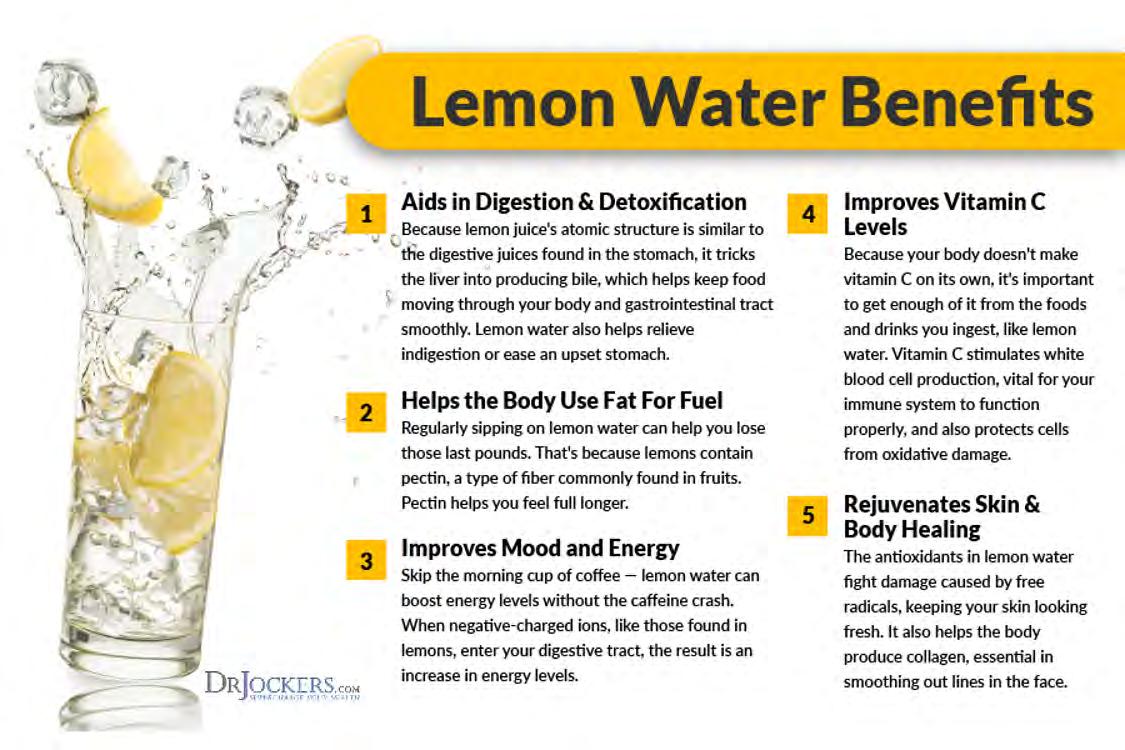
Chlorella and Spirulina
Spirulina and chlorella are algae that are rich in protein, vitamins, minerals, and antioxidants. These algae support and enhance immune function and may protect the liver against damage. Spirulina is considered an effective treatment for people with NAFLD (11).
Spirulina and chlorella contain chlorophyll which aids the liver in removing toxins and chelating harmful metals. Chlorella’s tough outer cell wall binds with heavy metals and other toxins to carry them out of the body.


34
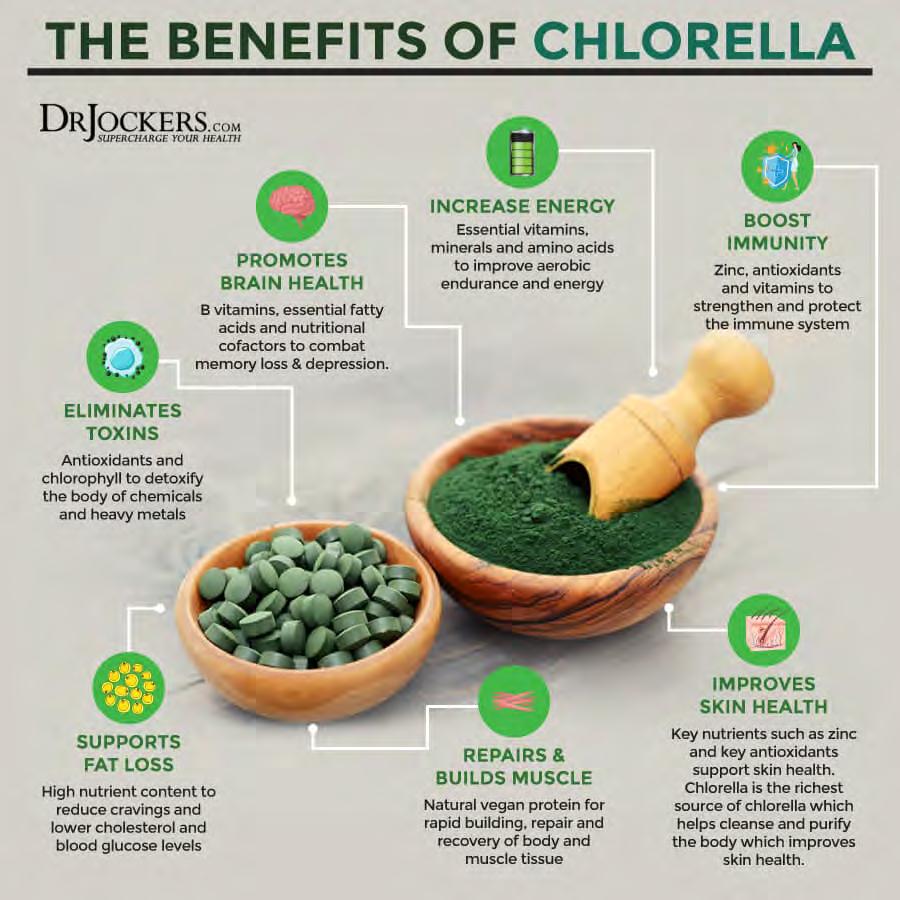
Optimal Hydration
Hydrating with clean, filtered water is important for a healthy liver. Water is great for the body. It supports many functions of the body by improving oxygen delivery to cells, transporting nutrients, flushing toxins, and supporting the body’s natural healing processes.
Optimal hydration is critical for healing the liver. To be well hydrated, you should consume at least one half and up to your full body weight in ounces of water every day. For example, a 130-pound individual should consume a minimum of 65 ounces and up to 130 ounces of water per day.
130 pounds / 2 = 65 ounces
A great strategy to ensure you are getting enough water is to super hydrate first thing in the morning. Drink 16-32 oz. of water in the morning, then drink water throughout the day.

35

Liver Healthy Herbs
Bitter herbs are excellent for liver health so remember “bitter is good for the liver”. Bitters aid the body’s detoxification process.
Herbs and spices such as milk thistle, ginger, dandelion root, cilantro, garlic and turmeric are great for liver health. Turmeric has been shown to improve liver function having both protective and regenerative properties (12). Turmeric may help reduce free radical damage in the liver. It also creates bile and helps our bodies digest fats. Milk thistle is one of the most well-researched plats for liver support (13). This powerful herb contains a flavonoid complex called Silymarin which is important for protecting cells against free radical damage and inflammation.
Milk thistle is therapeutic for NAFLD patients due to its ability to repair cells within the liver and promote regeneration of injured tissue (13). It can also boost glutathione and superoxide dismutase levels, antioxidants which protect the liver from toxicity.
One of my favorite ways to consume bitter herbs is in teas. Good quality organic teas with the herbs I have discussed promote healthy liver function.

36

Reduce Stress and Optimize Sleep
Bitter herbs are excellent for liver health so remember “bitter is good for the liver”. Bitters aid the body’s detoxification process.
Herbs and spices such as milk thistle, ginger, dandelion root, cilantro, garlic and turmeric are great for liver health. Turmeric has been shown to improve liver function having both protective and regenerative properties (12). Turmeric may help reduce free radical damage in the liver. It also creates bile and helps our bodies digest fats. Milk thistle is one of the most well-researched plats for liver support (13). This powerful herb contains a flavonoid complex called Silymarin which is important for protecting cells against free radical damage and inflammation.
Milk thistle is therapeutic for NAFLD patients due to its ability to repair cells within the liver and promote regeneration of injured tissue (13). It can also boost glutathione and superoxide dismutase levels, antioxidants which protect the liver from toxicity.
One of my favorite ways to consume bitter herbs is in teas. Good quality organic teas with the herbs I have discussed promote healthy liver function.

37
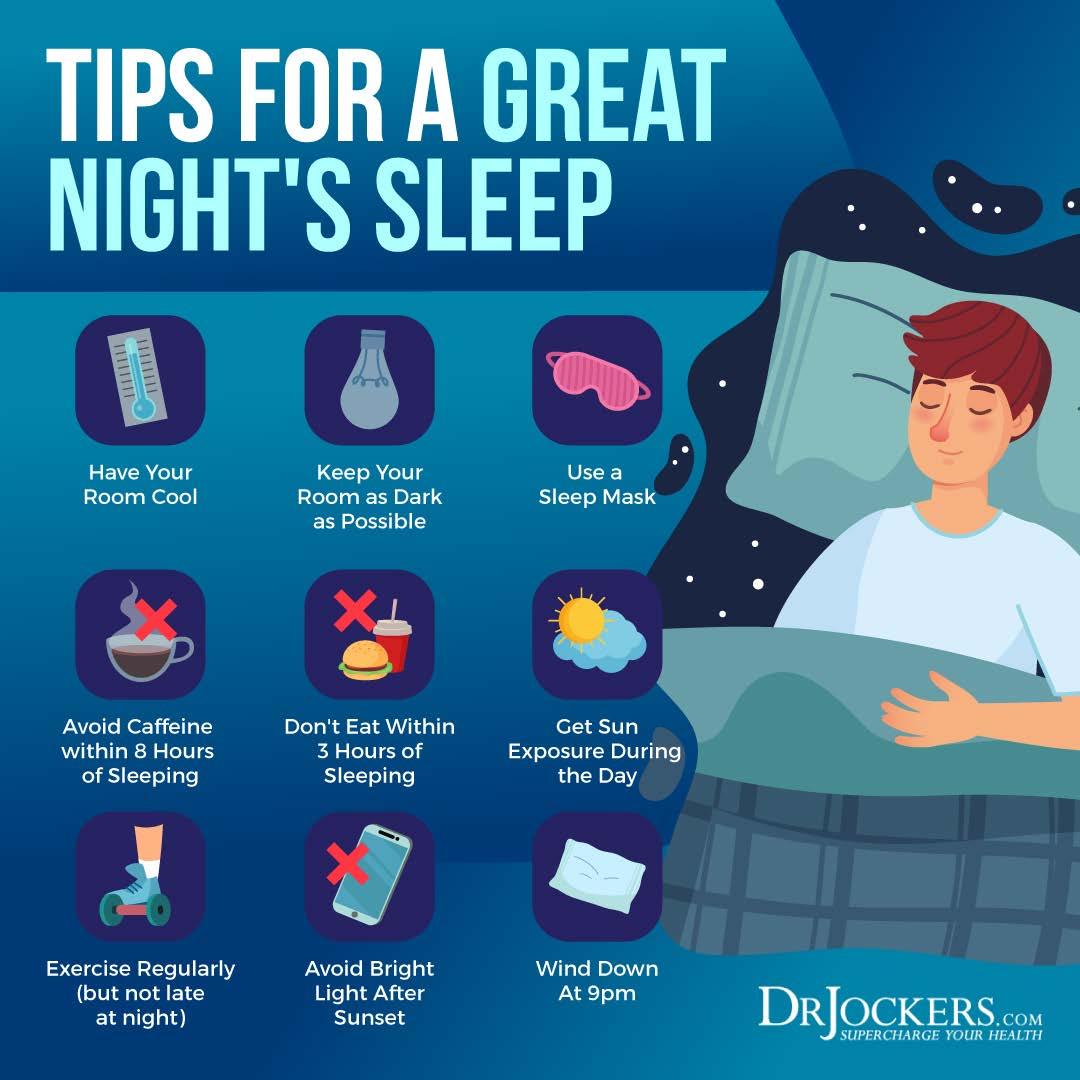
Deal with Your Anger
In traditional Chinese medicine, each of the organs has an emotional component which is considered as important as its physical functions in the body. The emotion held in the liver is anger (15). In fact, the liver is often referred to as the “seat of anger”. If you get angry easily, have trouble unwinding, and are often irritable, your liver may not be functioning optimally. In the same way that a poorly functioning liver may cause anger, being angry may negatively affect the liver.
Having prolonged feelings of anger or frustration that are unexpressed or suppressed can create disharmony in the liver. Experiencing these emotions chronically or excessively can cause the liver to be out of balance. Healthy expression of your emotions honestly and regularly is a good way to keep the liver healthy.
Intermittent Fasting
There are many health benefits associated with intermittent fasting. Using intermittent fasting strategies can boost the immune system, stimulate cellular autophagy, improve genetic repair mechanisms, improve insulin sensitivity, and reduce the risk of chronic diseases (16).

38
Studies show that fasting can help fight fatty liver disease (17). Fasting also helps the body open its drainage pathways by allowing the liver to cleanse the bloodstream. This takes stress off the gut because it does not have to work at digestion and helps the body burn fat.
Start with a simple fast of 12 hours for 1-2 weeks and see how your body responds. This short fast is basically from dinner until breakfast the next day. You can increase your fasting time as your body adapts to not eating at certain times of the day.
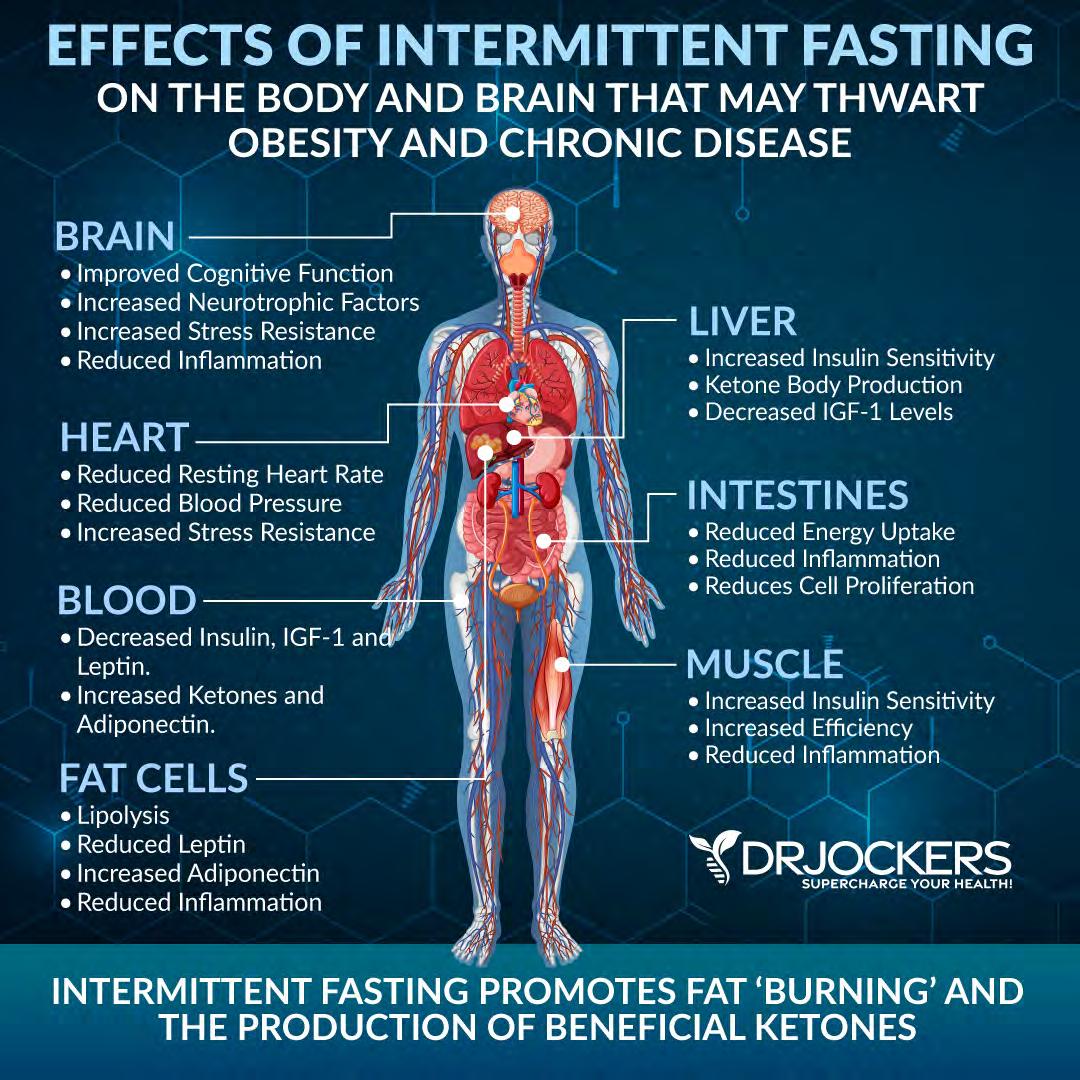

39
Improve Gut Health
Improving gut health is critical for healing the liver and protecting the liver from disease. When the gut lining is inflamed and damaged, the gut lining is more porous than it should be. This allows undigested food molecules, bacteria, and fungi (and their toxins) to enter the bloodstream.
Once they enter the bloodstream, these undigested particles and toxins head to the liver. They can put great strain on the liver causing inflammation and tissue damage. Following the anti-inflammatory diet as discussed above is a great first step to improving gut health. You can add gut-healing foods like bone broth and fermented vegetables.
Supplementing with a high-quality probiotic with 30-100 billion CFUs is a great way to protect and heal the gut.
Along with probiotics, you should use gut-healing nutrients such as aloe vera, L-glutamine and licorice root (DGL)
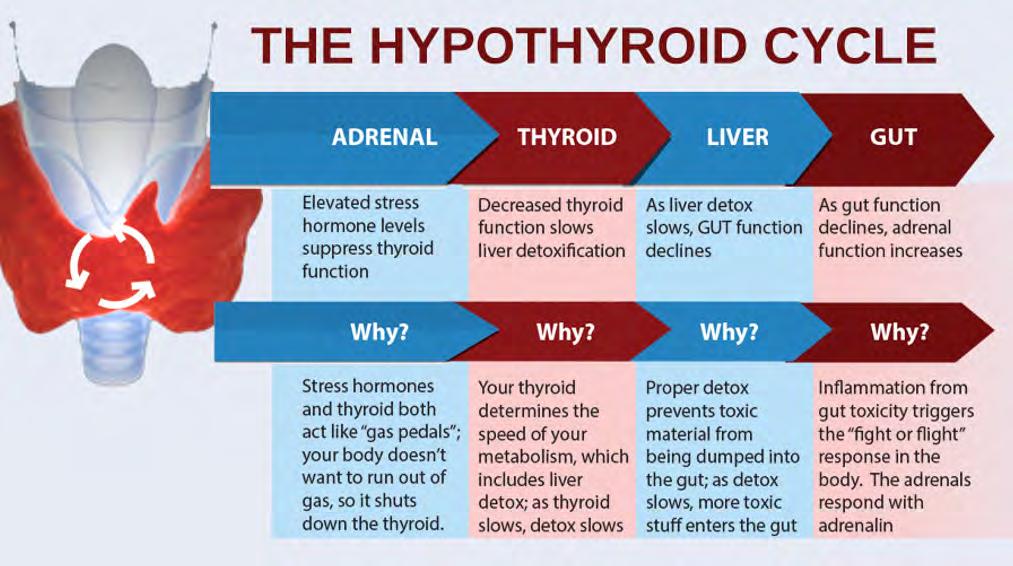
Castor Oil Packs
Using castor oil packs can support the body’s natural detoxification process by improving liver function, reducing inflammation, and strengthening the immune system. Castor oil is made up of phytochemicals including the fatty acid ricinoleic acid. Ricinoleic acid gives castor oil its unique healing properties and composes 90% of its chemical structure.

40
A great way to use castor oil is to make packs that allow the oil to be absorbed through the skin. Castor oil packs promote digestion, elimination, and blood circulation around an organ and area of the body. They can also increase the flow of lymph, the fluid that circulates throughout the lymphatic system. This helps the lymphatic system remove debris and toxins in the body.
By far my favorite castor oil pack is from Queen of Thrones because Dr. Marisol is an expert in castor oil therapy and she has made it much easier to use by including the castor oil pack in with the organic castor oil in a glass jar. This is the one I use at home.
It is important to get organic castor oil in a glass jar because pesticide residue contained in the castor oil and the plastic residue (phthalates) from the bottle can be absorbed through the skin.


41
Epsom Salt Baths
Epsom salt baths have been used for hundreds of years by different cultures for their remarkable health benefits. They are different from other salts in that they are a naturally occurring pure mineral compound of magnesium and sulfate. These minerals can enhance the body’s detoxification process.
Magnesium is the master mineral. It supports blood sugar balance, circulation, cellular energy production, bone density, pain relief, joint and ligament flexibility, deep sleep patterns and more. Epsom salt baths replenish the body’s magnesium levels and sulfates while removing harmful toxins from the body. Epsom salt baths are an advanced detoxification strategy with amazing health benefits.

Liver Support Nutrients
Proper functioning of the detoxification pathways in the liver requires certain nutrients. Getting these nutrients through foods and targeted supplementation is important for supporting liver health. During Phase I of liver detoxification, toxins are transformed into a chemical form for further metabolism in phase II. Nutrients required for phase 1 detoxification are B vitamins, folate, glutathione, antioxidants, carotenoids, vitamin E, vitamin C, and zinc. Toxins are conjugated into water soluble forms in phase II of liver detoxification. Selenium, Sulphur, magnesium, vitamin B12, molybdenum, and amino acids are key nutrients required in phase II.
Phase III of the liver detoxification process is an enzymatic process where toxins are diverted for excretion. The nutrients that are required in Phases I and II are required for this phase as well.

42

Optimal Stomach Acid
Adequate stomach acid and good bile flow are important for a healthy liver. Stomach acid is necessary for digestion and nutrient absorption. Many people do not produce adequate levels of stomach acid and become nutrient deficient. This slows the transformation of specific toxins in the liver.
There are several strategies to improve stomach acid levels. Stimulating digestive juices with ginger, fermented foods (such as kimchi and sauerkraut), and fermented drinks (like apple cider vinegar) can be helpful. Squeezing fresh lemon juice or apple cider vinegar on meat and vegetables can help pre-metabolize the food.
Another helpful strategy for improving stomach acid is having liquid nutrition during the day with at least half of your meals in an easily digestible form. Examples would be a green juice or a protein shake.
Timing your intake of water is important for optimal stomach acid. Drinking water with or right after a meal will dilute your digestive juices. Instead, you should super hydrate outside of meals. When having your meals, it is important to be relaxed. This is especially important for your largest meal. When you are relaxed and take a few deep breaths you stimulate the vagus nerve which activates the digestive organs and stimulates digestive juices.

43
I also recommend eating your protein at the beginning of the meal. This way the protein food gets to the very bottom of the stomach first. The bottom of the stomach is where the most concentrated level of stomach acid is and therefore, the meat will be better digested.
Veggies don’t need as much stomach acid so it is better to consume those after the meat. Of course, be sure to chew each bite 30-40 times so it is fully broken down and this makes it easy on the digestive system.

Good Bile Flow
Bile is a digestive fluid that is important for overall health. It is produced in the liver, secreted into the biliary tracts, and stored in the gallbladder. Bile has numerous functions in the body. It aids in digestion by emulsifying fats and creating fatty acids that can be absorbed and used by the body. Bile also has antimicrobial properties and can kill off unwanted pathogens.
Good bile flow is necessary for toxin elimination from the body. In phase III of the liver detoxification process, toxins are transported out of the cells and into the urine or bile. Bile contains waste products that are released through bowel movements. Poor bile flow can contribute to the accumulation of toxins and liver problems.

44
Supporting liver function, gallbladder health, bile flow formation, and bile duct motility are critical for good bile flow.
An anti-inflammatory diet high in healthy fats is critical for cholesterol production, bile production, and secretion. Super hydration, intermittent fasting, stomach acid support, and eating small meals can support the gallbladder. Foods rich in chlorophyll and high in fiber, as well as fermented foods, bitter herbs, broccoli and kale sprouts, can improve gallbladder health.
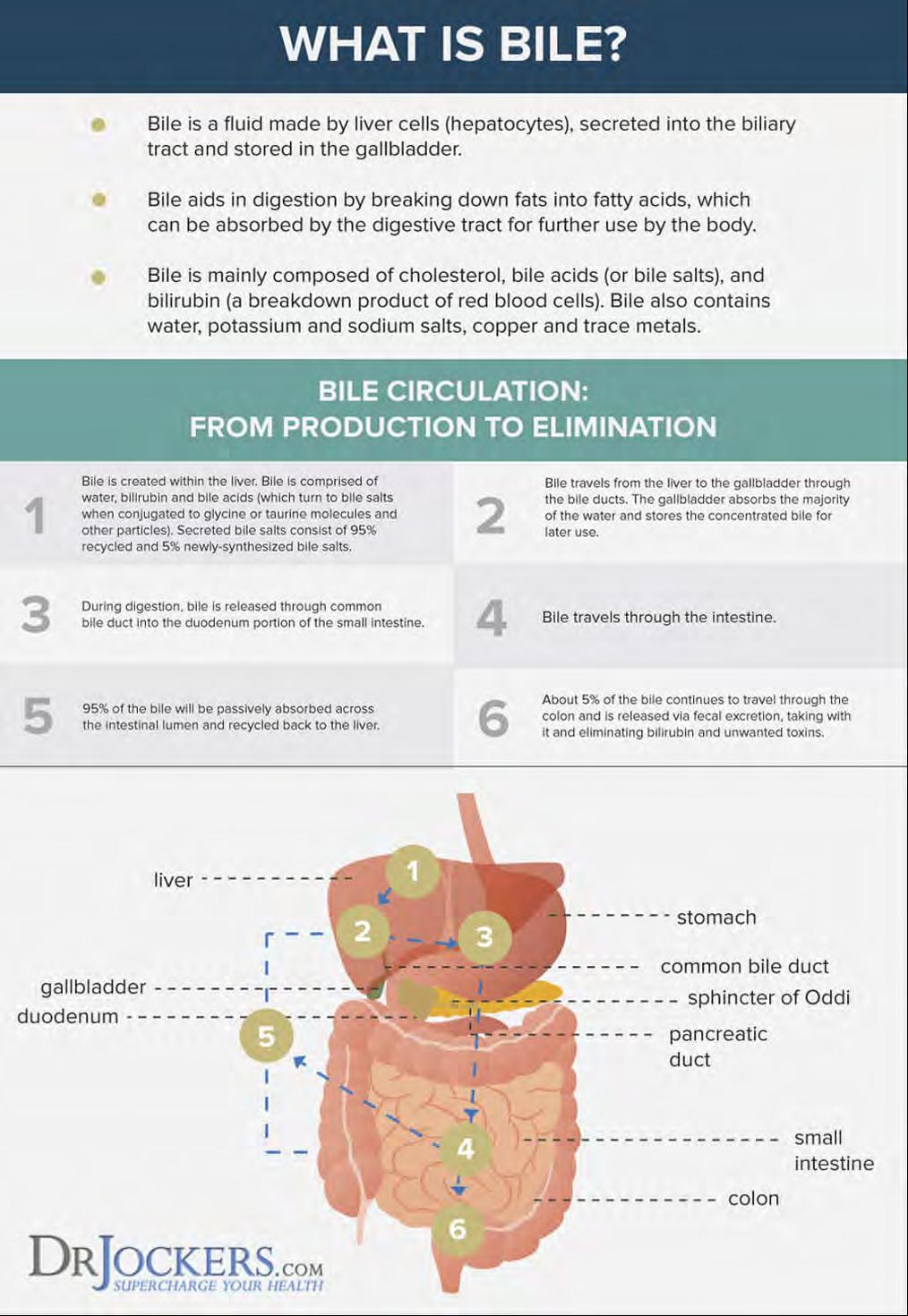

45
Conclusion:
The liver is the body’s most hardworking organ. It plays a critical role in many bodily functions, including regulating digestion, metabolizing fats, carbohydrates, and proteins, and removing harmful particles and chemicals from the body.
When the fat in the liver makes up over 5% of the liver’s weight, a person has fatty liver disease. The two main types of fatty liver disease are alcoholic fatty liver disease and nonalcoholic fatty liver disease (NAFLD).
Alcoholic fatty liver disease is caused by excessive alcohol intake. NAFLD is the most common liver disease. It is associated with obesity, type 2 diabetes, insulin resistance, and many other conditions.
Often there are no symptoms associated with NAFLD. Over time, symptoms can develop such as fatigue, weight loss, loss of appetite, pain in the center or right upper part of the belly, nausea, and jaundice. When a person has fatty liver with liver inflammation and liver cell damage, it is called nonalcoholic steatohepatitis (NASH). NASH can cause a dangerous condition called cirrhosis of the liver.
There are natural strategies for healing the liver. Following an anti-inflammatory, ketogenic diet incorporating foods and herbs that support liver health is critical. You should avoid refined sugars, alcohol, processed foods, trans-fats, factory-farms meats and dairy, farm-raised fish, and GMO foods. Eat organic whenever possible to avoid chemicals such as herbicides or pesticides.
Other natural healing strategies for liver health are intermittent fasting, drinking optimal amounts of clean, filtered water, and adding liver supporting nutrients. Reducing stress, improving sleep, taking Epsom salt baths, using castor oil packs, and dealing with your anger in healthy ways can support liver health. Improving gut health, supporting stomach acid levels, and optimizing bile flow are also important for healthy liver function.

46

Top 15 Herbs to Support Your Liver and Gallbladder
Before we talk about good bile flow, let’s discuss what bile is. Bile is green-ish brown liquid or digestive juice that emulsifies fats for your small intestine to absorb. It is made up of cholesterol, salts, and bilirubin. It is important that the bile helps the digestion of fat to allow different processes in your body. Bile also contains waste products to be released through bowel movements. When something interferes with good bile flow, a variety of problems may occur.
Poor bile flow may lead to a variety of digestive issues, including poor nutrient absorption, overgrowth of bad gut bacteria, gut inflammation, and leaky gut syndrome. Leaky gut syndrome happens when due to damage of your gut lining, undigested food particles and toxins are able to cross into your bloodstream through holes on your intestinal barrier.
Leaky gut syndrome may result in digestive problems and autoimmune conditions, such as lupus, Hashimoto’s thyroiditis and rheumatoid arthritis (1). To understand better the importance of good bile flow, let’s take a look at the 4 major functions of the bile.

Chapter 5 47
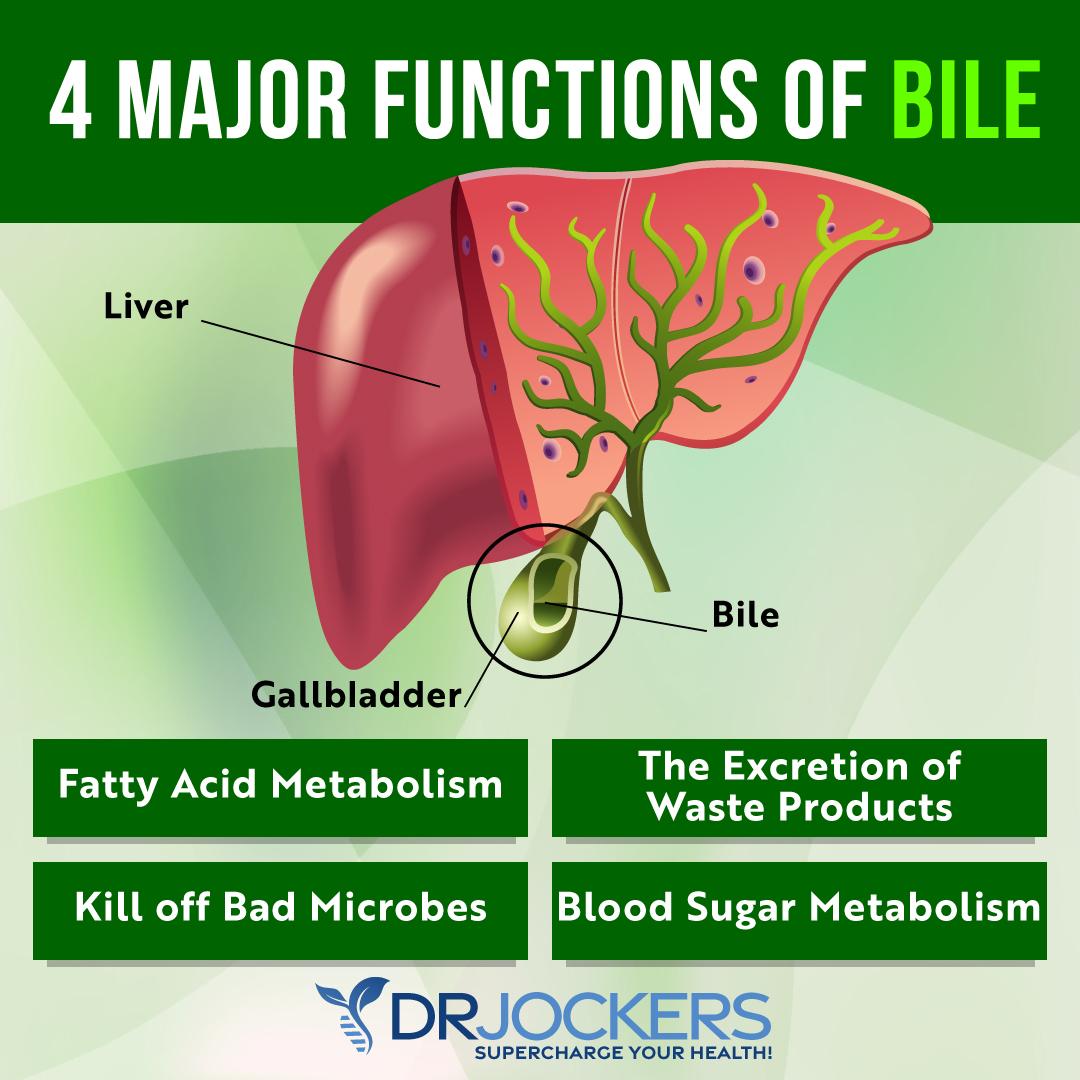
Fatty Acid Metabolism
In their unaltered form, fat has little use in your body. Fats must be emulsified and broken down to be absorbed and used for energy. Poor fat emulsification can lead to digestive issues, such as chronic diarrhea and irritable bowel syndrome.

48
This why bile is incredibly important to emulsify them, so emulsified fats can transport fat-soluble nutrients, such as vitamins A, D, E, and K around your body to protect your immune system and overall health.
Kill Off Bad Microbes
The bacterial makeup of your microbiome is incredibly important for your overall health. Too much bad bacteria and gut flora imbalance may increase your risk of inflammation, heart disease, diabetes, neurological conditions, cancer, mental health issues, and other health problems. Bile helps to regulate and balance your microbiome by killing off dangerous pathogens, such as bad bacteria (3, 4, 5).
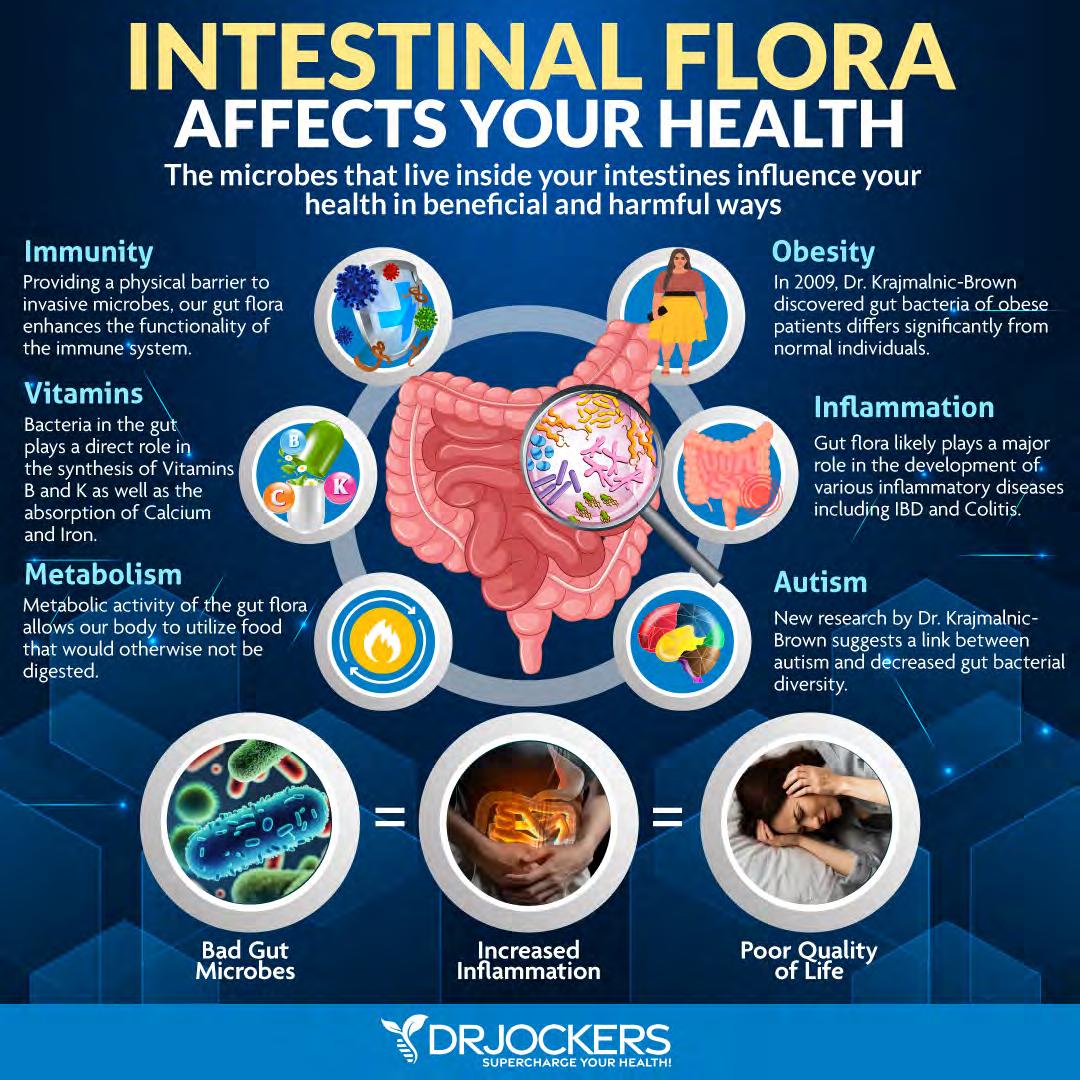

49
Excretion of Waste Products
Along with urine, sweat, and breath, one of the main ways your body gets rid of waste and toxins is through bowel movements. While water-soluble toxins mainly get released through urine, fat-soluble toxins leave your body through your bowels. If your body cannot release waste regularly through the bowels, it can lead to bacterial overgrowth, inflammation, weight gain, digestive troubles, and consequent health problems.
Blood Sugar Metabolism
Keeping your blood sugar stable at a healthy level is absolutely essential for maintaining your energy levels, brain performance, and emotional stability. Poor metabolism of fats may lead to blood sugar problems and consequent health issues.
Bile helps to stimulate receptors FXR and TGRS that help fat and carbohydrate metabolism and your body’s inflammatory response (6, 7, 8, 9).


50
Symptoms of Poor Bile Flow
As you can see, proper bile flow regulates many important processes in the body. If it is obstructed for any reason, a number of complications can manifest including:
• Weight Gain
• Low Energy
• Emotional Instability
• Digestive Complications
• Headaches and Migraines
• Fibromyalgia
• Inflammatory Skin Conditions (acne, eczema, rashes)
• Chemical Sensitivities (due to toxic build up)
• …and more
One of the best ways to support your liver and gallbladder is by using herbs. Let’s dive in and learn about my favorite herbs for liver and gallbladder health.
Apple Cider Vinegar
Apple cider vinegar (ACV) is one of the most popular types of vinegar that is actively used by the natural living and holistic health community. It has been used by the ancient Babylonians (5,000 B.C.) who created vinegar or “sour wine” stemming from the French origin “vin airgre”. It is fantastic for your health both internally and externally and can be used for cleaning and other household needs.
Apple cider vinegar has anti-inflammatory, anti-bacterial, and anti-viral benefits. It is commonly used for gallbladder pain. It may be beneficial for your digestion, liver, blood sugar levels, and cholesterol levels (10).
ACV provides a tangy-sweet flavor when mixed and combined into various dishes. It is especially good in home-made hummus, guacamole, and quinoa dishes. I also recommend that you add 1 tbsp of apple cider vinegar in 8 oz of clean water and drink it for liver and gallbladder support.

51
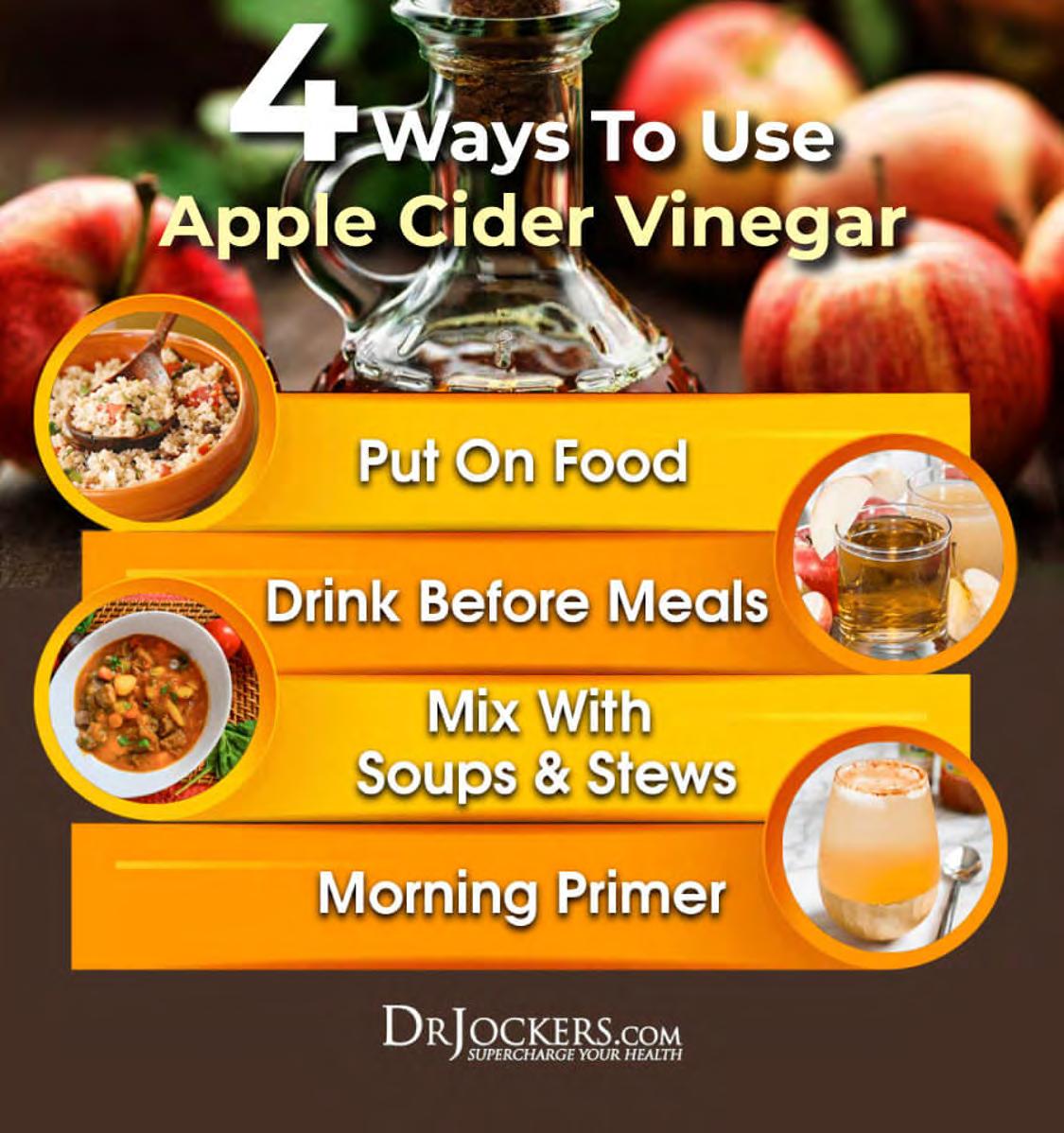
Artichoke
Globe artichokes are commonly categorized as a vegetable. However, they are actually a flower bud. They have been used around Europe for indigestion throughout the centuries.
Artichokes are low in calories, yet high in fiber and nutrients, including magnesium, potassium, folic acid, and vitamin C. They can help increase bile production and support your liver and gallbladder function (11)..

52

Lemon/Lime
Lemon and limes are two of my favorite fruits. They have a low-glycemic index. They can help to balance your pH levels, are full of vitamin C, and have incredible health benefits.
One of these health benefits is supporting your liver and gallbladder. Lemon juice can support the production of bile and stomach acid. The acidity of lemon or lime juice creates cholagogue, which helps bile discharge and helps bile to digest fats, eliminate cholesterol, and remove toxins. Lemon and lime juice are incredibly detoxifying, no wonder its part of more detox and gallbladder, liver, or kidney cleansing protocol.
You can use lemon or lime in a variety of ways. I recommend starting your day with a big glass of warm lemon water to promote hydration, kickstart your metabolism, and support your digestion, liver, and gallbladder. Add lemon or lime juice to your green juices and smoothies, herbal tea, soups, and dishes.

53

Parsley
Parsley is a delicious green herb that you probably know as a garnish on your plate. Parsley, however, is much more than a garnish. It is full of antioxidants, flavonoids, minerals, and vitamins. Parsley has incredible liver detox properties. It helps to stimulate the release of bile and the removal of heavy metals and other toxins from your body. Parsley may lower inflammatory liver enzymes. It may also help to decrease your blood sugar levels that may lead to liver inflammation when too high (12).
You can use parsley as a garnish. You may add it to your salads or green juices. You may also try a soothing parsley tea. Boil one cup of water in a small put then add ¼ cup of chopped, fresh parsley or 2 tablespoons of dried parsley, and let it steep for 5 to 10 minutes.

54

Cucumber
Cucumber is one of the most hydrating vegetables out there. They are full of phytonutrients and electrolytes. They have a cooling effect on your organs and detoxifying effect on your body.
They support your digestion and liver and are an essential part of a liver, gallbladder, or kidney detox diet.
Celery
Celery is another hydrating and fiber-rich vegetable. It is rich in antioxidants and micronutrients, such as magnesium, calcium, potassium, phosphorus, folate, folate, vitamin A, and vitamin K.
Celery may help to decrease inflammation in your body and help with a number of health issues, including energy levels, acid reflux, ulcers, and digestions. It may help detoxification and cleansing. Celery may help to improve your liver enzyme functions and better your overall liver health (13, 14).
Add celery to your salads and green juices. Snack on celery sticks and dip them into guacamole, salsa, or hummus. Try celery juice for its wonderful benefits.

55
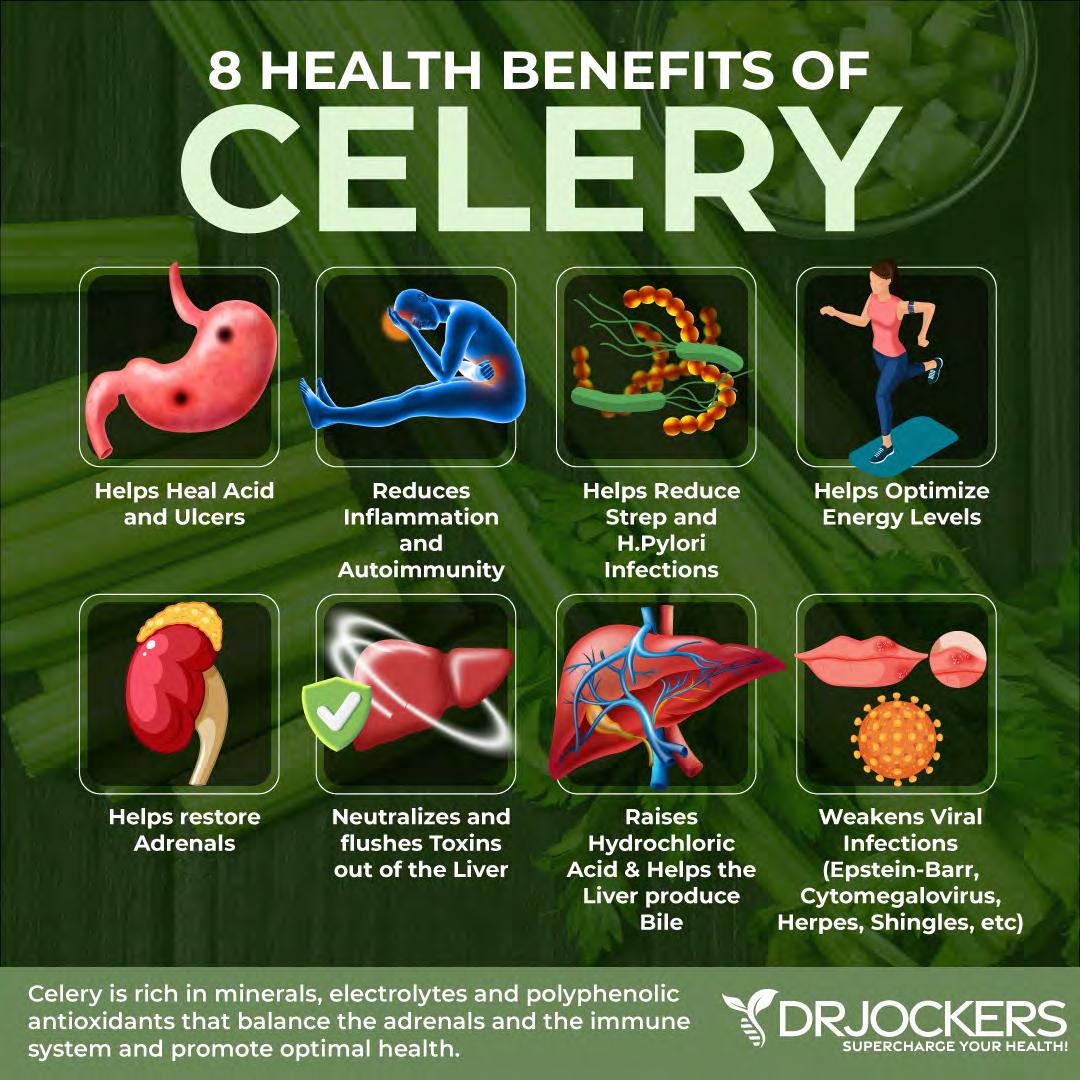

56
Mint
Mint is a powerful superfood herb that is used all around the world for its health benefits and delicious taste. It helps to stimulate your digestive system and may help to relieve stomach and intestinal problems. It acts as a natural relaxer that helps to smooth the muscle of your gut wall. It may benefit your liver and gallbladder health.
You may use mint a number of ways. You may add mint to your salads, dips, and dishes.
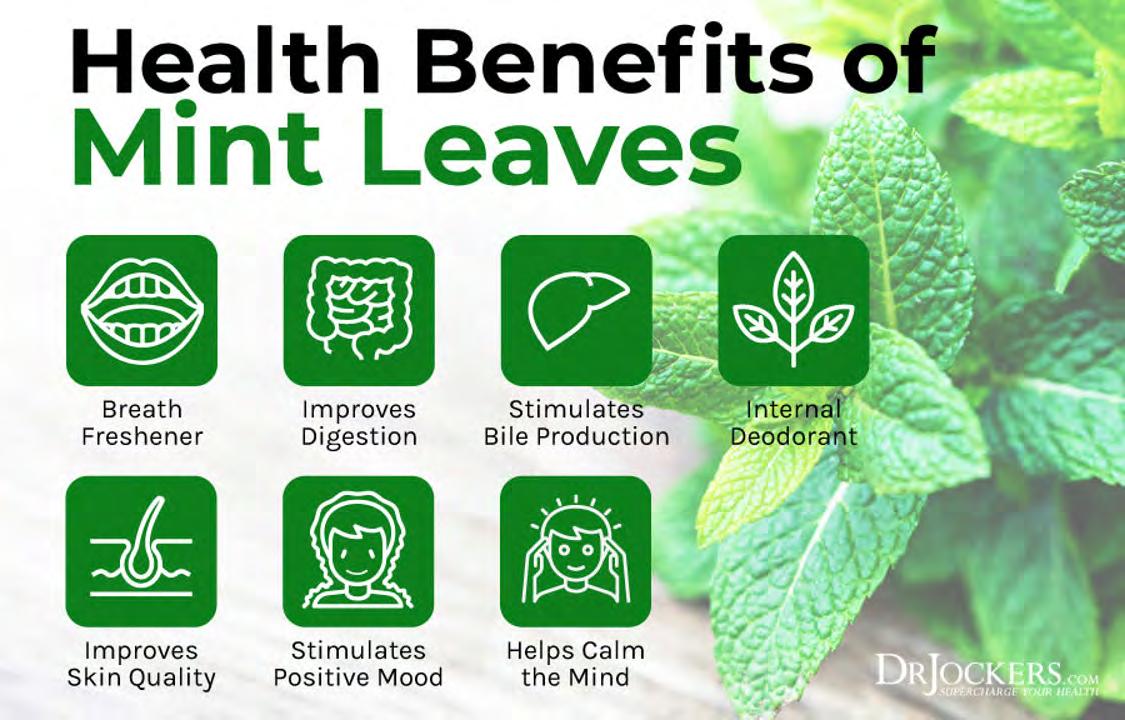

57
Cilantro
Cilantro, also known as coriander, has been used to flavor meals for thousands of years in Southern Europe, Northern Africa and Western Asia. It is a classic carminative bitter herb that supports the production of digestive juices and blood sugar stabilization.
Cilantro is also wonderful for cleansing the body and getting rid of toxins. It is rich in polyphenols and other nutrients. It may help to protect your liver from toxins and prevent liver damage (15). You may add cilantro to your salads, salsa, or guacamole.
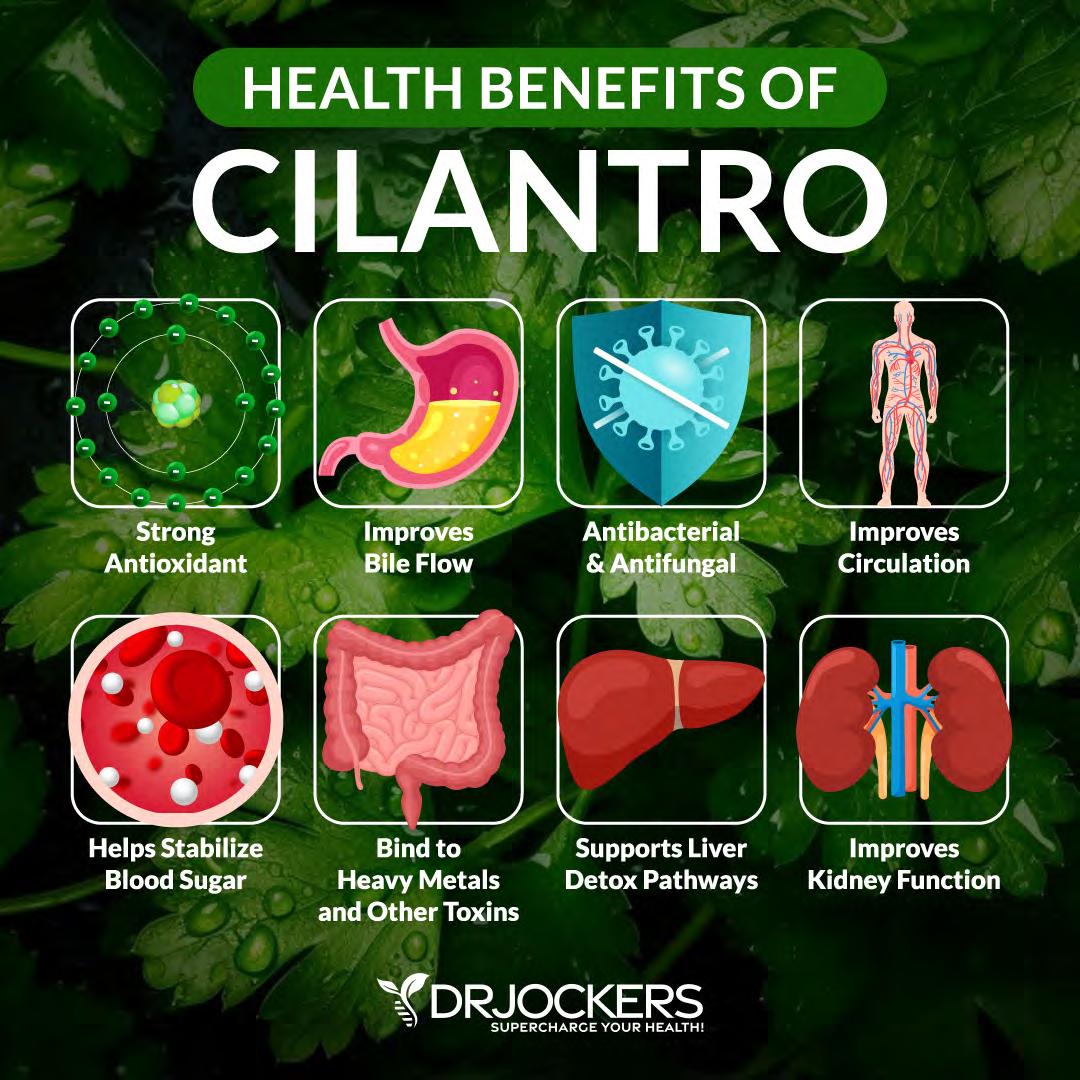

58
Radishes
Radishes are a wonderful vegetable that you can find all-year-around. They are full of antioxidants and fiber. They help to cleanse your liver, promote liver health, and stimulate bile synthesis.
It helps bile to carry toxins into your gallbladder to be eventually released from your body. Radishes can become a wonderful part of any salad or may serve as a flavorful, crunchy snack.
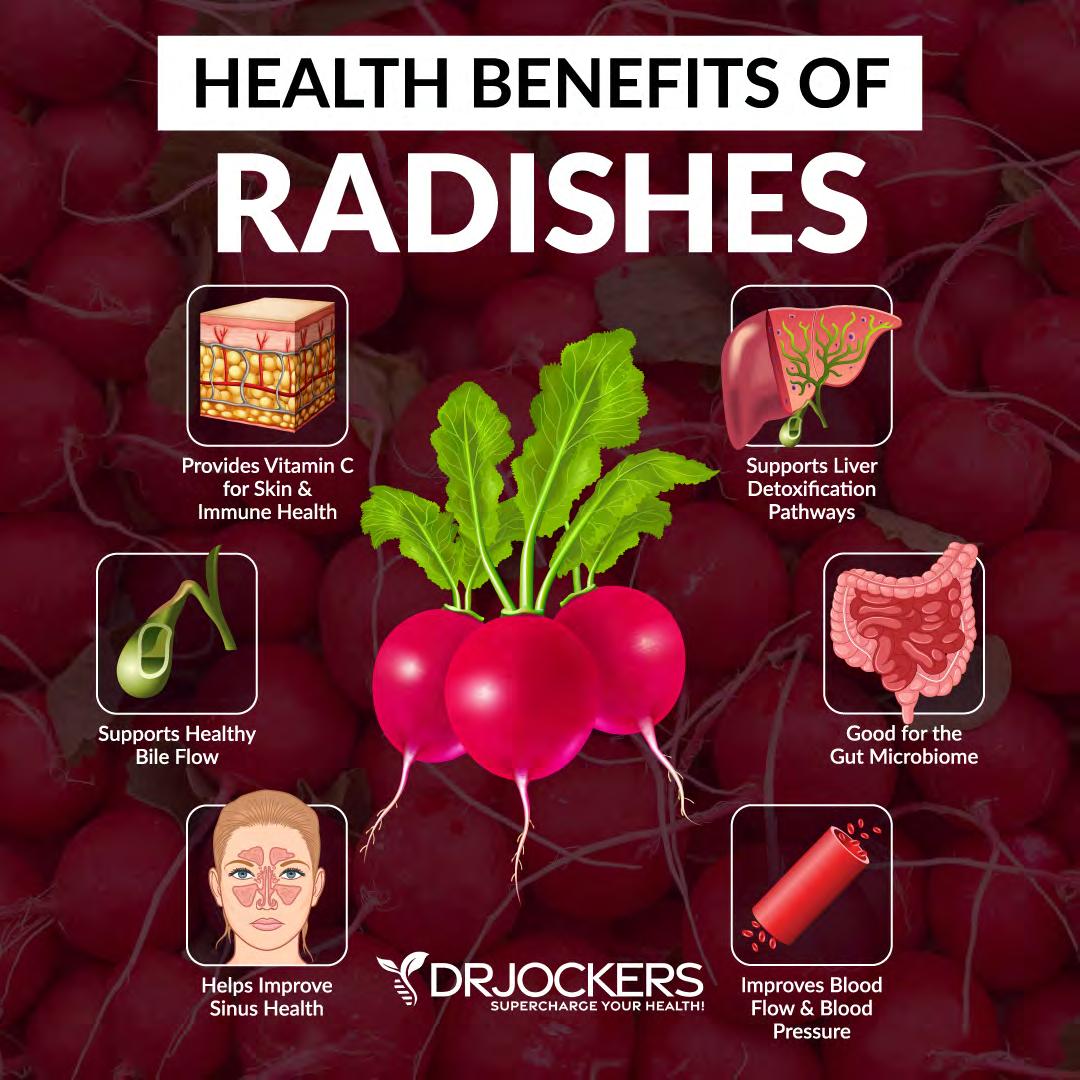

59
Milk Thistle
Milk thistle plant, also known as Silybum marianum is a prickly plant with white veins and purple flowers. Traditional tales tell us that this plant causes Virgin Mary’s milk to fall on its leaves. Milk thistle has been used as an herbal remedy for centuries.
The active ingredients of milk thistle are called silymarin and provide a number of health benefits to us. It is an incredible antioxidant with benefits for your liver, kidneys, and gallbladder.
Milk thistle guards the liver’s numerous hepatic cell membranes and slows the rate at which toxins can be absorbed into the liver. Research has shown that it may benefit people with cirrhosis of the liver and hepatitis C and B (11, 16, 17)
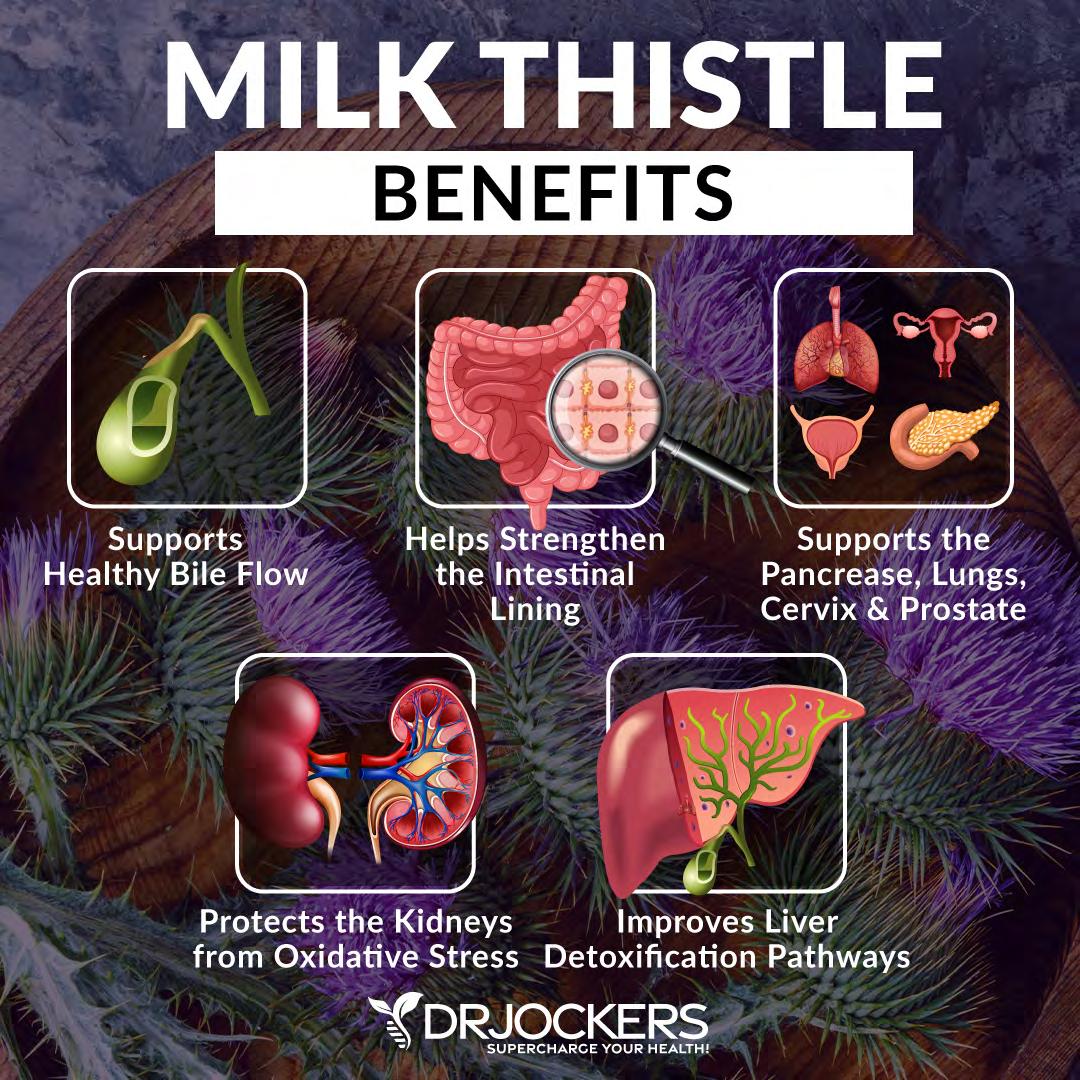

60
Dandelion Greens
Dandelion is a well-known ‘weed’ that you probably have in your background in the spring or summer months. They are free food that grows practically everywhere.
Dandelion greens may help to improve gastric motility allowing food to pass through your stomach easier. They are a fantastic diuretic and may sooth your digestion. They have antiinflammatory benefits. They may also prevent liver enzyme levels from going too high and improve liver function as a result (18).
You can eat dandelion greens raw or cook. They make a delicious addition to any green salad blend. You may want to gently massage it with some apple cider vinegar for further liversupporting benefits. You may also use their roots, flowers, and stems as well.


61
Turmeric
Turmeric is one of the most powerful anti-inflammatory herbs that has been used in Indian and Chinese medicine for thousands of years for its health benefits. One of the earliest documented uses and benefits of turmeric dates all the way back to 250 BC in Susruta’s Ayurvedic Compendium to relieve the negative effects of poisoned foods.
Turmeric has gained popularity over the past 30 years in the United States and other Western countries as a supplement and delicious spice. The US National Center of Biotechnology alone has over 6,000 studies on the benefits of turmeric and its active compound, curcumin, a powerful antioxidant.
Turmeric has an incredible ability to lower inflammation and fight bacteria, viruses, and other pathogens. It is great for digestive issues and may support your liver and gallbladder function (11, 18, 19, 20)
Turmeric is a popular staple in Indian cuisine and curry dishes. You may use it in your Asianinspired dishes. You may use it as a spice or as a fresh root. Add it to your salads, smoothies, soups, and dips.
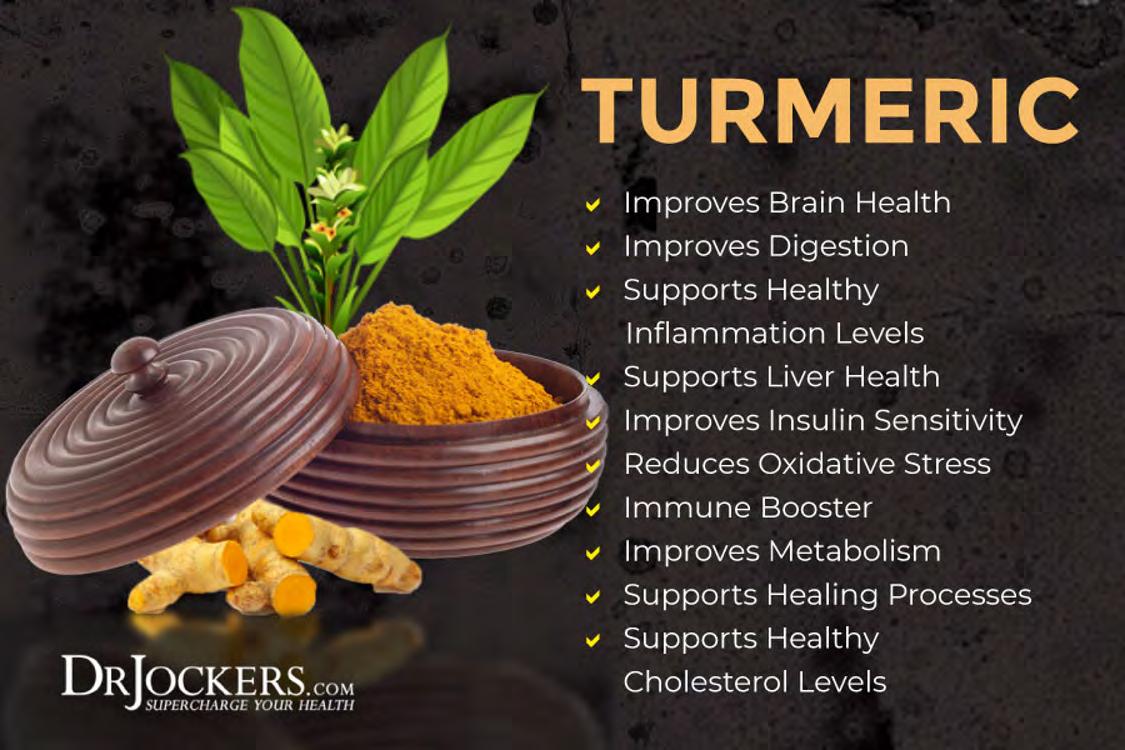

62
Ginger
Ginger is a powerful anti-inflammatory herb. It is a close cousin of turmeric as they both belong to the rhizome family. Ginger has been used in India and China for its medicinal properties and as a spice for 5,000 years. It has become a popular spice in Europe during the Roman Empire trade and eventually made its way to the Americas.
Ginger’s active chemical compound, gingerol has powerful benefits. It may reduce inflammation in your body. It is particularly beneficial for colon inflammation and digestive problems. It can also support your liver and gallbladder (22, 23, 24).
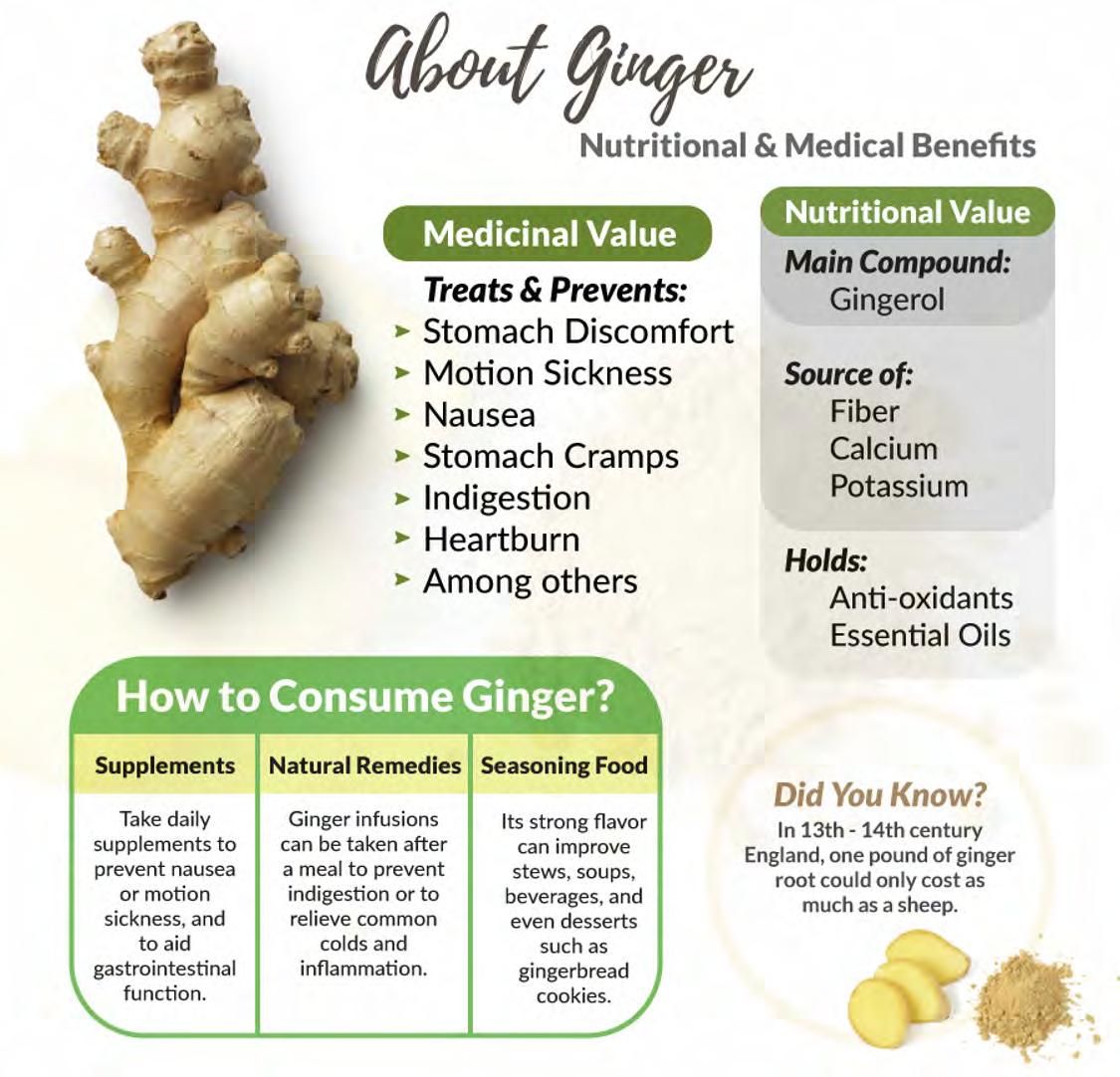

63
Sauerkraut
Sauerkrauts mean sour white cabbage in German. They are common in Germany and around Eastern-Europe but recently became popular in the US for their gut-health benefits. They help to balance your gut flora and soothe your digestion. They support your liver and gallbladder and help to prevent leaky gut syndrome.
You can enjoy sauerkraut along with any of your salads or warm dishes. You may find sauerkraut at farmer’s markets or health food stores or make your own.
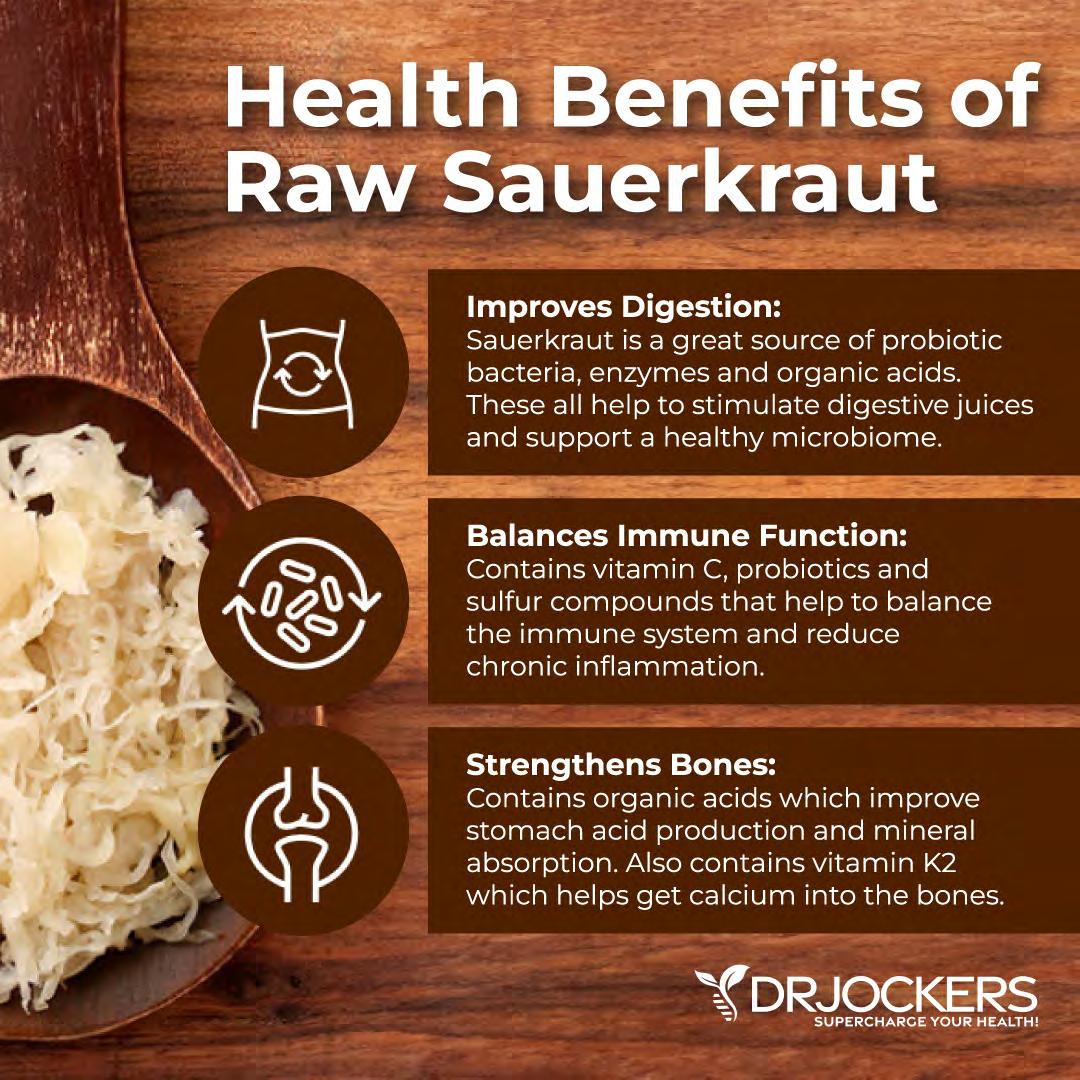

64
Green Tea
Green tea is a potent antioxidant-rich drink with powerful benefits. Green tea is rich in catechin, a polyphenol found in green tea that may help to prevent liver inflammation. It can protect your body from toxic substances and improve liver function (11).
You can enjoy green tea as a morning energizer or to warm you up on a cold day. You may add it to your green smoothies or shakes instead of water. Since green tea includes caffeine, to avoid overstimulation, I recommend that you drink green tea earlier in the day instead of in the evening.
If you have trouble sleeping, choose one of the other amazing liver- and gallbladder-supporting herbs. If you tolerate green tea well, you may also benefit from green tea extract.
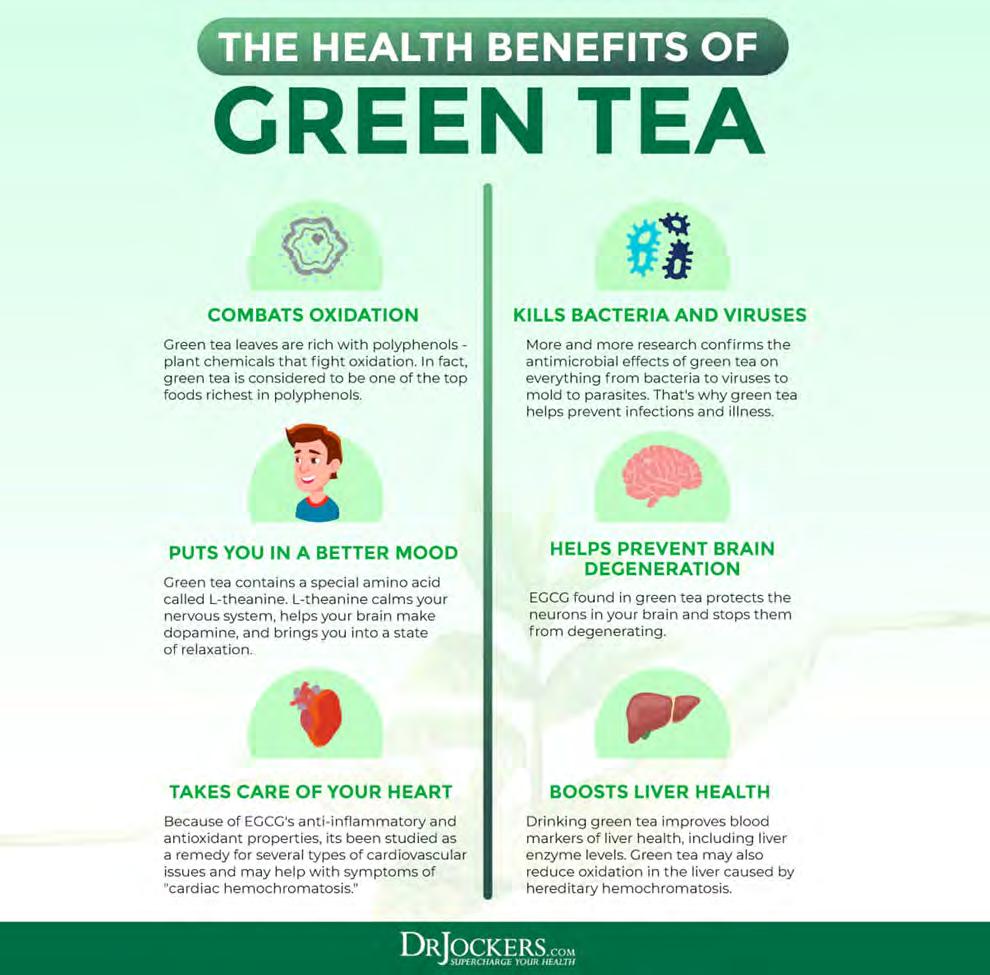

65
Bonus Supplements to Support Your Liver and Gallbladder
If you want to further support your liver and gallbladder for healthy bile flow, there are a few supplements that you may benefit from along with these 15 herbs. These are the top 3 supplements I recommend to my patients all the time.
Liver Support
The top product that I use for people with high liver enzymes, fatty liver, detox problems, etc. has profound effects on the liver, kidneys, lymphatic system and intestines and the thyroid. The liver is responsible for deactivating toxins and helping them move out of the body through the urine and bowels. When the liver and lymphatic system is sluggish, it puts more stress on the kidneys and intestinal lining.
Liver Support combines a high dosage of milk thistle (500 mg per serving), plus 600 mg of the key glutathione boosting agent N-Acetyl Cysteine and 500 mg of full spectrum Reishi mushroom. It also contains the renowned lymphatic system herb, burdock (250 mg) as well as key adaptogens Cordyceps (500 mg) and Schisandra (250 mg).
The mushroom extracts and herbal ingredients in this product are designed to protect liver cells against oxidative damage which may affect the function of the liver. The ingredients also actively contribute to detoxification processes in the liver by supplying nutrients that may enhance the biochemical reactions involved in neutralizing harmful substances. You can find this product here
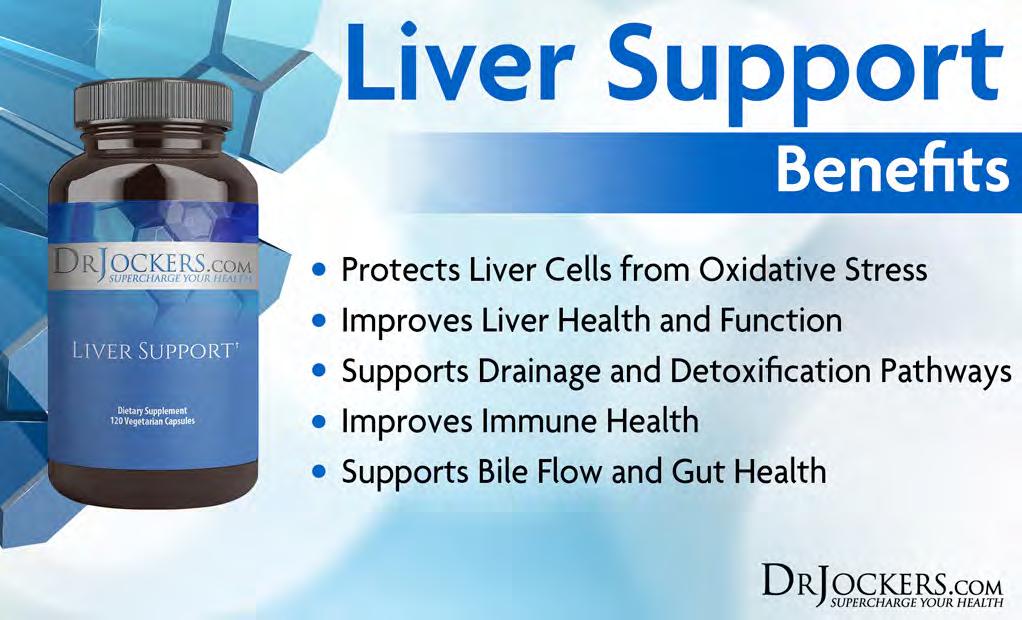

66
Advanced TUDCA
Advanced TUDCA is a bioactive carbon product that is designed to promote healthy bile production and assist in drainage and provide immune support throughout the kidney and liver. This blend of tauroursodeoxycholic acid (TUDCA), bioactive carbons in fulvic acid, melatonin and N-acetyl cysteine (NAC), which is designed to support the kidneys and liver bile duct system as the body performs its natural detoxification processes.
I recommend this product to help improve liver, gut and kidney health, support bile flow and improve mitochondrial health. It also helps to support the immune system and drainage pathways in your body. For the best results, take one capsule, two times a day.
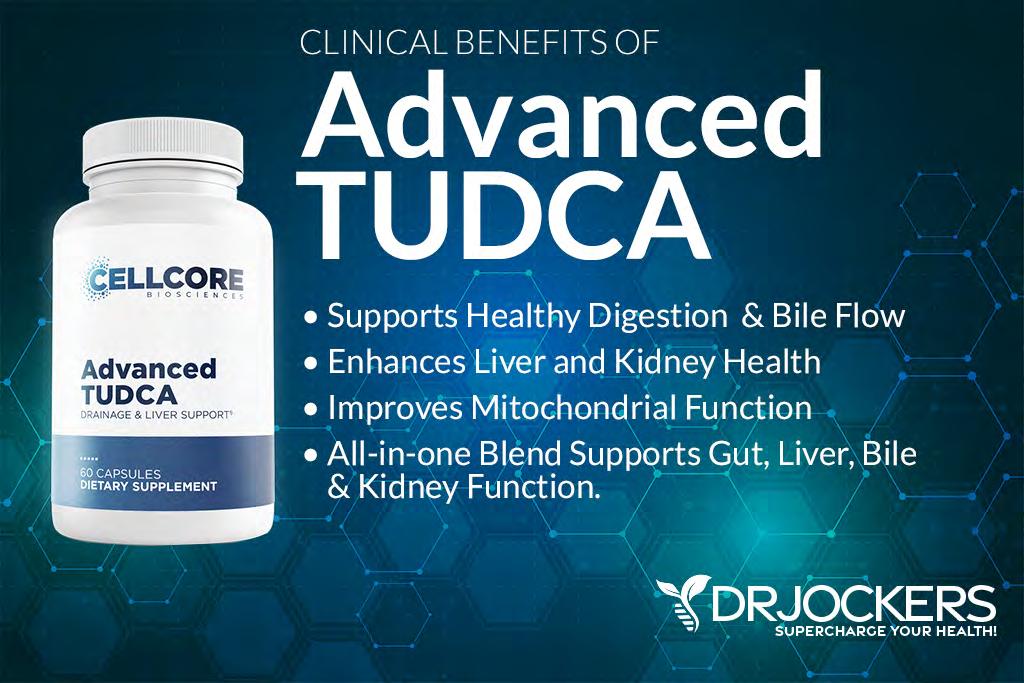

67
Bile Flow Support
Bile Flow Support™ is a liver support formula that provides your body with nutrients involved in bile flow and fat metabolism, including the bile salts choline, taurine, and methionine. The bitter herbs dandelion and celandine are added to allow optimal bile flow and healthy liver function.
With the addition of guggul extract and inositol hexanicotinate, it supports healthy blood lipid levels already within the normal range. Take two capsules twice daily after meals for optimal benefits.
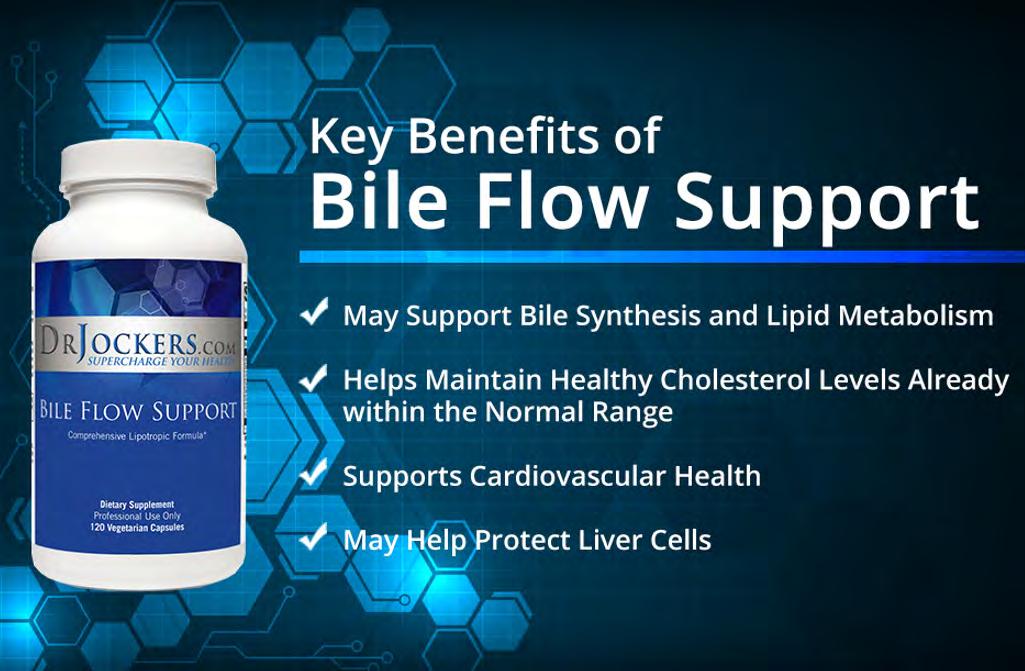

68
Bile Sludge Binder
I recommend using activated charcoal and other binders such as zeolite clay, pectin, silica and humic acids to support your liver and gallbladder. Activated charcoal is one of the world’s oldest detoxifying remedies with a history going back over 3000 years and has been used in Chinese Medicine, Ayurvedic medicine and western medicine.
It is a fantastic absorbent agent that binds and eliminates toxic bile and toxic substances.Use it when consuming food of unknown quality, eating out at restaurants, or drinking alcohol, or feeling moody or suddenly tired.
I recommend taking charcoal away from other supplements or medications (at least an hour or two) so that it doesn’t interfere with the absorption of the active ingredients in the supplement or medication.
GI Detox is a combination binder that includes zeolite, activated charcoal, aloe vera, apple pectin, silica and humic acid. This product is designed to bind to bile sludge, mycotoxins, microbial toxins and environmental toxins.
If you have struggled with gas, bloating, poor liver and gut health and bile sludge then this supplement may be very helpful for you. Take 2 capsules one hour before your first meal and 2 capsules 1 hour before your last meal.


69
Biliary Sludge Protocol
If you have been diagnosed with biliary sludge or simply want to optimize your bile flow and support your liver and gallbladder, the Biliary Sludge Protocol may be beneficial for your goals. This protocol is created to stimulate bile flow while binding up and eliminating toxins without side effects.
While following this protocol, it is particularly critical that you hydrate well drinking a minimum of half of your body weight in ounces of water daily. Continue to follow a nutrient-dense diet with liver-, gallbladder-, and bile flow-supporting herbs you’ve just learned about in this article.
Follow this Biliary Sludge Protocol for 30 days:
Activated Coconut Charcoal: Take 2–4 capsules (around 500–1000 mg) about one hour before meals to help bind to the toxic biliary sludge. Do 2 capsules (around 500 mg) if you are under 125 lbs or have lots of trouble with constipation.
Bile Flow Support or Tudca Complete: Take 2 capsules twice a day after meals to help improve bile flow from liver and gallbladder.
CalMag Support: Take 1 scoop one to two hours after meals to help improve peristaltic action and bowel elimination. This is especially important if you have issues with constipation. These magnesium supplements also help your neurologic function, stress levels, energy levels, mood and brain health, bone and muscle health, blood sugar levels, and sleep patterns.


70
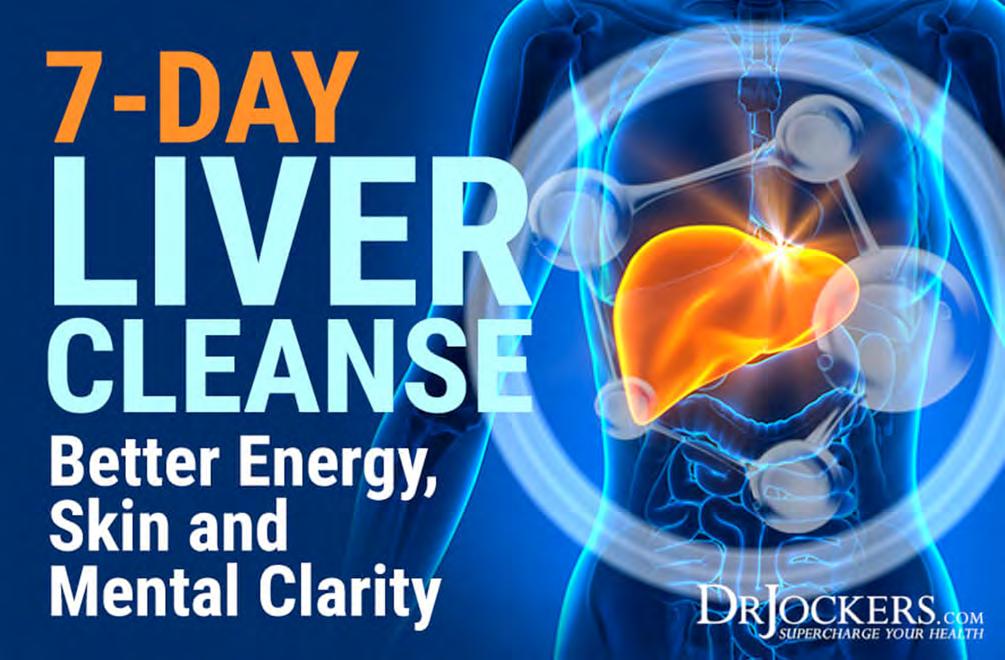
Chapter 6
Detox Systems of the Body
In our fast-paced modern world, we are exposed to all kinds of toxins. They are everywhere: in our cleaning, body, and beauty products; the non-organic food we eat; and the air we breathe. Let’s not forget about emotional toxicity, such as negative emotions, stress, and trauma. These emotional toxins are also taxing on our physical body.
Thankfully, our body is incredible. It has its own detox systems to protect us from the toxins we are exposed to.
Of course, this does not mean that you should overload your body with toxins. It is important to lower your toxic load as much as possible by eating organic healthy food, living a healthy lifestyle, avoiding chemicals, lowering stress, and spending time in nature. It is also important to support your body through detoxes and cleanses. We will get to some powerful daily detoxifying strategies below.
First, though, let’s look at the detox systems of your body. They all play an essential role in detoxification and your overall health and well-being.

71

Your Colon
Your digestive system consists of your esophagus, stomach, intestines, and colon. They are all important players in your digestion and nutrient absorption. They help to filter out the nutrients you need and the toxins that may harm you.
The colon is the last step, and after this, under optimal conditions, your body releases toxins when you go to the bathroom. For good detoxification, you should be having 1 to 4 solid bowel movements daily.

72
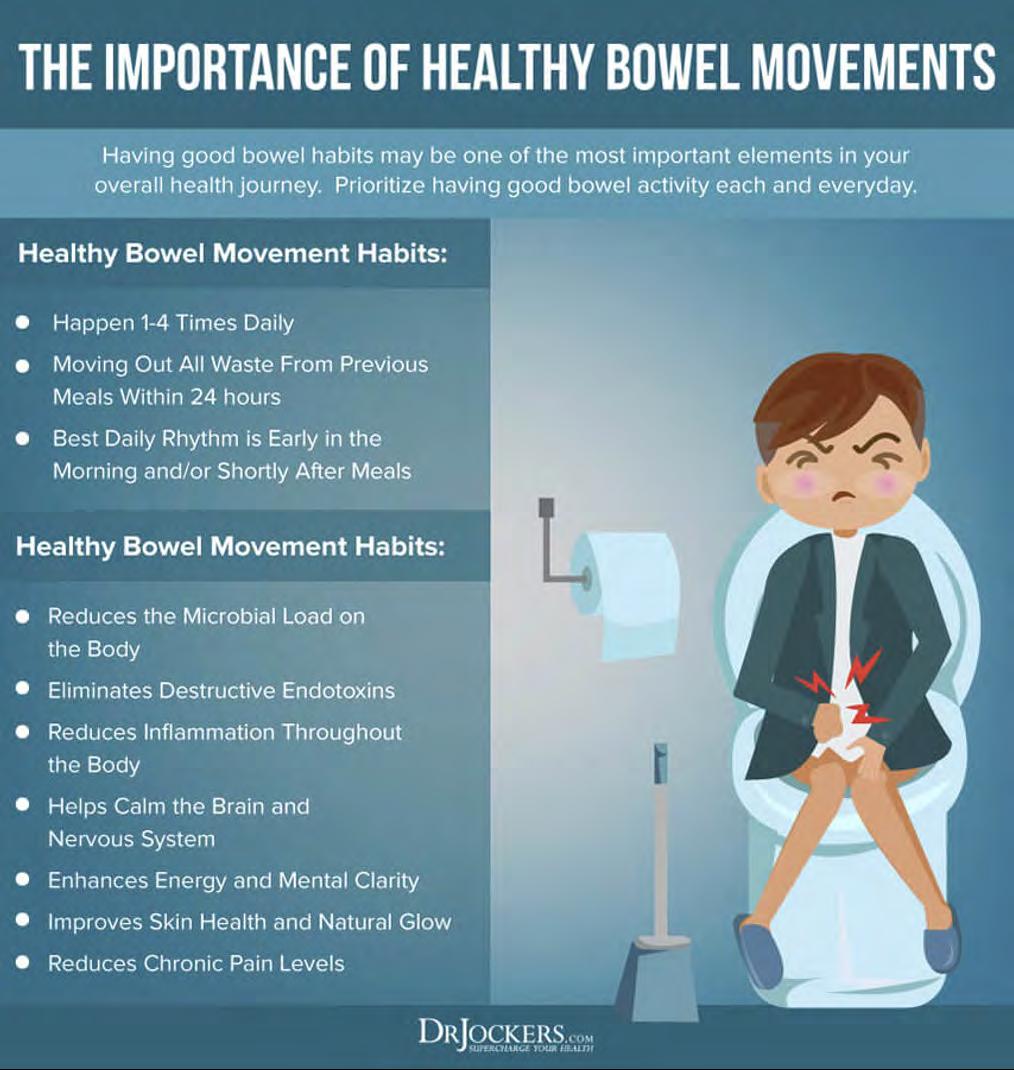
Your Liver
Your liver is your main detoxifying organ. Its main job is to filter out toxins from your blood and allow them to release through the detoxification process. In the next section, you will learn a lot more about the functions of your liver and how to support it through a 7-day liver cleanse.

73
Your Kidneys
Your kidneys are two bean-shaped organs on either side of your lower spine. They help your body to filter out toxins from your blood and release them through urine. They also help your body to maintain a healthy pH balance.
Your Lungs
Your lungs are spongy, air-filled organs located in your chest area. They take care of all the pollutants you inhale and help you detoxify through outgoing breaths. Deep breathing exercises are an important tool for emotional detox and lowering stress.
Your Skin
Your skin is your largest organ. Every single pore on your skin helps toxins to release from your body. Unfortunately, these pores also allow toxins to enter the body.
This is why it’s so important to lower your toxic burden by eliminating conventional, chemicalladen personal care products and opting for organic, natural, and DIY alternatives.


74
Intermittent Fasting On The Liver Cleanse
Intermittent fasting is a fantastic way to aid your digestion, optimize your health, and support detoxification. I recommend practicing intermittent fasting on a regular basis.
When it comes to detoxifying your liver, I recommend that you combine your cleansing strategies with a liver cleanse. A 7-day liver cleanse combined with a 16:8 intermittent fasting approach may make a tremendous difference in your overall health and well-being.
The 16:8 approach means that you are fasting for 16 hours a day and have an 8-hour eating window. For example, if you finish dinner at 6 pm, you won’t eat again until 10 am the next morning.
I recommend following the 16:8 intermittent approach during your 7-day liver cleanse. During your 8-hour eating window, you will be consuming 3 small liquid-based meals to cleanse your liver and support your health. For the rest of the day, you will be fasting for 16 hours. You can and should use ACV or lemon/lime in your water during your fasting window to help loosen up your bile ducts for an improved liver cleanse.
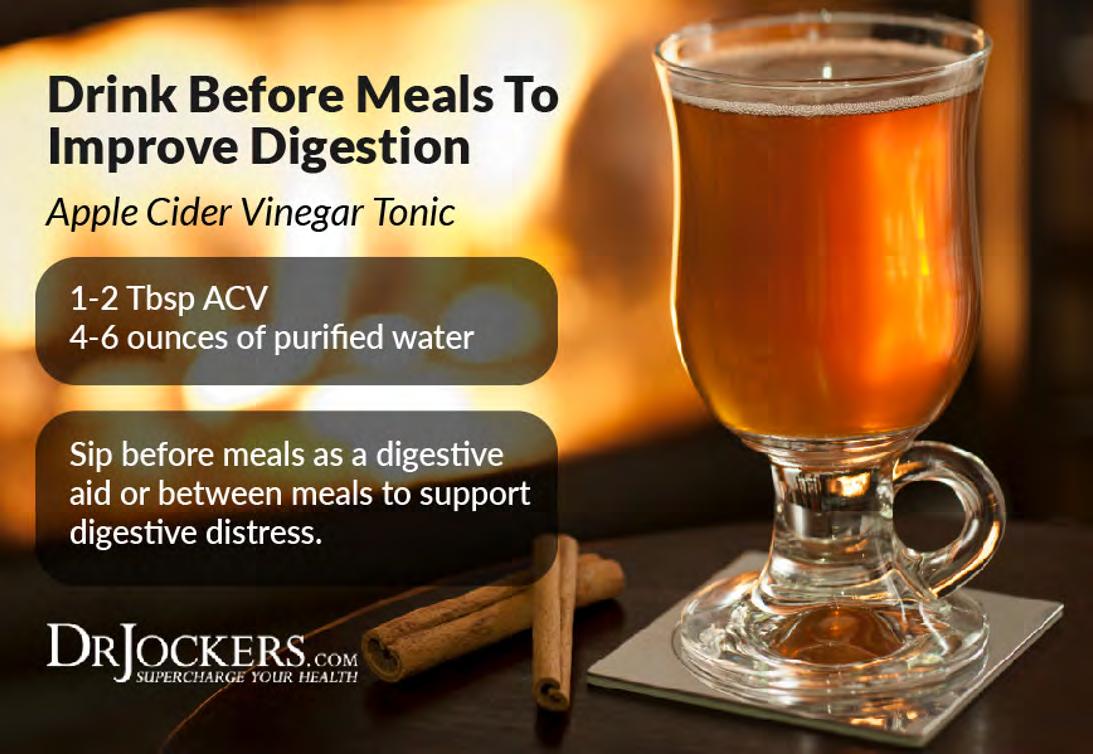

75
7-Day Liver Cleanse
During your 7-day liver cleanse, follow a 16:8 intermittent fasting strategy while consuming the following liquid meals during your eating window. Don’t worry, these liquid meals are incredibly nutritious and absolutely delicious. You will feel satisfied during the entire 7-day liver cleanse. This is a great strategy to do every quarter or once or twice a year depending upon your health goals.
Morning
Each morning of your 7-day liver cleanses, drink 32 oz of lemon/lime water or apple cider vinegar water within the first 3 hours of waking, followed by 1–2 cups of a specific liver detox tea. Dandy Liver Detox Tea is specifically created to support liver cleansing with the help of dandelions.
1st Meal
For the first meal of your day, enjoy a delicious gut-healing smoothie.
Liver Cleanse Smoothie
1–2 cups unsweetened coconut milk
½–1 small avocado
2 scoops Gut Healing Protein: a protein powder created to support your digestion, detoxication, and antioxidant balance while supplying you with clean protein
½ cup organic berries (optional)
½ cup of green veggies or 1-2 scoops of greens powder (optional)
Directions:
Blend all ingredients together. Enjoy.

76
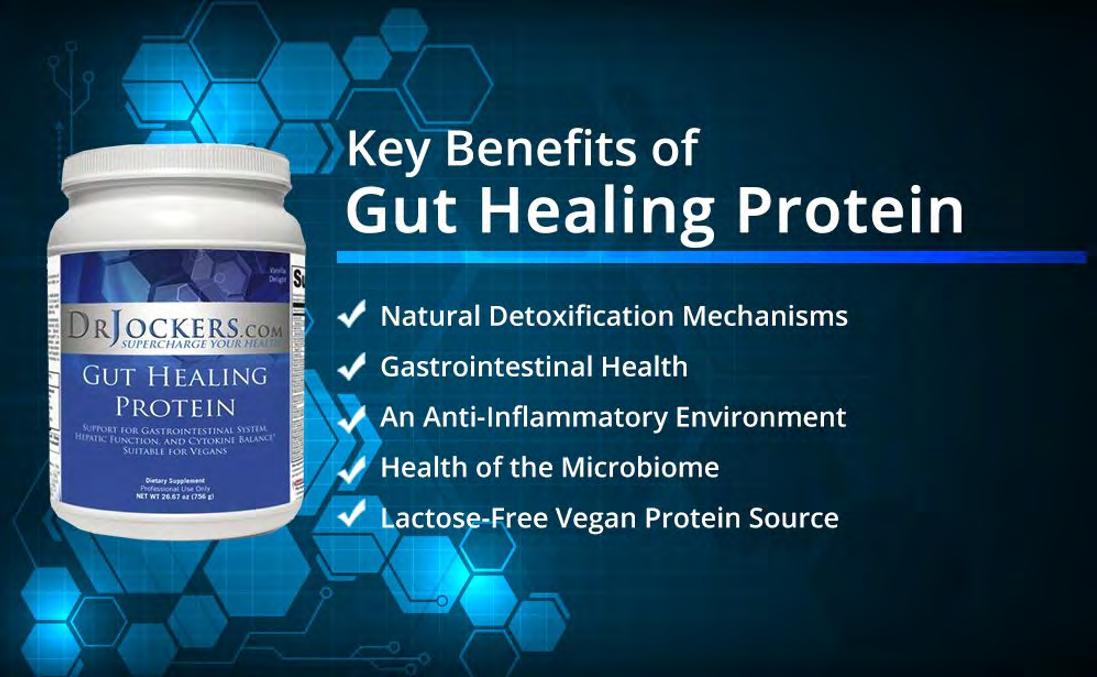
2nd Meal
For your second meal, enjoy another glass of the Liver Cleanse Smoothie using the same recipe you did for breakfast.
Dinner Meals
For dinner, choose one of the following delicious liver-supporting soups:
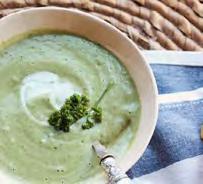
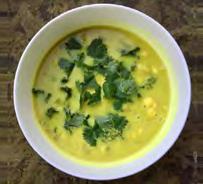
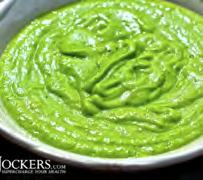
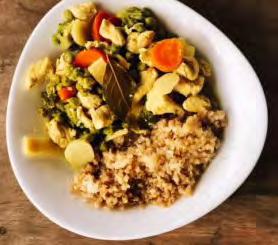

 Lemon Detox Soup Coconut Curry Soup Cucumber Avocado Soup
Lemon Detox Soup Coconut Curry Soup Cucumber Avocado Soup
77
Thai Ginger Coconut Soup with Cauliflower Rice Chicken Avocado Soup

Before Bed on The Liver Cleanse
Before bed, I recommend a cup of Dandy Liver Detox Tea or Nighty Night Tea if you have trouble sleeping. These herbal teas can help open up the drainage pathways, support proper detoxification, and promote quality sleep.
The Nighty Night tea is minty and sweet with a note of citrus and spice and is designed for a good night’s sleep. Good sleep is an important component of the detox process, so be sure to prioritize your sleep.

78
Optional Supplements to Support the Liver Cleanse
To further support your 7-day liver cleanse and detoxication, I recommend some optional supplements. Taking one or a few of these will help you get better results during your liver cleanse.
Bile Flow Support is a fantastic supplement for liver and digestive support. It is a specialized formula that provides liver support with nutrients involved in bile flow and fat metabolism, including choline, taurine, and methionine.
Normal Dosage: Take 2 capsules at the end of each meal
Advanced Dosage: Take 3–4 capsules at the end of each meal


79
Liver Support is a synergistic formula designed to support healthy liver function. It consists of a strong dose of milk thistle which is known to help regenerate liver cells, support healthy bile flow and optimize phase I and II liver detoxification.
There is also a blend of botanical and mushroom extracts, along with N-Acetyl-L-Cysteine (NAC), a derivative of the amino acid cysteine, which has powerful antioxidant and liverprotective actions. In addition to protecting the body from oxidative stress, NAC assists with the formation of glutathione, the predominant antioxidant found in the liver.
Normal Dosage: 2 caps – 2x daily with or without food
Advanced Dosage: 2 caps – 3x daily with or without food
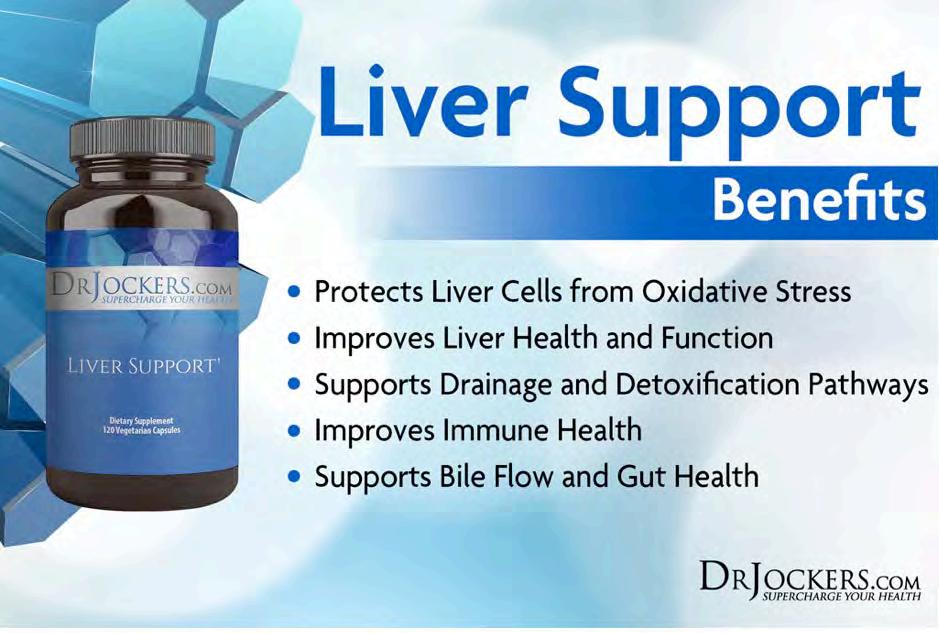

80
GI Detox is a combination of powerful binders that are designed to bind to bile sludge, mycotoxins, microbial toxins and environmental toxins. If you have struggled with gas, bloating, poor liver and gut health and bile sludge then this supplement may be very helpful for you. Take 2 capsules one hour before your first meal and 2 capsules 1 hour before your last meal.
Normal Dosage: Take 2 capsules – about 1–2 hours before your largest meal of the day
Advanced Dosage: Take 2–4 capsules – about 1–2 hours before 2–3 meals each day


81

Beat
Gallstones Naturally
Gallstones are crystalline formations of cholesterol and calcium formed within the gallbladder and biliary tracts. These stones can vary widely in size from as small as a grain of salt to nearly the size of a golf ball.
Gallstones are a sign of incomplete liver detoxification and pose a significant threat to the body (1). You can beat gallstones naturally with an anti-inflammatory diet and advanced cleansing strategies (2).
Problems occur when the gallbladder doesn’t effectively get the signal to squeeze out bile. This is a condition known as “biliary stasis,” where bile sits in the gallbladder for long periods of time and moves slowly when it finally gets going.
Additionally, if the gallbladder is filled with thick bile that has more cholesterol and less phospholipids and bile salts, it can become a supersaturated sludge. This sludge allows for the development of crystal-like compounds to form that precipitate out of the solution. These stones will develop in both the liver and the gallbladder and cause significant health issues. Chapter 7

82


83
How do Gallstones Develop?
Problems occur when the gallbladder doesn’t effectively get the signal to squeeze out bile. This is a condition known as stasis where bile sits in the gallbladder for long periods of time and moves slowly when it finally gets going.
Additionally, if the gallbladder is filled with thick bile that has more cholesterol and less phospholipids and bile salts, it can become a supersaturated sludge. This sludge allows for the development of crystal-like compounds to form that precipitate out of the solution (3).
We call these structures gallstones and they can irritate the gallbladder. If the stones become large enough, they may even lodge into the bile duct and cause a physical obstruction that would be extremely painful and possibly life threatening. Reports show that 25% of women and 20% of men develop problems with an overproduction of gallstones (4).


84
Gallstones and Gallbladder Surgeries:
Research shows that 42 million Americans suffer from gallstones but most are unaware of it. Gallbladder removals are one of the most commonly performed surgical procedures with over 500,000 being performed every year. A review study in the British Medical Journal found that 50% of patients who had a gallbladder surgery didn’t see improvement in their digestive health complaints (5).
The individual may experience sharp pain in their abdomen, radiating into their back. Sometimes it just feels like right shoulder blade pain. This may be accompanied by gas and indigestion. If gallstones block the bile duct, the risk of infection go up. If the individual has the pain but is also experiencing fever, chills, nausea and vomiting than an infection has most likely begun. If nothing is done, it can spread to the liver where it can cause jaundice, or a yellowing of the skin and the eyes.
Another condition, called gallbladder ileus happens when a gallstone slips into the small intestine and blocks the entry of bile to the small intestine. This can only be corrected by surgery, but nutritional support should still be used.
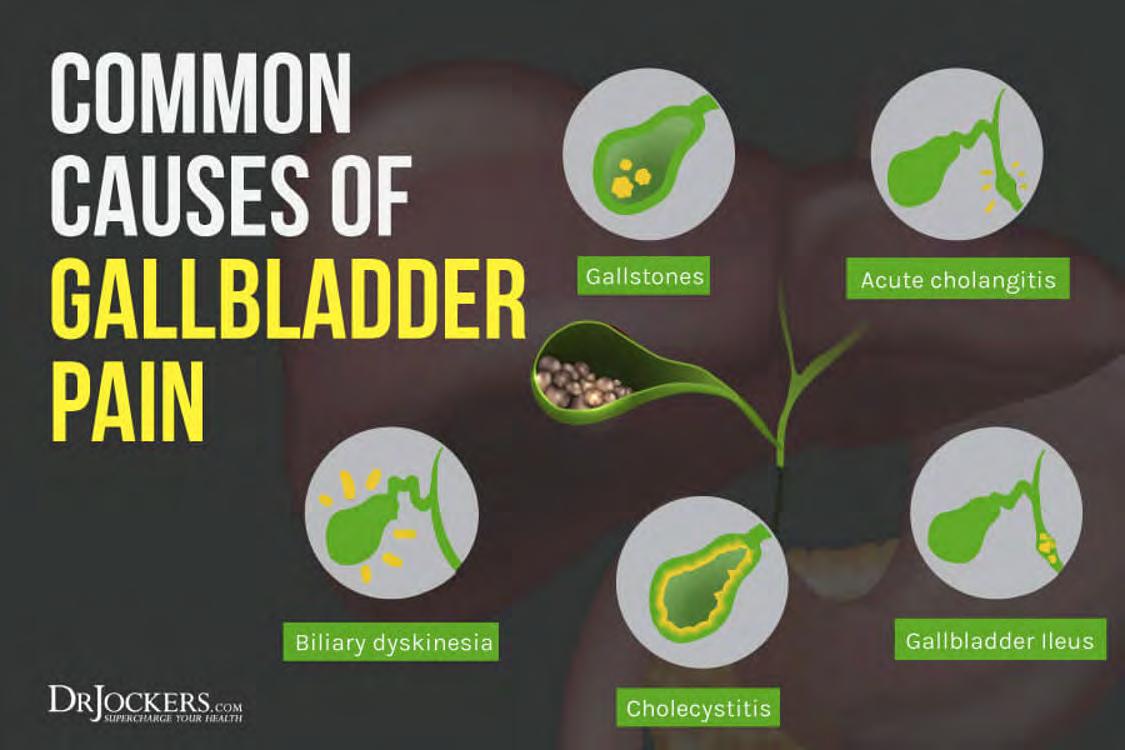

85
11 Major Causes of Gallstones:
1. Blood Sugar Imbalances: When we have poor blood sugar regulation, it causes stress and inflammation in the liver increases the production of cholesterol which concentrates in the bile. This causes a thicker, slower moving bile.
Poor blood sugar regulation will lead to higher LDL cholesterol, higher triglyceride levels and lower HDL cholesterol. This triad is not only a risk for heart disease, but also gallstones (6).
2. Estrogen Dominance: When we have an overabundance of natural estrogen production or a buildup of artificial estrogen substances within our body it leads to increases in cholesterol that create thicker, sluggish bile (7).
Women who have used birth control pills, hormone replacement therapy (HRT) or have an IUD are at a higher risk for gallstone formation (8). Several studies have shown that the use of HRT doubles or event triples the risk of developing gallbladder disease (9)
3. Food Allergies and Sensitivities: Food allergies and sensitivities cause a stress response in the body and cause the liver to work harder. Additionally, food sensitivities dehydrate us as our body uses water to deal with increased stress. This hampers proper bile production and leads to the development of a thicker, sluggish bile.
In 1968, Dr J.C. Breneman published a paper in the Journal Annals of Allergy (10). He was remarkably able to relieve the symptoms associated with gallstones in 100% of the subjects with a one week elimination diet. Once he added the foods back into the diet, the symptoms returned.
The most common foods these individuals were reacting too included eggs (93% of the time), pork (64%) and onion (52%). By removing these foods, people saw relief from their symptoms.
4.Chronic Stress: Chronic stress reduces digestive juice production and dehydrates the body. We also use key electrolytes at a higher rate under stress. This all leads to a thicker, sluggish bile production.

86

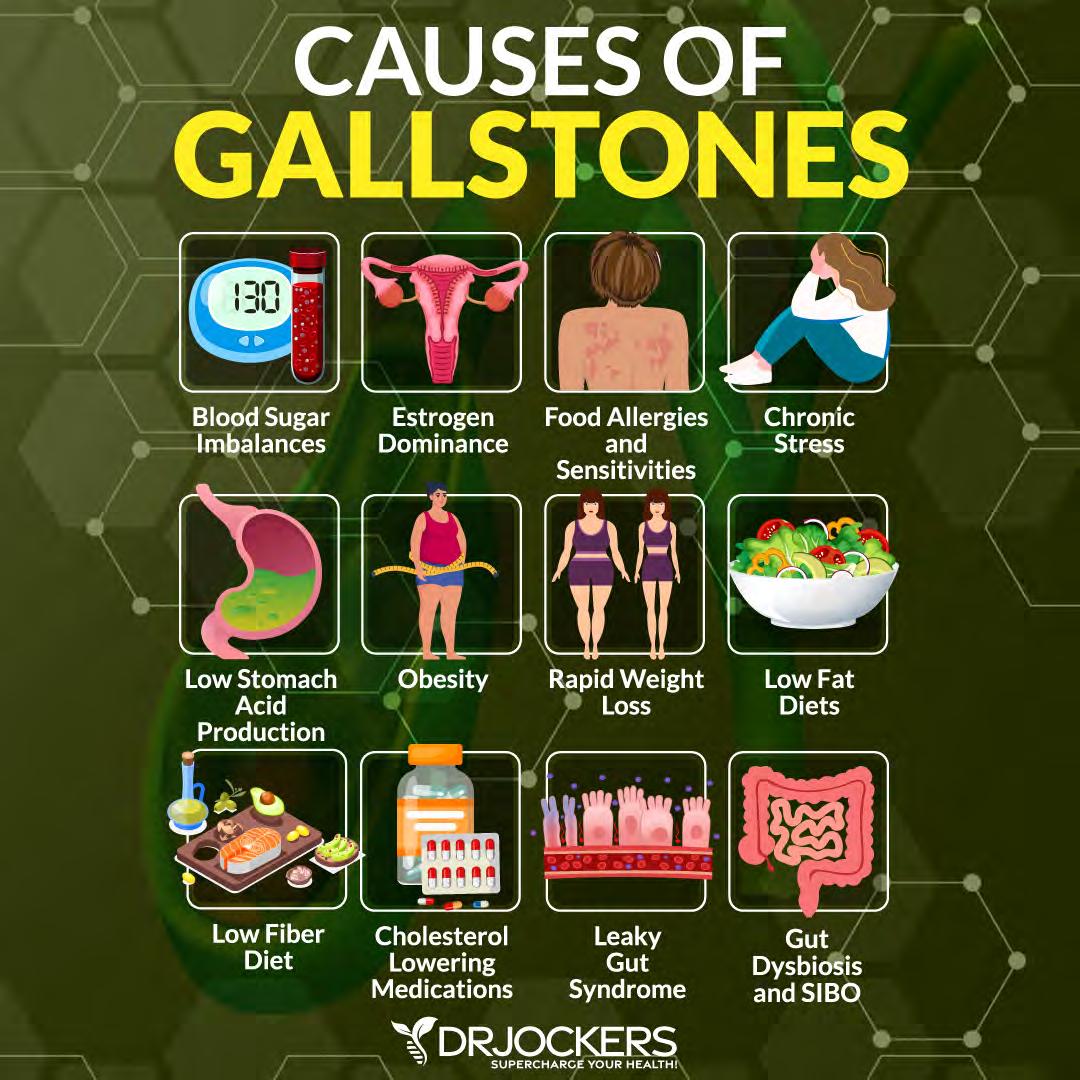
5. Low Fiber Diet: Fiber is critical for the elimination of cholesterol and estrogenic molecules in the body. Additionally, fiber helps to feed good bacteria that enhance the detoxification processes of the body. A low fiber diet has been shown to cause that same thick sluggish bile production.
6. Low Stomach Acid Production: Stomach acid is necessary to sterilize the gut environment, metabolize proteins and stimulating all the digestive juices – including bile production in the liver and its release from the gall bladder.
7. Obesity: Individuals who are overweight or obese produce more cholesterol which thickens the bile and causes sluggish movement through the bile duct. This process increases the production of gallstones.
8. Rapid Weight Loss: Weight loss in one who is overweight or obese is a great thing, however, if it happens too quickly it can increase the risk of gallstone formation. The most common example of this is a bariatric surgery where the individual’s stomach is shortened.

4.
87
Additionally, yo-yo dieting increases cholesterol production in the liver creating a super saturated, slow moving bile. Healthy weight loss would be no more than 3 lbs. per week over a period of time. Getting the weight off is key, but doing it in a gradual way and keeping it off longterm is important.
9.Low Fat Diets: A low-fat diet for a long-period of time reduces the overall secretions of bile, which can cause the bile to become stagnant. The stagnancy of the bile increases the risk of bile stone production.
10.Cholesterol Lowering Medications: Certain types of cholesterol lowering medications increase the amount of cholesterol being bound into the bile. This will cause more concentrated bile that is sluggish and at greater risk for forming stones (11).
11.Leaky Gut Syndrome: When we have damage to the intestinal lining, it reduces CCK and secretin levels. This inhibits the ability of the gall bladder to contract effectively and can lead to biliary stasis.
It is important to remember that the environment (sluggish bile motility) that creates the production of gallstones has been causing issues with poor digestion and sterilization of the small intestine for many years before a stone would develop. It is important to focus on optimizing bile well in advance of developing gallstone like symptoms.
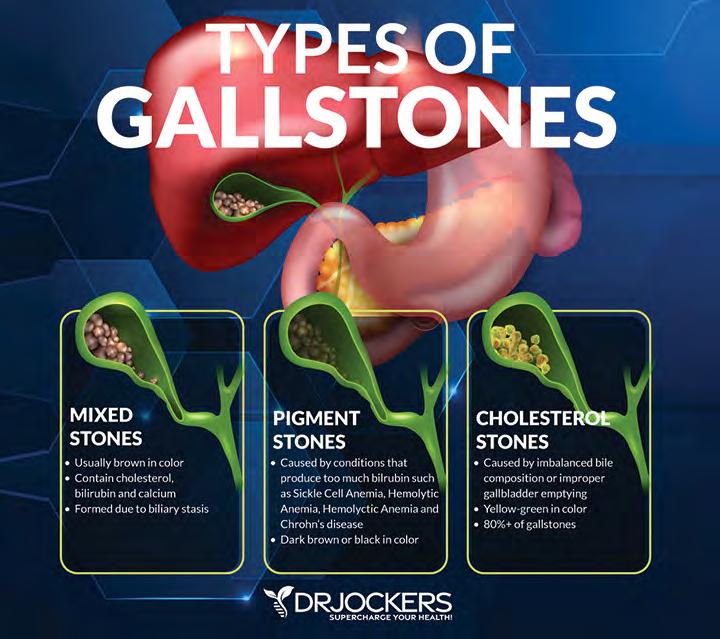

88
Organic Acids and Natural Enzymes:
An anti-inflammatory diet and lifestyle are necessary to inhibit gallstone formation. This diet consists of phytonutrient rich organic fruits & vegetables, grass-fed animal products and healthy fat sources such as avocados, coconut, grass-fed butter & olive oil. Be sure to consume these fats in small quantities at a time with ox bile and a high-quality digestive enzyme.
Foods that are rich in organic acids and natural enzymes are especially important for the entire digestive system including the liver and gall bladder. These foods include apple cider vinegar (ACV), fresh squeezed lemon/lime, kombucha, kimchi, & red cabbage sauerkraut.
Liver health is dependent upon a regular fasting cycle to effectively cleans and detoxify. A 12 hour fast between dinner and breakfast is a great daily habit. If one were to finish their final solid food meal at 8pm they should not attempt another solid food meal until at least 8am. This gives the body 4 hours to digest and metabolize the food and then 8 hours for the liver to cleanse.
The Intermittent Fasting Lifestyle:
Once you incorporate the 12-hour daily detox cycle into your lifestyle you can choose to increase this period of time. Two to three 16-hour liquid fasts each week and a 24 hour liquid or water fast will keep the liver well flushed.
These fasting periods are much easier than most people believe. Many individuals will drink fresh vegetable juices and functional beverages such as coconut water kefir made and water with lemon. The fluid and nutrients supplies the body with very clean energy that enhances the liver’s ability to purge toxins and facilities bowel movements.
Anyone with pronounced and symptomatic gall stones should go on a liquid diet with lots of water & lemon, ACV, coconut water kefir and fresh organic vegetable juices. Try to limit solid food to one meal per day with very moderate portions of anti-inflammatory foods.

89
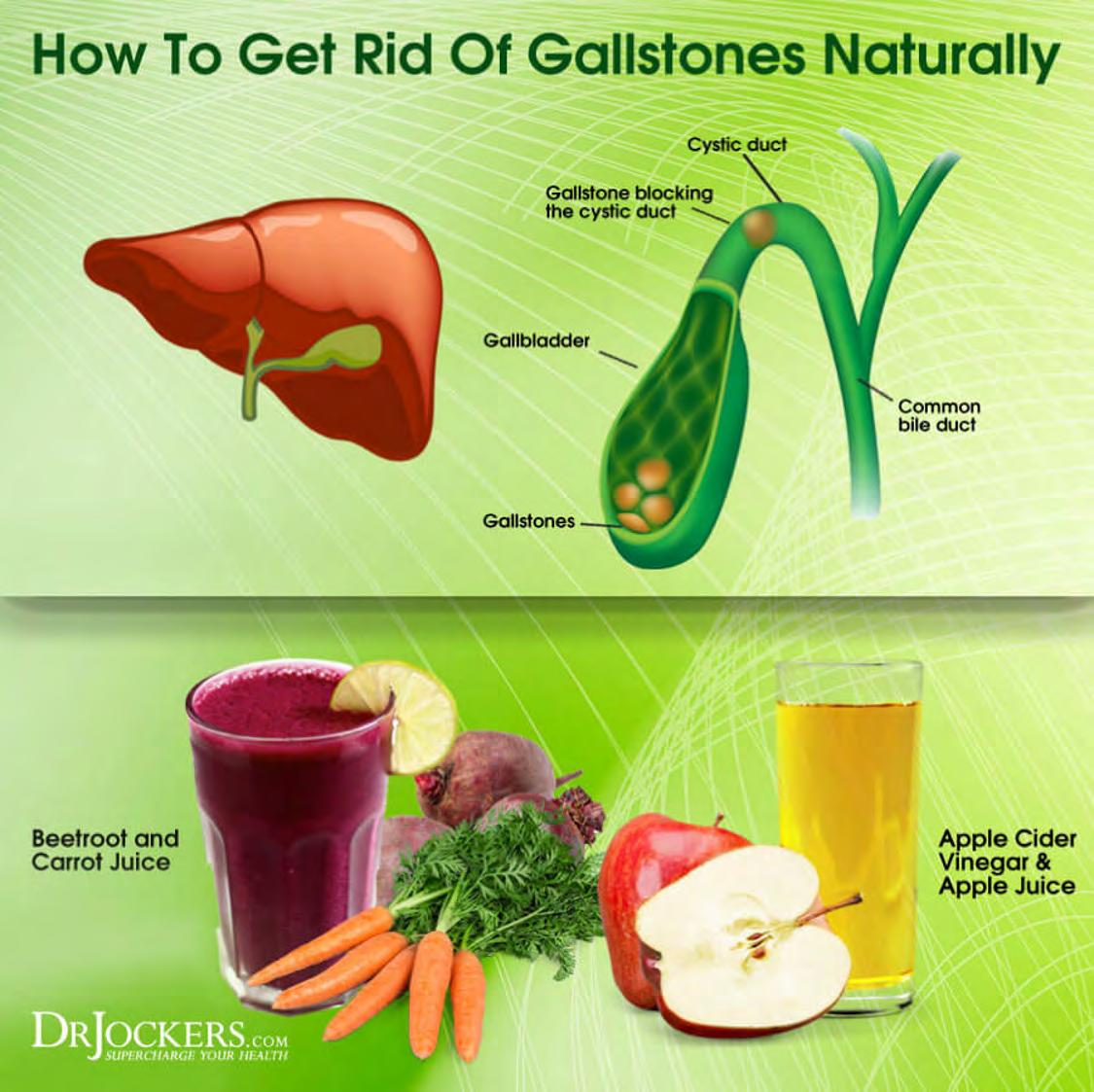
10 Tips to Help Reduce Gallstones
1. Lemon Water: Drink 8-16 oz of clean water with lemon and/or apple cider vinegar (1-2 tbsp per 8oz) each morning upon arising.
2. Fix the Gut: Find out what is wrong with your digestive system through functional testing and work with a practitioner to fix the dysfunctions.
3. Super Hydrate: Drink at least 3/4 of your body weight in ounces of clean, purified water. You can add in antioxidant extracts and drink fermented beverages like coconut water kefir.

90
4.Fresh Vegetable Juices: Juicing fresh veggies such as kale, spinach, parsley, cilantro, watercress, bok choy, beets, carrots, mustard greens, cucumbers, celery, etc. is highly advised. The phytonutrients are highly bioavailable in fresh juice and they will help to cleanse the liver and gallbladder.
I recommend 16 oz daily. No more than 4-8 oz of it should be with beets and carrots due to the sugar. Be sure to get most of it from the greens, using bok choy, celery or cucumber as the main juicing base.
5.Practice Intermittent Fasting: Take stress off your digestive system by doing a water/green juice fast for 16-20 hrs. each day. Consume only 2 meals and make one of those a protein shake and one can (doesn’t have to be) a solid food meal such as a homemade chicken soup or highquality meat with steamed veggies and a big salad with good fats.
6.Use Lots of Anti-Inflammatory Herbs: Look for ways to get more ginger, turmeric, oregano, garlic, basil, thyme, milk thistle, stinging nettle, peppermint, etc. into your system. You can add dried or fresh herbs to your meals. You can use organic herbal teas and apply essential oils among other things.
7.Fermented Foods: Consuming small amounts of fermented foods can be very therapeutic for the liver and gall bladder. This includes kimchi, sauerkraut, coconut milk kefir, apple cider vinegar, natural pickles, coconut yogurt and coconut water kefir.
8.Coffee Enemas: This is not the most pleasant but perhaps the most powerful way to help detoxify your liver and gallbladder.
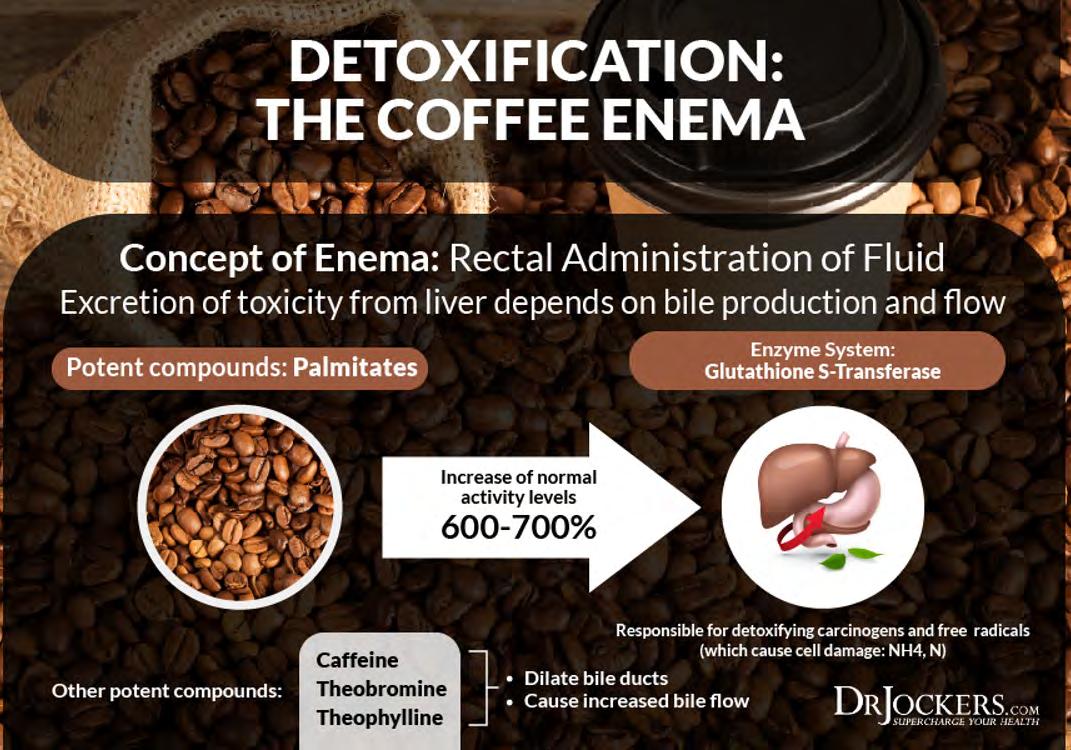

91
9.Use Healthy Fiber Sources: Fiber helps to grab up toxins in the digestive system and feeds the microbiota. Be sure to get over 30 grams of fiber daily through non-starchy veggies and good seeds like chia, flax, pumpkin and hemp seeds.
Nuts and fermented vegetables are also a great source of healthy fiber. Be sure to only take in moderate amounts of nuts and seeds (2 oz at a time max – small handful) to reduce stress on the liver and gallbladder.
10.Use a Good Liver Detoxifying Supplement: The Gut Healing Protein is my go to detoxification product for my clients. This is not a harsh colon cleanse that leaves you on the toilet all day, but instead it promotes a gentle and comfortable detoxification process that will not interfere with your daily life.
The nice thing is that it is also a protein powder…simple to add to smoothies and it works! Within days most people notice they have improved energy, less pain, mental clarity, improved complexion and they sleep deeper. I have seen fantastic health results both personally and professionally using this product.
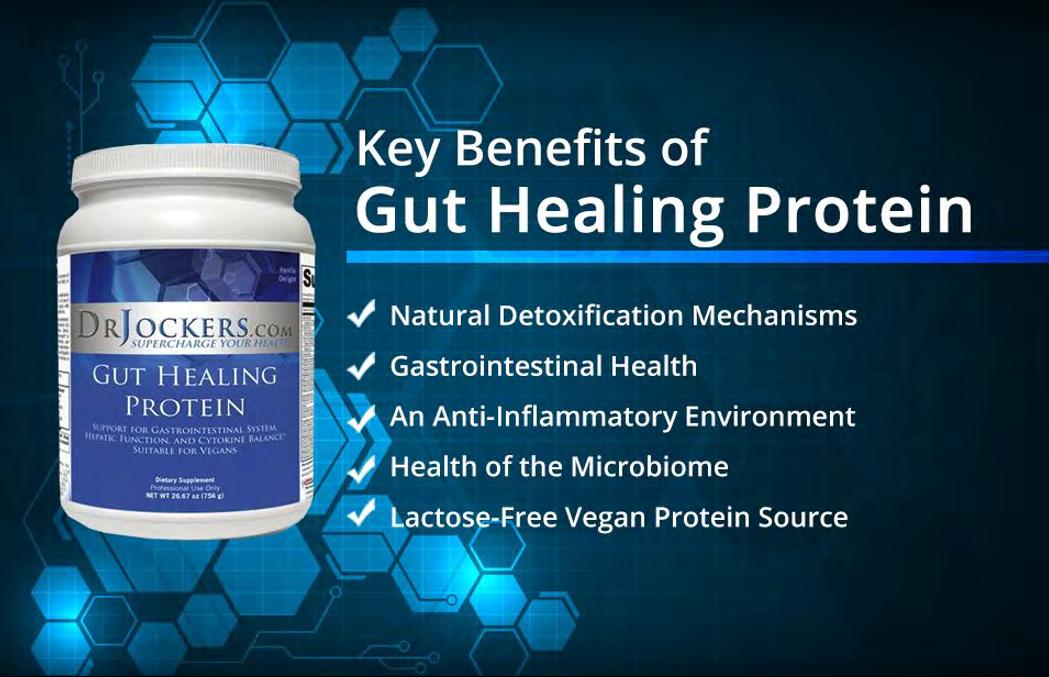

92
Flushing Out Gallstones
This is a great cleanse and one of the best ways to flush out gallstones. Be sure to get medical help if you are dealing with intense pain and any feverish type of symptoms. If you decide to do this cleanse, be sure to have guidance with a natural health practitioner familiar with the protocol.
I would recommend doing the 7-day liver cleanse beforehand in order to improve all the detoxification pathways and prepare your liver. You want your kidneys, bladder and urinary tract in top working condition so they can efficiently remove any undesirable substances incidentally absorbed from the intestine as the bile is being excreted. This will also soften the bile duct to help it relax, so when we do stimulate contractions it will have the best chance to expel the stones.
Then I would do a 3-day green juice cleanse where you do 3-5 of these green drinks daily. You can add a bit of pink salt to the juice or your water, especially if feeling dehydrated and light headed going through the process.
You can also drink beet-carrot juice (8oz daily) and apple cider vinegar and water – 2 tbsps. per 8oz throughout the day.
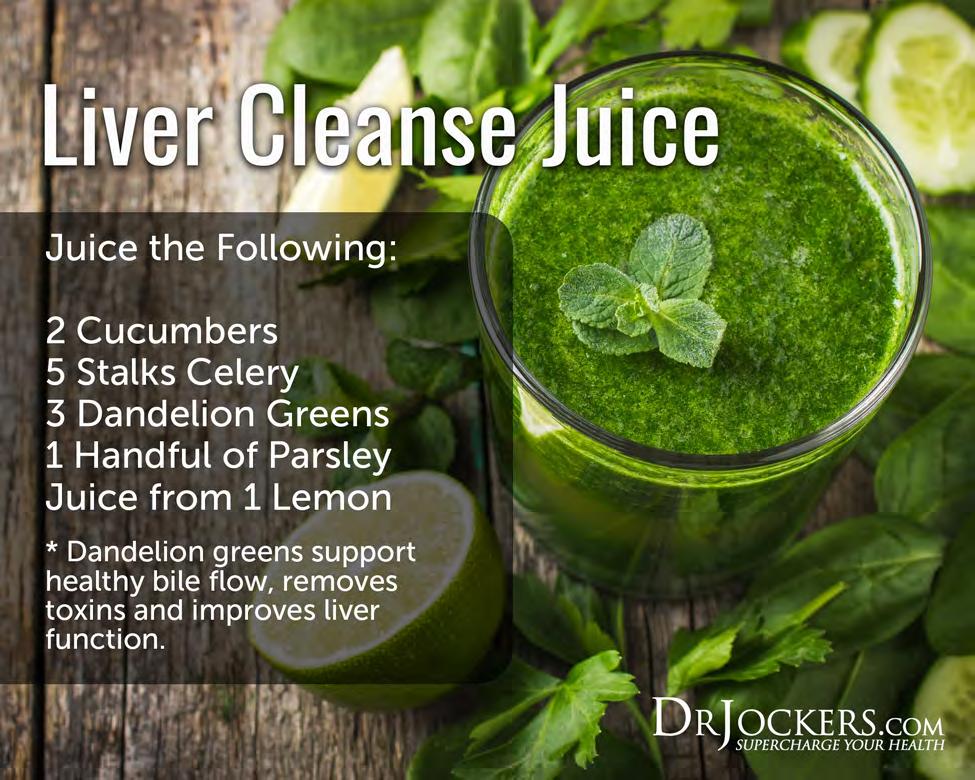

93
I would also recommend Traditional Medicinals – Smooth Move Tea to help with bowel movements and Nighty Night tea to help you get good sleep which is key for healing and detoxifying.
I also recommend doing Bile Flow Support and Activated Charcoal to help during this process. Do 2 caps with each meal or green juices of the Bile Flow Support and 2 caps – 2x daily (away from meals or green juices) of the Activated Charcoal. I usually recommend the charcoal about 1 hour before meals.
You can do these supplements on the days leading up to the Liver cleanse and while doing the 3-day green juice cleanse.


94
GallBladder Flush Ingredients:
4 Tbsps of Epsom Salts
1/2 Cup of Extra Virgin Olive oil
1 large or 2 small pink grapefruits (enough to squeeze 3/4 cup of juice) or you can do fresh squeezed lemons or an organic lemon juice concentrate to make it easier.
Bile Flow Support: This is optional but can help you get a better bile release, take 4 caps after the olive oil mixture. I also recommend taking it for several weeks after you do this cleanse to support your bile flow. Simply do 1-2 caps after each meal.
Pint Jar with lid
Choose a day like Saturday for the cleanse, since you will be able to rest the next day.
Take no medicines or pills that you can do without; they could prevent success.


95
2:00 p.m. on the Day of The
Cleanse:
Do not eat or drink after 2 o’clock. If you break this rule you could feel quite ill later.
Get your Epsom salts ready. Mix 4 tbs. In 3 cups or 24 oz of water and pour this into a jar. This makes four servings, ¾ cup (6 oz) each. Set the jar in the refrigerator to get ice cold (this is for convenience and taste only).
6:00 p.m.
Drink one serving (3/4 cup or 6 oz) of the ice cold Epsom salts. If you did not prepare this ahead of time, mix 1 tbs. in ¾ cup water now. You can add 1 tsp of fresh or concentrated lemon juice to improve the flavor. You may also drink a few mouthfuls of water afterwards or rinse your mouth. Get the olive oil and grapefruit out to warm up.
8:00 p.m.
Repeat by drinking another ¾ cup of Epsom salts.
You haven’t eaten since two o’clock, but you won’t feel hungry. Get your bedtime chores done. The timing is critical for success, don’t be more than 10 minutes early or late.
9:45 p.m.
Pour ½ cup (measured) olive oil into the pint jar. Squeeze the grapefruit by hand into the measuring cup. Remove pulp with fork. You should have at least ½ cup, more (up to ¾ cup) is best. You may top it up with lemonade (lemon/water/stevia). Add this to the olive oil. Close the jar tightly with the lid and shake hard until watery (only fresh grapefruit juice does this).
Visit the bathroom one or more times, even if it makes you late for your ten o’clock drink. Don’t be more than 15 minutes late.

96
10:00 p.m.
Drink the potion you have made and take 4 bile flow support right after finishing the drink if you are using these. The bile flow support is not necessary but can help you get even more stones out.
Lie Down Immediately:
You might fail to get stones out if you don’t. The sooner you lie down, the more stones you will get out. Be ready for bed ahead of time. Don’t clean up the kitchen. As soon as the drink is down, walk to your bed and lie down on your back with your head up high on a pillow.
Try to think about what is happening in the liver. Try to keep perfectly still for at least 20 minutes. You may feel a train of stones traveling along the bile ducts like marbles. There is no pain because the bile ducts valves are open (thank you Epsom salts!). Go to sleep, you may fail to get stones out if you don’t.
Next Morning:
Upon awakening, take your third dose of Epsom salts. If you have indigestion or nausea, wait until it is gone before drinking the Epsom salts. You may go back to bed. Don’t take the Epsom salts before 6:00 a.m.
2 Hours Later:
Take your fourth (the last) dose of Epsom salts. Drink ¾ cup of the mixture. You may go back to bed.
After 2 more hours you may eat.
Start with fruit juice. Half an hour later eat fruit. One hour later you may eat regular food, but keep it light. By supper you should feel recovered.

97
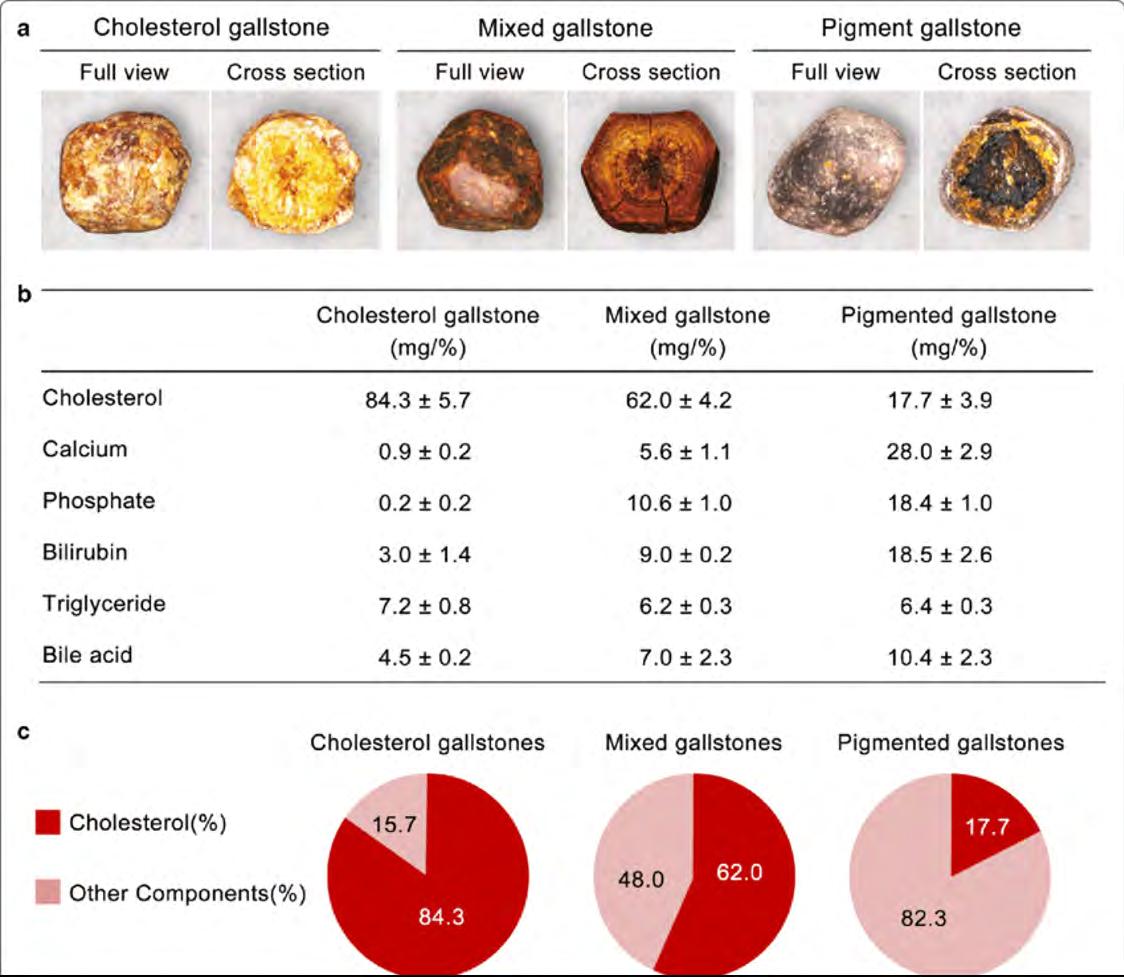
How Well Did You Do?
Expect diarrhea in the morning. Use a flashlight to look for gallstones in the toilet with the bowel movement. Look for the green kind, since this if proof that they are genuine gallstones, not food residue. Only bile from the liver is pea green. The bowel movement sinks, but gallstones float because of the cholesterol inside.
Count them all roughly, whether tan or green. You will need to total 2000 stones before the liver is clean enough to rid you of allergies or bursitis or upper back pain permanently. The first cleanse may rid you of them for a few days, but as the stones from the rear travel forward, they give you the same symptoms again. You may repeat cleanses at two-week intervals. Never cleanse when you are ill.
Sometimes the bile ducts are full of cholesterol crystals that did not form into round

98
stones. They appear as a “chaff” floating on top of the toilet bowl water. It may be tan colored, harboring millions of tiny white crystals. Cleansing this chaff is just as important as purging stones.
How safe is the gallbladder cleanse? It is very safe. According to renowned physician, Huda Clark, who has implemented this with over 500 cases, including many persons in their seventies and eighties. None went to the hospital; none even reported pain. However, it can make you feel quite ill for one or two days.
Sources for this Article Include:
Chapter 1: The Liver Health Nutrition Plan
1. NCBI How Does the Liver Work? Link Here
2. Pathiratne A, Puyear RL, Brammer JD. A comparative study of the effects of benzene, toluene, and xylenes on their in vitro metabolism and drug-metabolizing enzymes in rat liver. Toxicol Appl Pharmacol. 1986 Feb;82(2):272-80. PMID: 3080823
3. Adams DH, Hubscher SG. Systemic Viral Infections and Collateral Damage in the Liver. The American Journal of Pathology. 2006;168(4):1057-1059.
4. Majumdar SK, Shaw GK, O’Gorman P, Aps EJ, Offerman EL, Thomson AD. Blood vitamin status (B1, B2, B6, folic acid and B12) in patients with alcoholic liver disease. Int J Vitam Nutr Res. 1982;52(3):266-71. PMID: 7174224
5. Impact of mycotoxins on humans and animals Science Direct Link Here
6. Ioannides C. Effect of diet and nutrition on the expression of cytochromes P450. Xenobiotica. 1999 Feb;29(2):109-54. PMID: 10199591
7. Additional Aspects of the Detoxification Process Link Here
Chapter 2: What Is Fatty Liver Disease?
1. How does the liver work? PubMed Health, 2016 Aug.; Link here
2. The skinny on fatty liver disease. Harvard Health Publishing, Harvard Medical School, 2018 Jan.; Link here
3. Nobili V, Alisi A, et al., Comparison of the Phenotype and Approach to Pediatric Versus Adult Patients with Nonalcoholic Fatty Liver Disease, Gastroenterology, 2016 Jun; 150(8): 1798-1810; PMID: 4887388
4. Definition & Facts of NAFLD & NASH. NIH: National Institute of Diabetes and Digestive and Kidney Diseases; Link here
5. Farrell GC, Larter CZ, Nonalcoholic fatty liver disease: from steatosis to cirrhosis. 2006 Feb; 43(2 Suppl 1): S99-S112; PMID: 16447287
6. Jensen T, Abdelmalek MF, et al., Fructose and sugar: A major mediator of non-alcoholic fatty liver disease. 2018 May; 68(5): 1063-1075; PMID: 29408694

99
7. Fabbrini E, Sullivan S, Klein S, Obesity and nonalcoholic fatty liver disease: biochemical, metabolic, and clinical implications. 2010 Feb; 51(2): 679-89; PMID: 20041406
Chapter 4: 12 Strategies to Heal Fatty Liver Disease Naturally
1. Tendler, et. al. The effects of a low-carbohydrate, ketogenic diet on a nonalcoholic fatty liver disease: a piloty study. Dig Dis Sci. 2007 Feb; 52(2): 589-93. PMID: 17219068
2.Tolman K, Dalpiaz A, Treatment of non-alcoholic fatty liver disease, Ther Clin Risk Manag., 2007 Dec; 3(6): 11531163; PMID: 2387293
3. Patterson E, Wall R, et al., Health implications of high dietary omega-6 polyunsaturated Fatty acids. 2012 April, 539426; PMID: 22570770
4. Chen YJ, Wallig MA, Jeffery EH, Dietary Broccoli Lessens Development of Fatty Liver and Liver Cancer in Mice Given Diethylnitrosamine and Fed a Western or Control Diet., 2016 Mar;146(3):542-50; PMID:26865652
5. Robbins MG, Hauder J, Somoza V, et al., Induction of detoxification enzymes by feeding unbalanced Brussels sprouts containing active myrosinase to mice for 2 wk., 2010 Aug.,75(6):H190-9, PMID:20722931
6. Madrigal-Santillan E, Alvarez-Gonzalez I, et al, Review of natural products with hepatoprotective effects.2014 Oct 28; 20(40): 14787–14804; Link here
7. Gupta, V, Mah, X, et al., Oily fish, coffee and walnuts: Dietary treatment for nonalcoholic fatty liver disease. 2015 Oct; 21(37): 10621-10635; Link here
8. Morisco F, Lembo V, et al., Coffee and liver health. 2014 Nov-Dec., Suppl 1:S87-90; PMID: 25291138
9. Wadhawan M, Anand AC, Coffee and Liver Disease. 2016 March, 6(1):40-6; PMID: 27194895
10. Sakata, R, Nakamura T, et al., Green tea with high-density catechins improves liver function and fat infiltration in non-alcoholic fatty liver disease (NAFLD) patients: a double-blind, placebo-controlled study.2013 Nov;32(5):98994,PMID: 24065295
11. Ferrerira-Hermosillo, A, Torres-Suran, P, Hepatoprotective effects of Spirulina maxima in patients with nonalcoholic fatty liver disease: a case series; 2010 April, 4:103; PMID Link here
12. Kim S, Ha, K, et al., The effectiveness of fermented turmeric powder in subjects with elevated alanine transaminase levels: a randomized controlled study., 2013 Mar, 13:58; Lnik here
13. Zhong S, Fan Y, et al., The therapeutic effect of silymarin in the treatment of nonalcoholic fatty disease: A meta analysis (PRISMA) of randomized control trials. 2017 Dec;96(49): e9061; PMID: 29245314
14. Vere C, Streba C, et al., Psychosocial stress and liver disease status. World J Gastroenterol. 2009 Jun; 15(24): 2980-2986; PMID: 2702105
15. Liver/Gallbladder According to Five Element Theory, Traditional Chinese Medicine World Foundation; Link here
16. Mattson MP, Longo VD, Harvie M, Impact of intermittent fasting on health and disease processes. 2017 Oct, 39: 46-58; PMID: 27810402
17. How fasting helps fight fatty liver disease, Science Daily, 2016 May;Link here

100
Chapter 5: Top 15 Herbs To Support Bile Flow
1. Fasano A. Leaky gut and autoimmune diseases. Clin Rev Allergy Immunol. 2012;42(1):71-8. PMID: 22109896
2. NIH Human Microbiome Project (HMP) Roadmap Project (LINK)
3. Clarke S, Lund P, Sannasiddappa T. In Vitro Antibacterial Activity of Unconjugated and Conjugated Bile Salts on Staphylococcus aureus. Frontiers in Microbiology. 2017; 8: 1581. PMID: 28878747
4. Liu L, Zhu G. Gut-Brain Axis and Mood Disorder. Frontiers in psychiatry. 2018; 9:223. PMID: 29896129
5. Biragyn A, Ferrucci L. Gut dysbiosis: a potential link between increased cancer risk in ageing and inflammaging. The Lancet. Oncology. 2018; 19(6):e295-e304. PMID: 29893261
6. Wei J, Qiu de K, Ma X. Bile acids and insulin resistance: implications for treating nonalcoholic fatty liver disease. J Dig Dis. 2009 May;10(2):85-90. PMID: 19426389
7. Hylemon PB, Zhou H, Pandak WM, Ren S, Gil G, Dent P. Bile acids as regulatory molecules. J Lipid Res. 2009 Aug;50(8):1509-20. PMID: 19346331
8. Fuchs M. Non-Alcoholic Fatty Liver Disease: The Bile Acid-Activated Farnesoid X Receptor as an Emerging Treatment Target. Journal of Lipids. 2012;2012:934396.
9. Li Y, Jadhav K, Zhang Y. Bile acid receptors in non-alcoholic fatty liver disease. Biochem Pharmacol. 2013 Dec 1;86(11):1517-24. PMID: 23988487
10. 6 health benefits of apple cider vinegar, back by science. Healthline. Link Here
11. Gallbladder disease. Penn State Hershey. Link Here
12. Bolkent S, Yanardag R, Ozsoy-Sacan O, Karabulut-Bulan O. Effects of parsley (Petroselinum crispum) on the liver of diabetic rats: a morphological and biochemical study. Phytother Res. 2004 Dec;18(12):996-9. PMID: 15742348
13. Basic report: 11143 Celery, raw. USDA National Nutritional Database for Standard Reference Legacy Release. Link Here
14. El-Mageed, NMA. Hepatoprotective effect of feeding celery leaves mixed with chicory leaves and barley grains to hypercholesterolemic rats. Pharmacogn Mag. 2011 Apr-Jun; 7(26): 151–156. PMID: 21716923
15. What does cilantro do for the body? SFGate. Link Here
16. Saller R, Meier R, Brignoli R. The use of silymarin in the treatment of liver diseases. Drugs. 2001;61(14):2035-63. PMID: 11735632
17. Milk thistle: Benefits and side effects. WebMD. Link Here
18. Dandelion and digestion. SF Gate. Link Here
19. Prassad, S, Aggarwal, BB. Turmeric, the golder spice. Herbal Medicine: Biomolecular and Clinical Aspects. PMID: 22593922
20. Turmeric properties. US National Library of Medicine National Institutes of Health
21. Hanai, H, Iida, T, Takeuchi, K, Watanabe, F, Maruyama, Y, Andoh, A, Tsujikawa, T, Fujiyama, Y, Mitsuyama, K, Sata, M, Yamada, M, Iwaoka, Y, Kanke, K, Hiraishi, H, Hirayama, K, Arai, H, Yoshii, S, Uchijima, M, Nagata, T, Koide, Y. Curcumin maintenance therapy for ulcerative colitis: randomized, multicenter, double-blind, placebo-controlled trial. Clin Gastroenterol Hepatol. PMID: 17101300

101
22. Grzanna, R, Lindmark, L, Frondoza, CG. Ginger–an herbal medicinal product with broad anti-inflammatory actions. J Med Food. PMID: 16117603
23. Ginger root supplement reduced colon inflammation markers. American Association for Cancer Research
24. Ghasemian, M, Owlia, S, Owlia, MB. Review of anti-inflammatory herbal medicines. Adv Pharmacol Sci. PMID:27247570
Chapter 7: The Gallstone Flush
1. Shaffer EA. Gallstone disease: Epidemiology of gallbladder stone disease. Best Pract Res Clin Gastroenterol. 2006;20(6):981-96. PMID: 17127183
2. Gaby AR. Nutritional approaches to prevention and treatment of gallstones. Altern Med Rev. 2009 Sep;14(3):25867. PMID: 19803550
3. Szabó G, Jakab F, Mihály K, Szentirmai A. The retention of bile constituents in biliary stasis. Acta Hepatogastroenterol (Stuttg). 1976 Nov-Dec;23(6):415-22. PMID: 1007829
4. Stinton LM, Shaffer EA. Epidemiology of Gallbladder Disease: Cholelithiasis and Cancer. Gut and Liver. 2012;6(2):172-187
5. Bateson MC. Gallbladder disease. BMJ : British Medical Journal. 1999;318(7200):1745-1748
6. Tsai C-J, Leitzmann MF, Willett WC, Giovannucci EL. Dietary carbohydrates and glycaemic load and the incidence of symptomatic gall stone disease in men. Gut. 2005;54(6):823-828.
7. Dhiman RK, Sarkar PK, Sharma A, Vasishta K, Kohli KK, Gupta S, Suri S, Chawla Y. Alterations in gallbladder emptying and bile retention in the absence of changes in bile lithogenicity in postmenopausal women on hormone replacement therapy. Dig Dis Sci. 2004 Aug;49(7-8):1335-41. PMID: 15387365
8. Thijs C, Knipschild P. Oral contraceptives and the risk of gallbladder disease: a meta-analysis. American Journal of Public Health. 1993;83(8):1113-1120
9. Breneman JC. Allergy elimination diet as the most effective gallbladder diet. Ann Allergy. 1968 Feb;26(2):83-7. PMID: 5638514
10. Michielsen PP, Fierens H, Van Maercke YM. Drug-induced gallbladder disease. Incidence, aetiology and management. Drug Saf. 1992 Jan-Feb;7(1):32-45. PMID: 1536697

102
About Dr. David Jockers DNM, DC, MS
Dr. David Jockers is a doctor of natural medicine, a functional nutritionist and corrective care chiropractor. He runs one of the most popular natural health websites in DrJockers.com which has gotten over 1 million monthly visitors and his work has been seen on popular media such as the Dr Oz show and Hallmark Home and Family.
Dr Jockers is the author of the best-selling book “The Keto Metabolic Breakthrough” by Victory Belt publishing and “The Fasting Transformation.” He is a world-renowned expert in the area of ketosis, fasting and functional nutrition. He is also the host of the popular Dr Jockers Functional Nutrition podcast.
Dr Jockers lives in Canton, Georgia with his wife Angel and his twin boys David & Joshua and his daughters Joyful and Shine.



103































































































